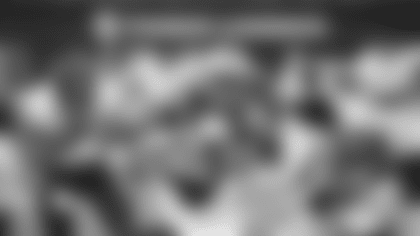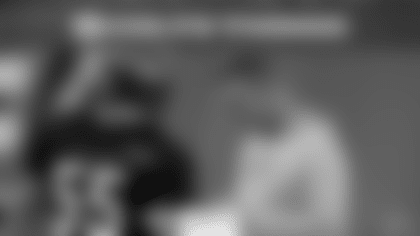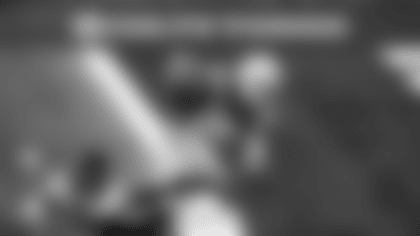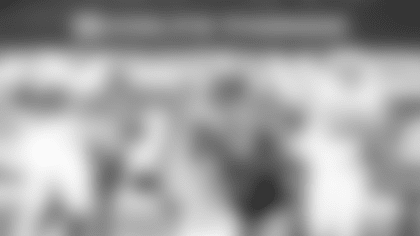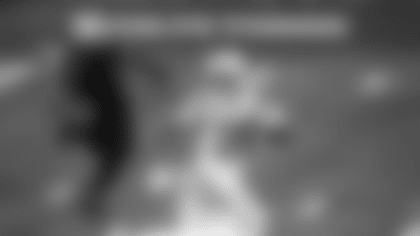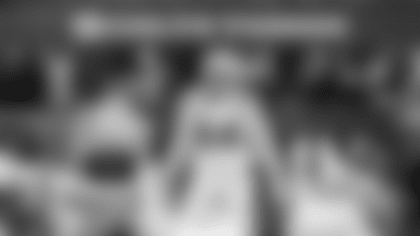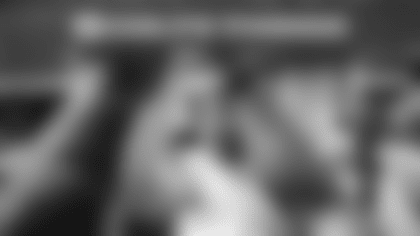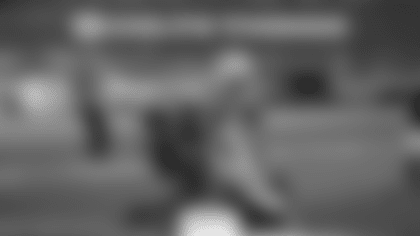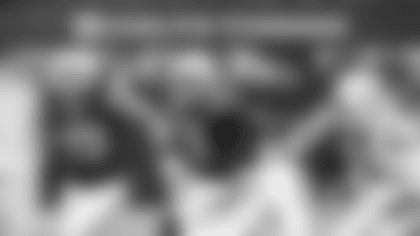1. Self-inflicted mistakes were the story.
From midway through the first quarter through early in the fourth quarter, the Colts' offense had eight possessions. Excluding a kneel down to end the first half, the Colts ran 44 plays and gained 290 yards on those drives, good for an average of 6.6 yards per play (for reference, the Buffalo Bills lead the NFL with an average of 6.6 yards per play this season).
Six of those seven drives got inside the Commanders' 30-yard line. One ended in a touchdown, three ended in field goals – from 46, 39 and 20 yards – and two ended in turnovers (fumbles lost by quarterback Sam Ehlinger and running back Jonathan Taylor).
"We walked the ball up and down the field," a frustrated Nyheim Hines said, "and it's like, we come up with 16 points."
For the Colts' offense, the issue was all about execution in those critical moments – moments that, if one more play turns into a touchdown, Washington doesn't have a chance to come back and win the game.
"We can't keep beating ourselves," Hines said. "Those guys get paid too but offensively we got to execute."
2. Sam Ehlinger showed potential and opportunities to grow.
Ehlinger averaged 8.7 yards per attempt in his first career start, completing 17 of 23 passes for 201 yards with no touchdowns and no interceptions. While he did lose a fumble while evading pressure, the operation of the offense looked mostly clean and he connected on a couple of aggressive throws to Alec Pierce and Nyheim Hines (plus one to Parris Campbell that drew pass interference).
More importantly, Ehlinger flashed his upside against a defense that, unlike in preseason games, wasn't holding anything back schematically.
"Now I know what it feels like to play in a regular season game," Ehlinger said. "I think there's a lot of potential for growth, which I'm excited about. And there's a lot things to clean up and things to do better and there's a lot of opportunities out there, and looking forward to continuing to grow and improve."
Reich and Ehlinger's teammates pointed to the second-year quarterback's poise and decision-making as positives, and the weapons around him made a handful of explosive plays either on deep shots or on quick throws/runs. Ehlinger and the Colts' offense came away feeling like there were things to build on – again, as long as those self-inflicted mistakes can get cleaned up.
"Did a great job with seeing stuff, killing stuff," Kelly said. "I thought we kept the game plan pretty simple, and we went out there and executed it. We just shot ourselves in the foot too many times."
The Colts take on the Washington Commanders at Lucas Oil Stadium.

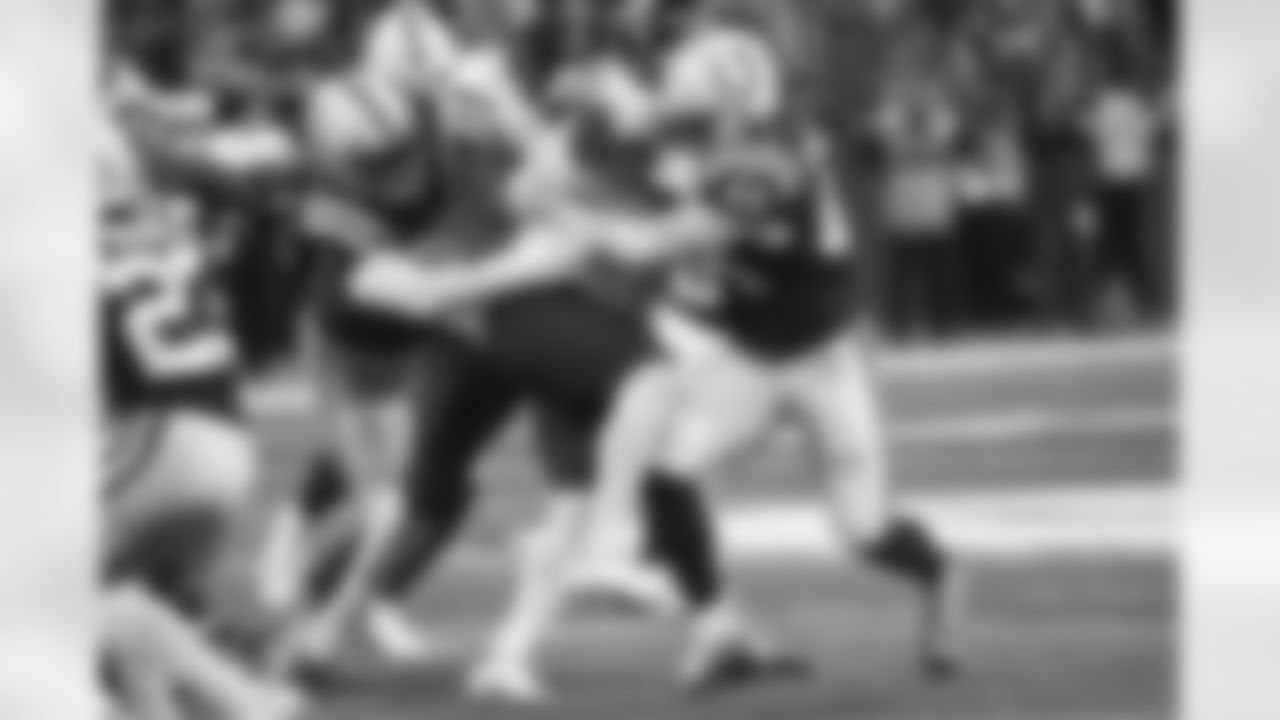
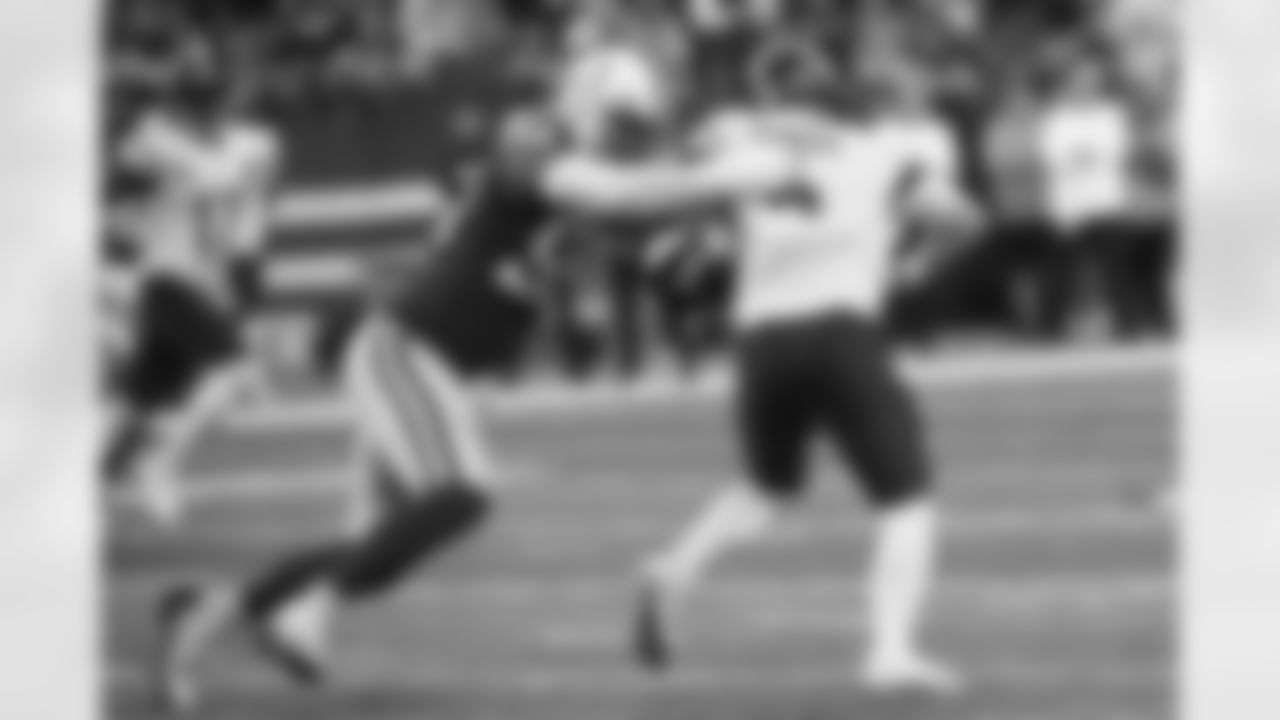
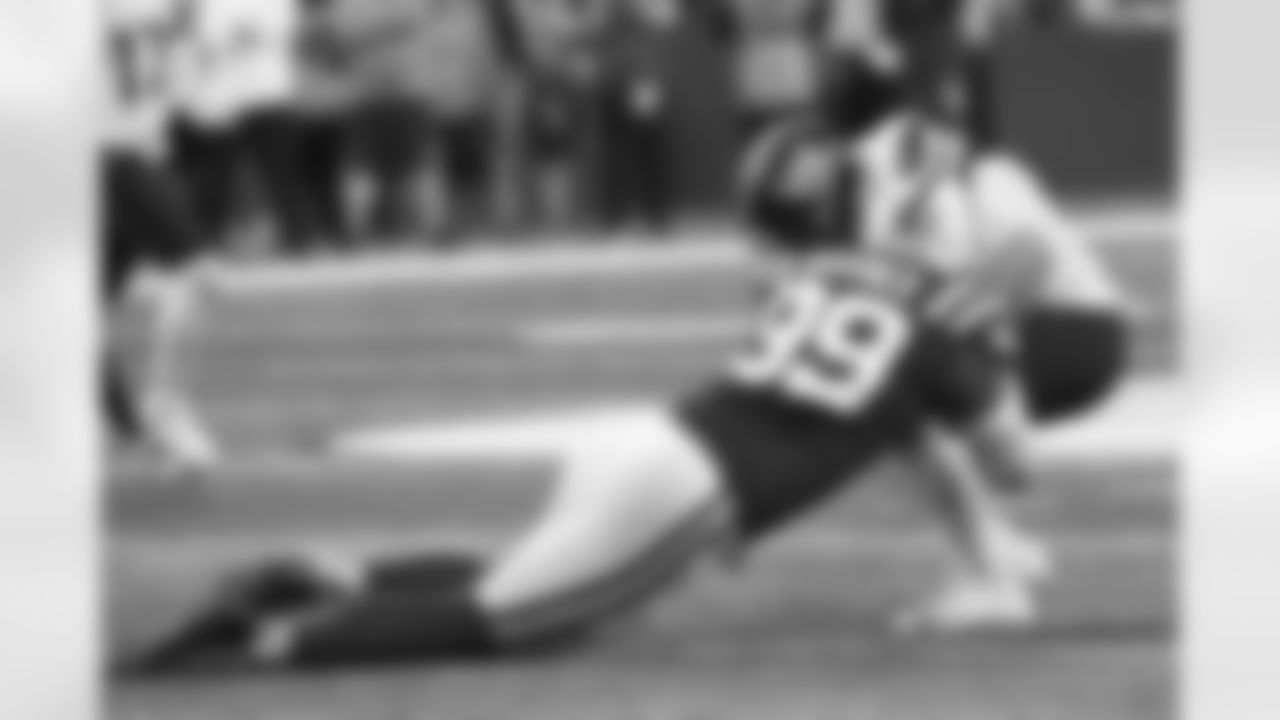
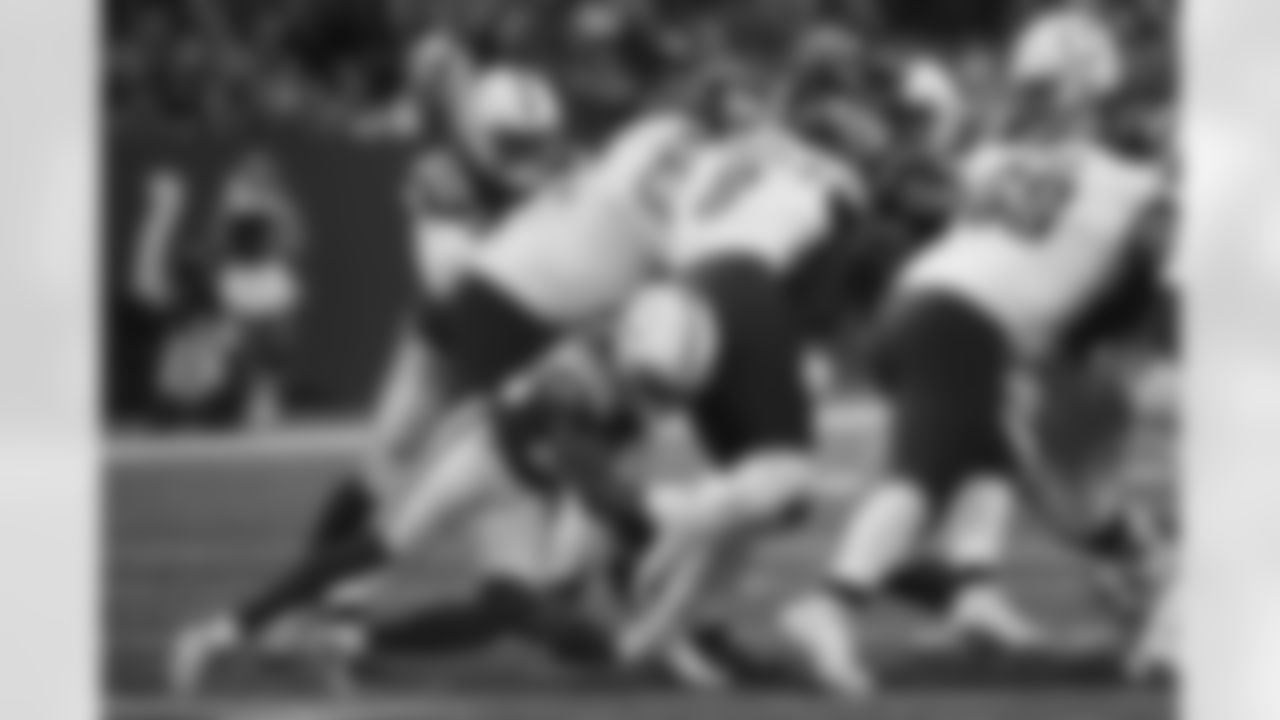
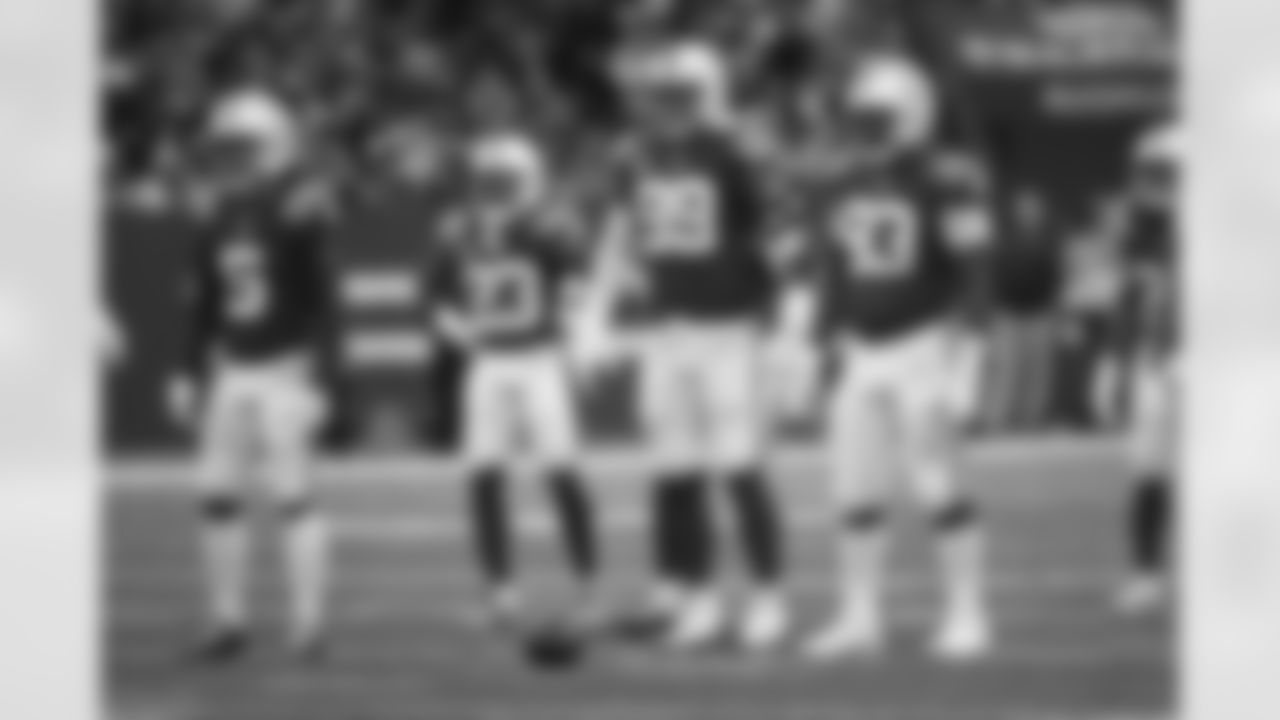
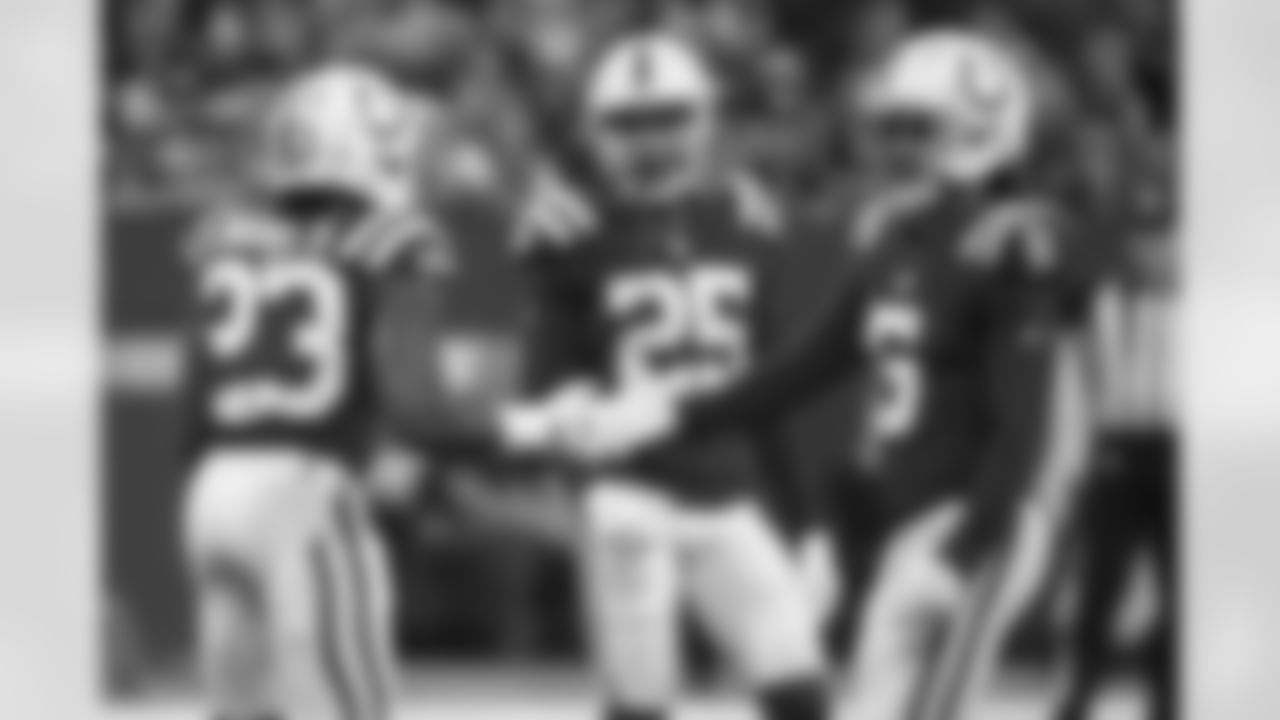
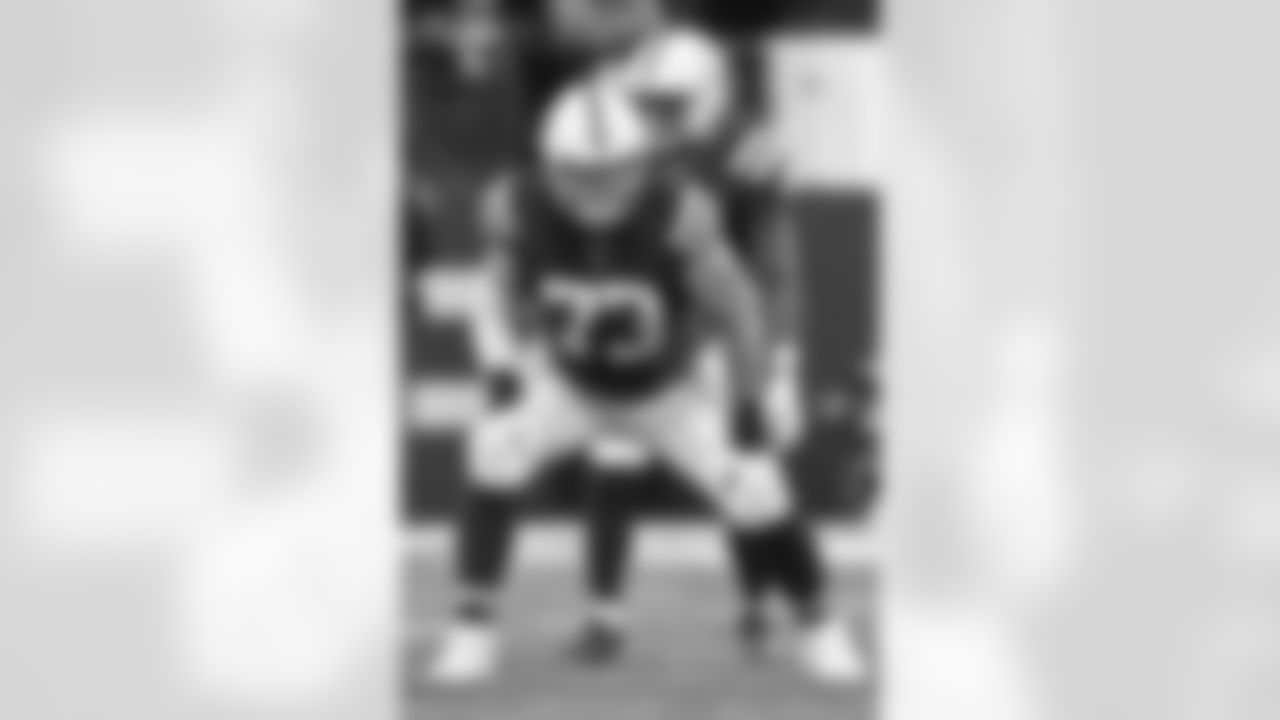
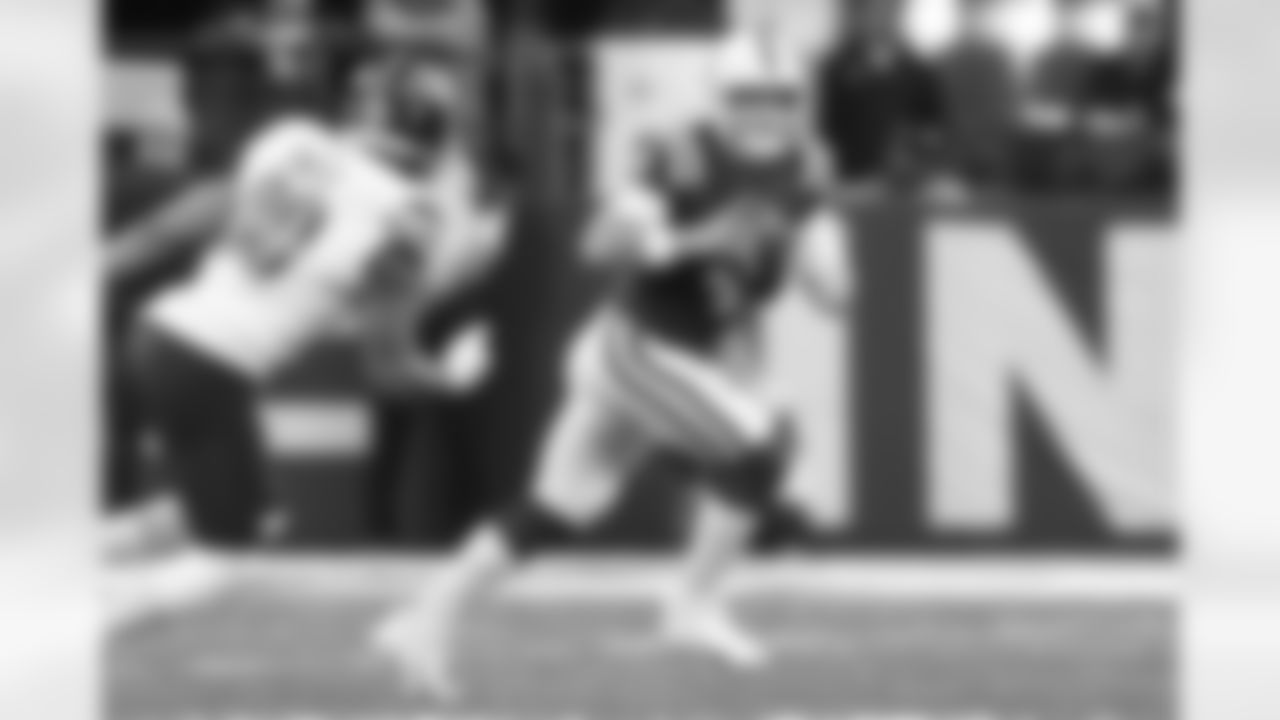


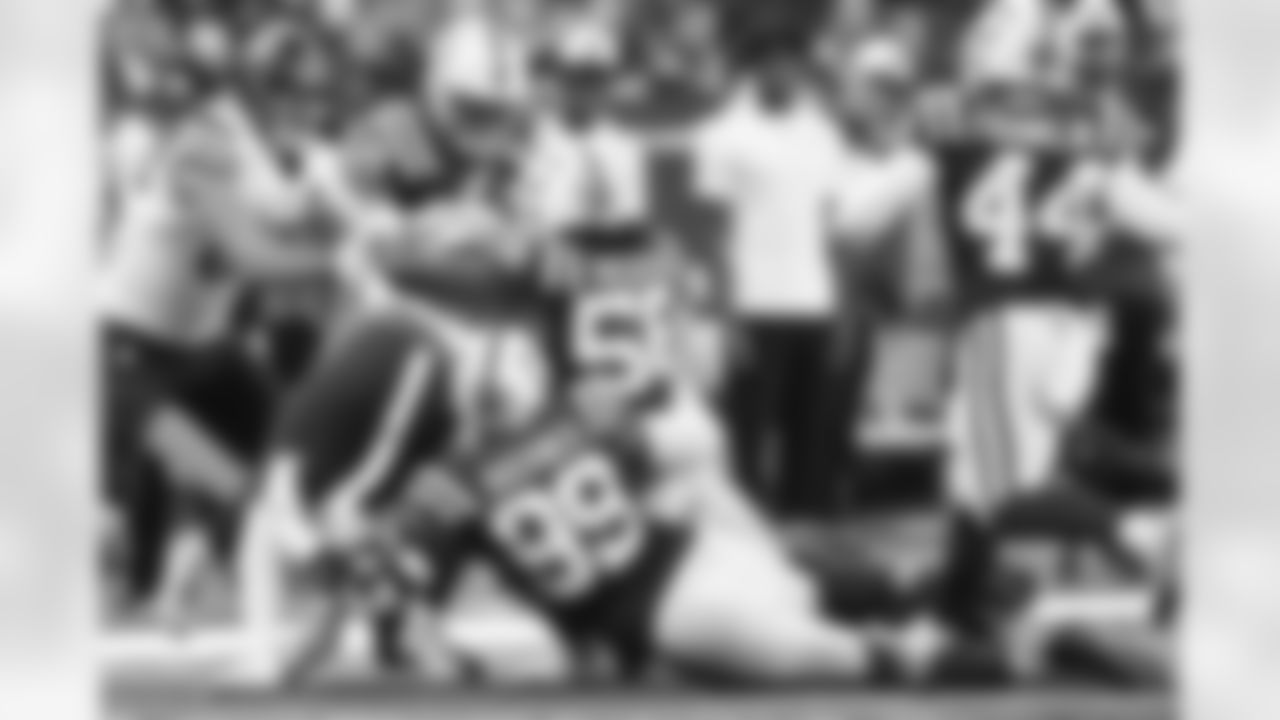
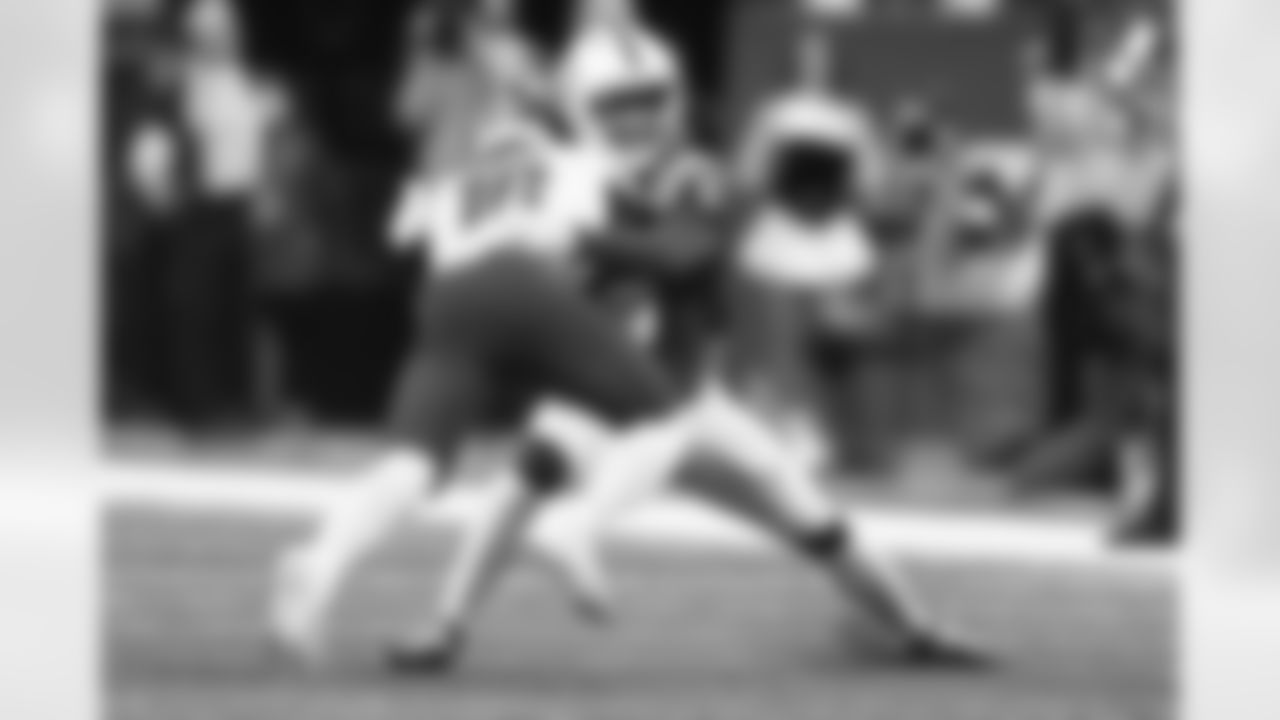
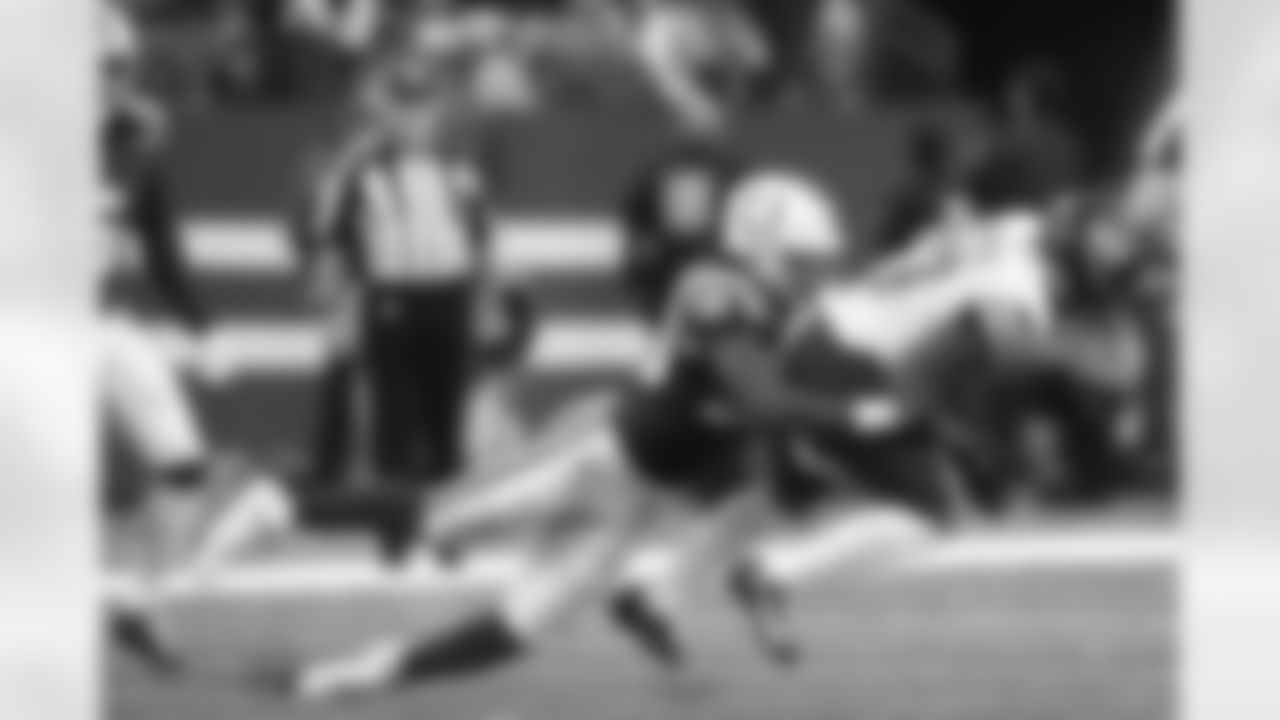

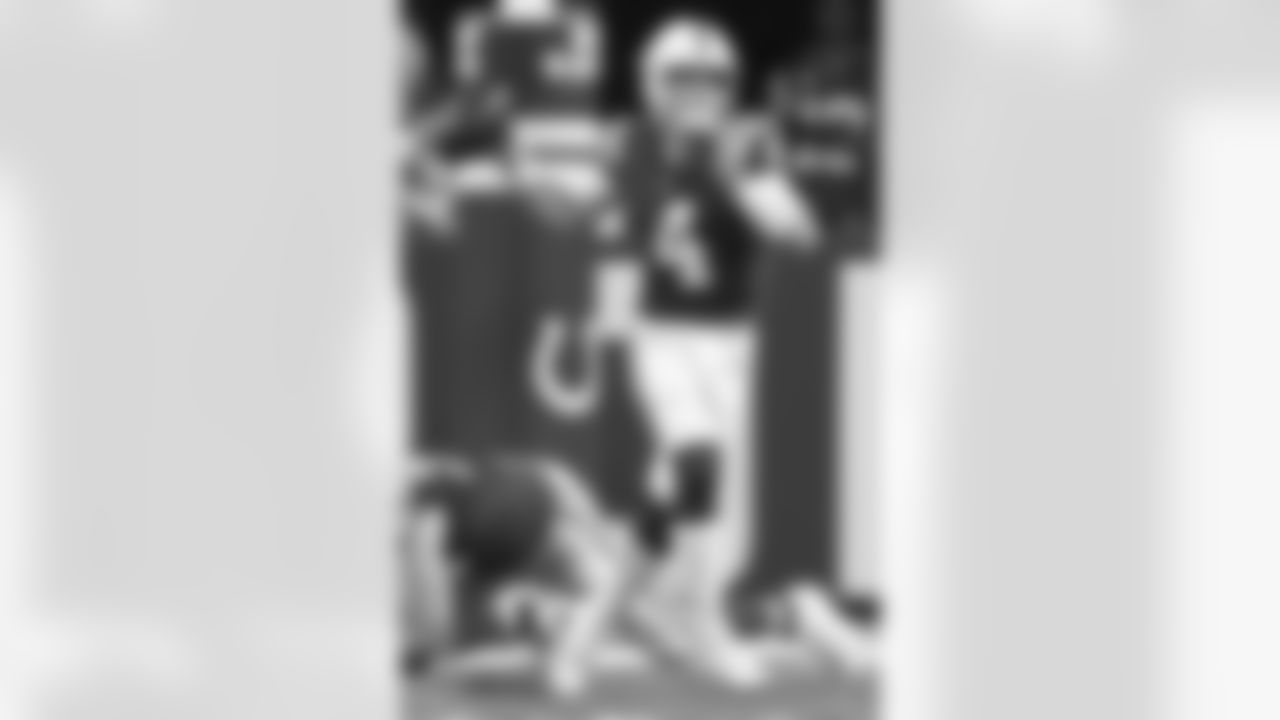
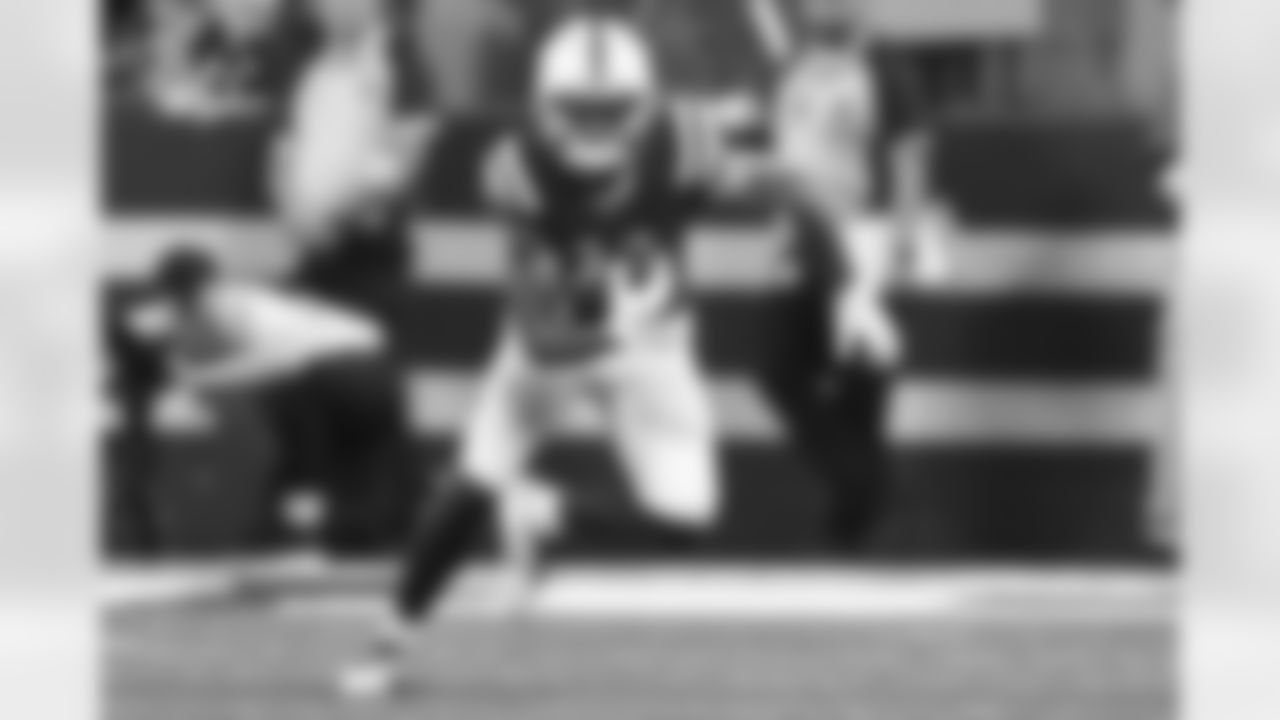
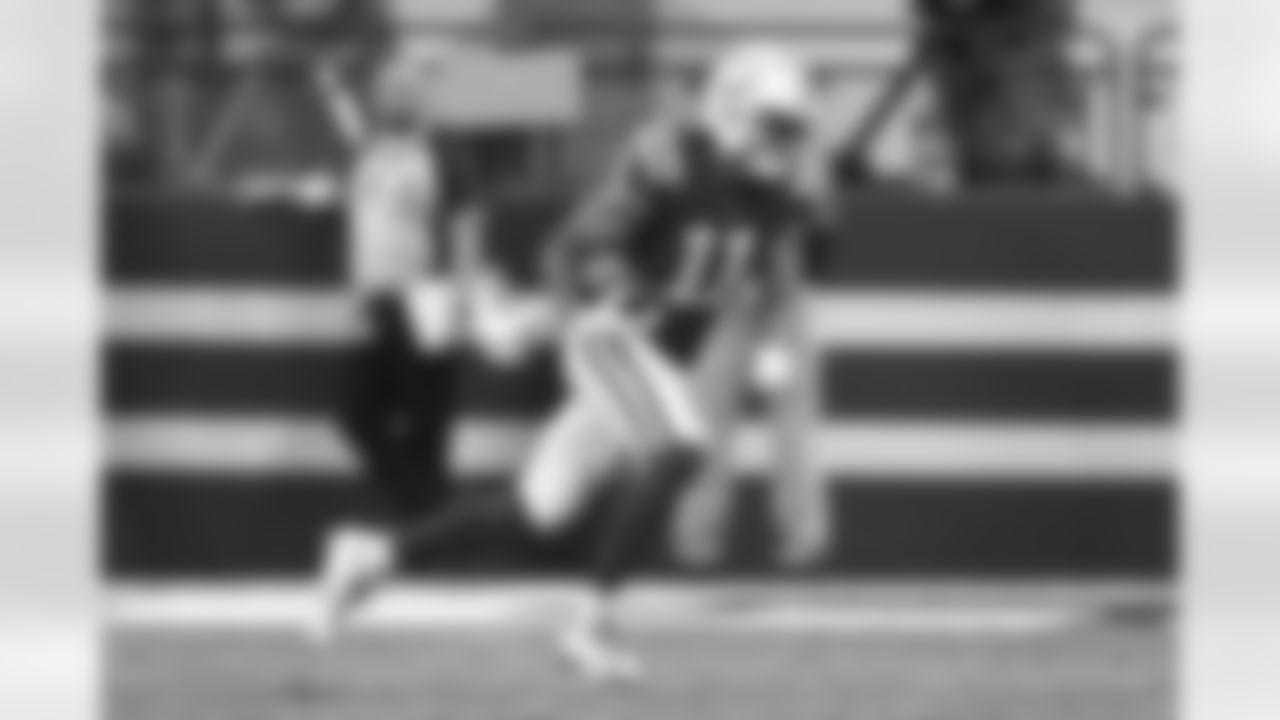
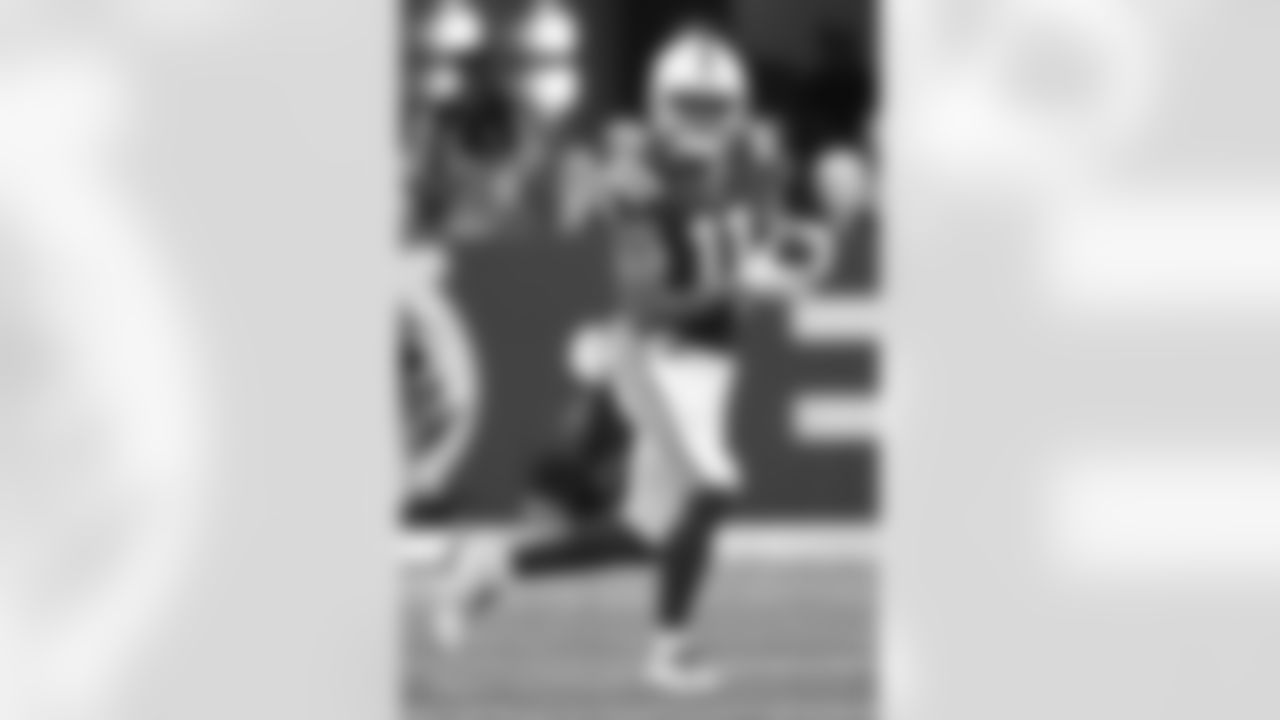
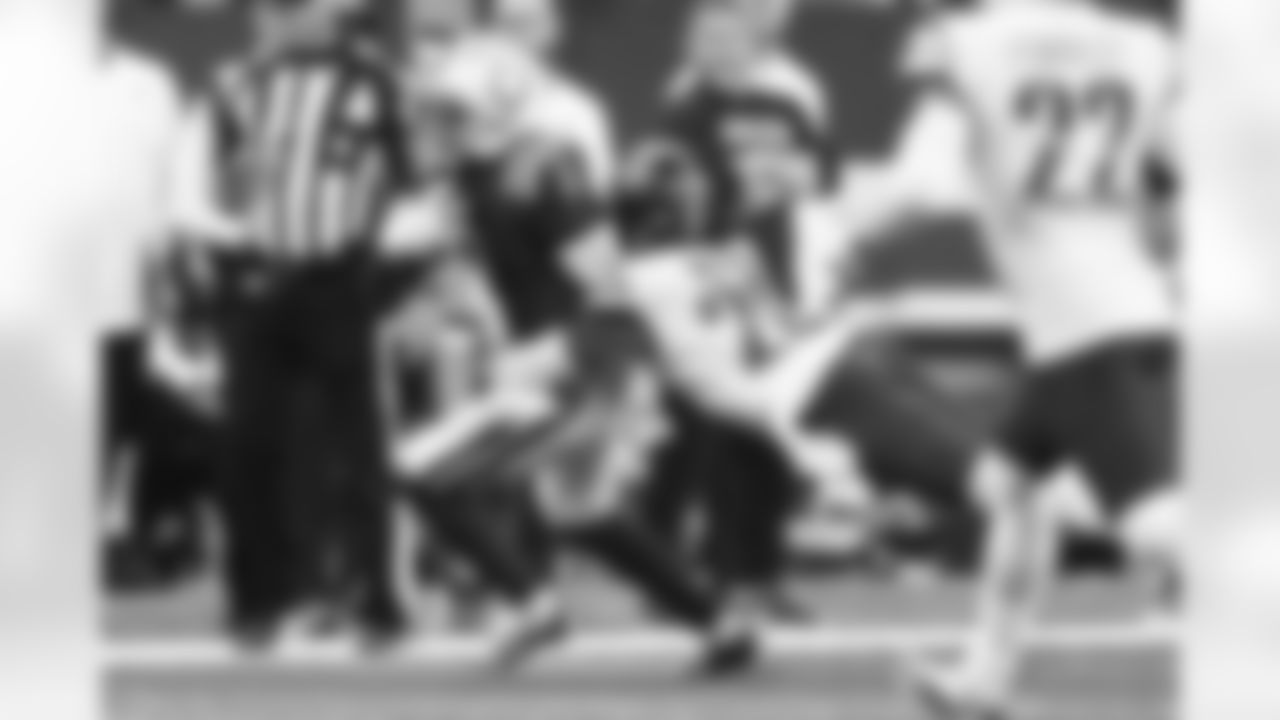
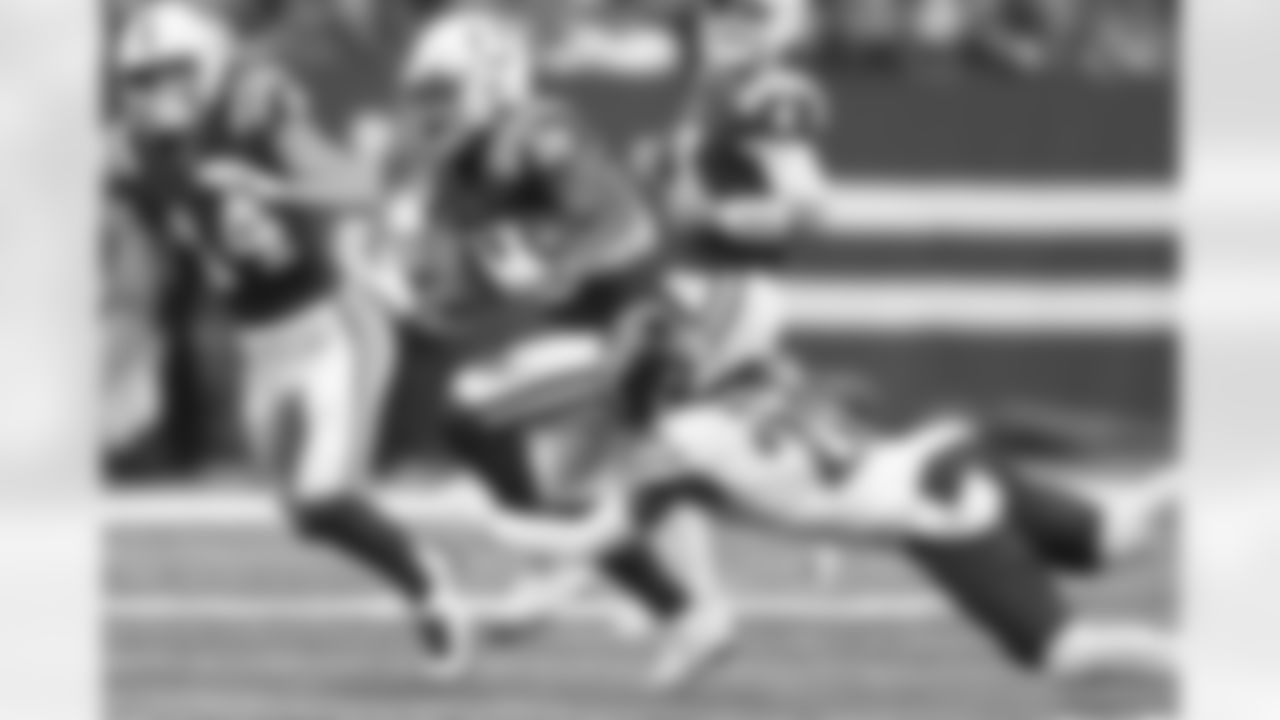
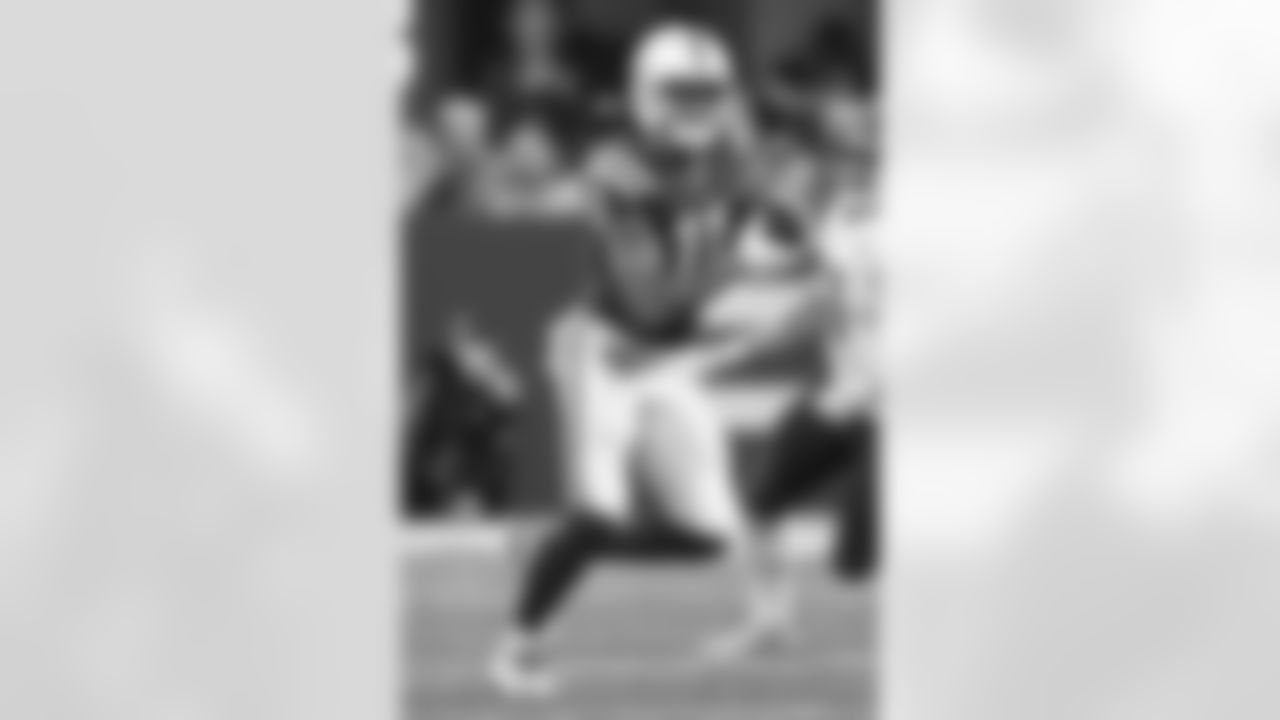
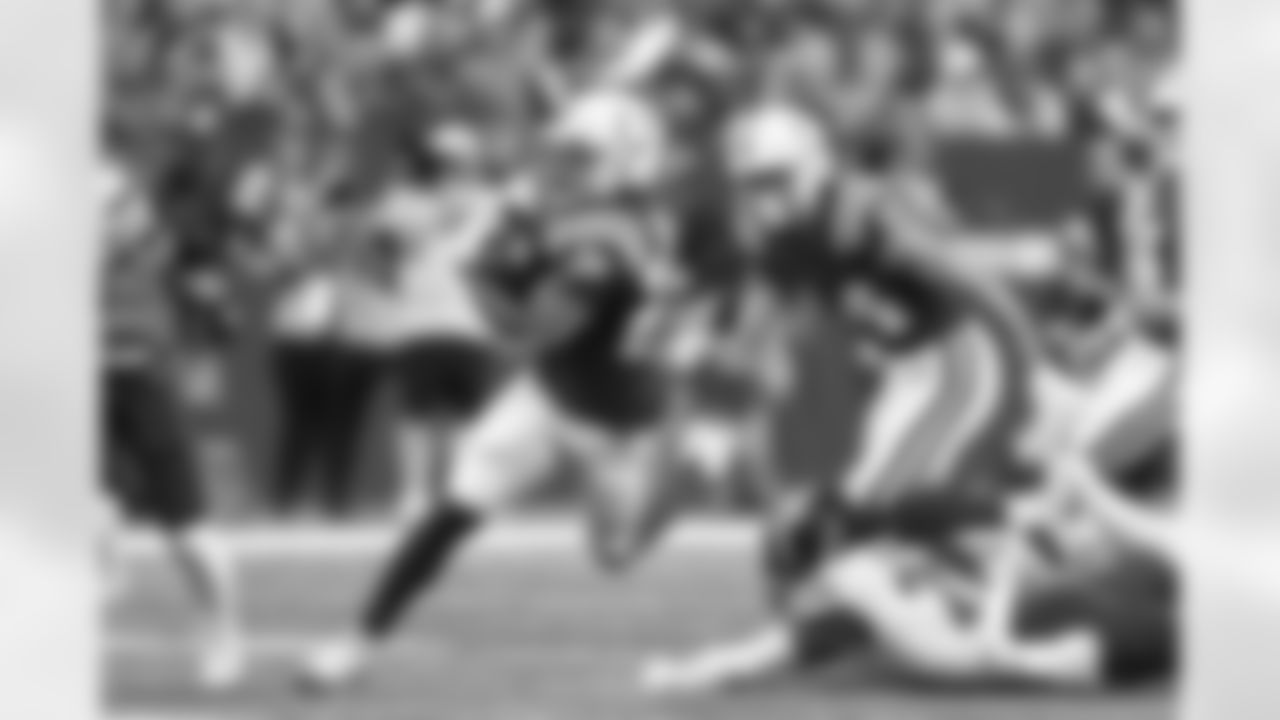
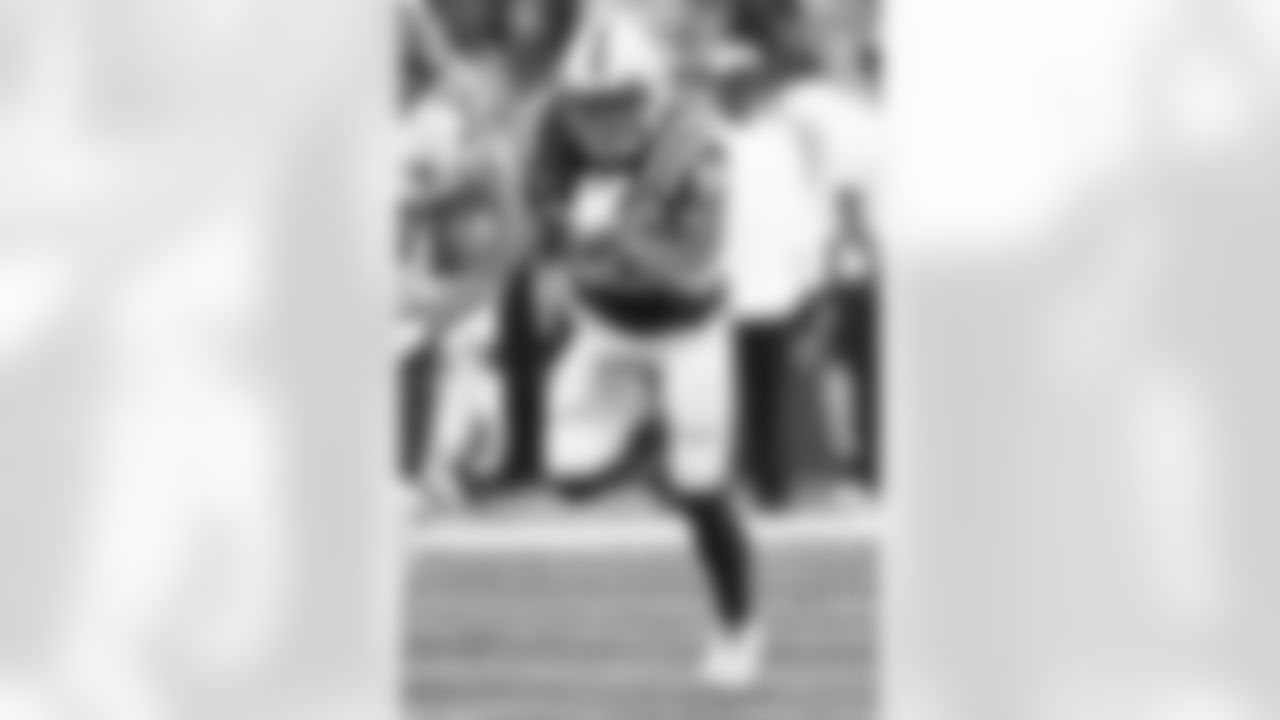
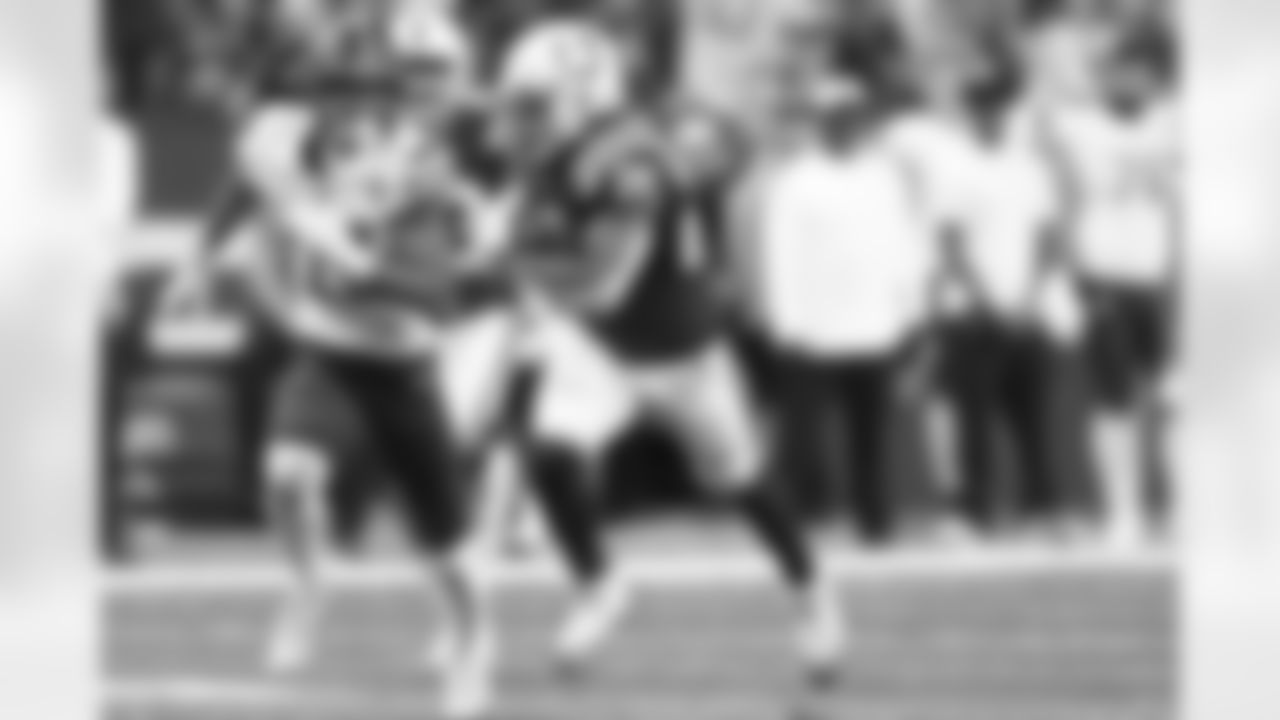
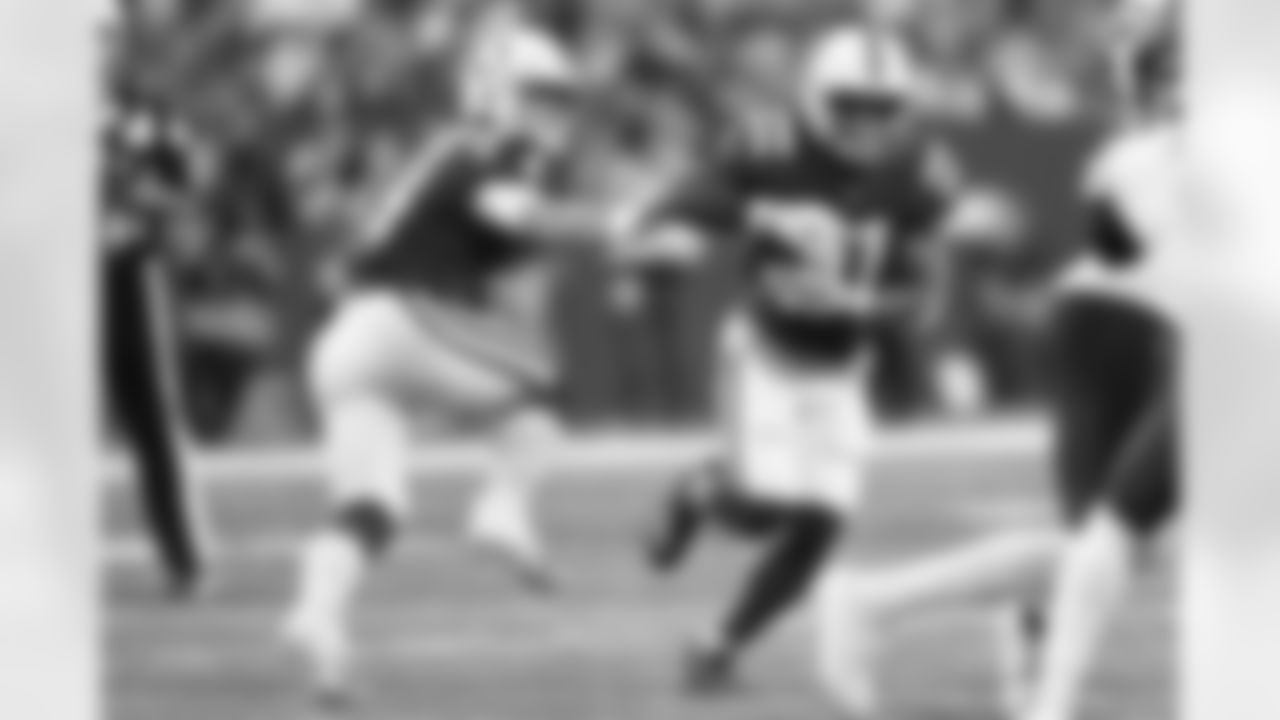

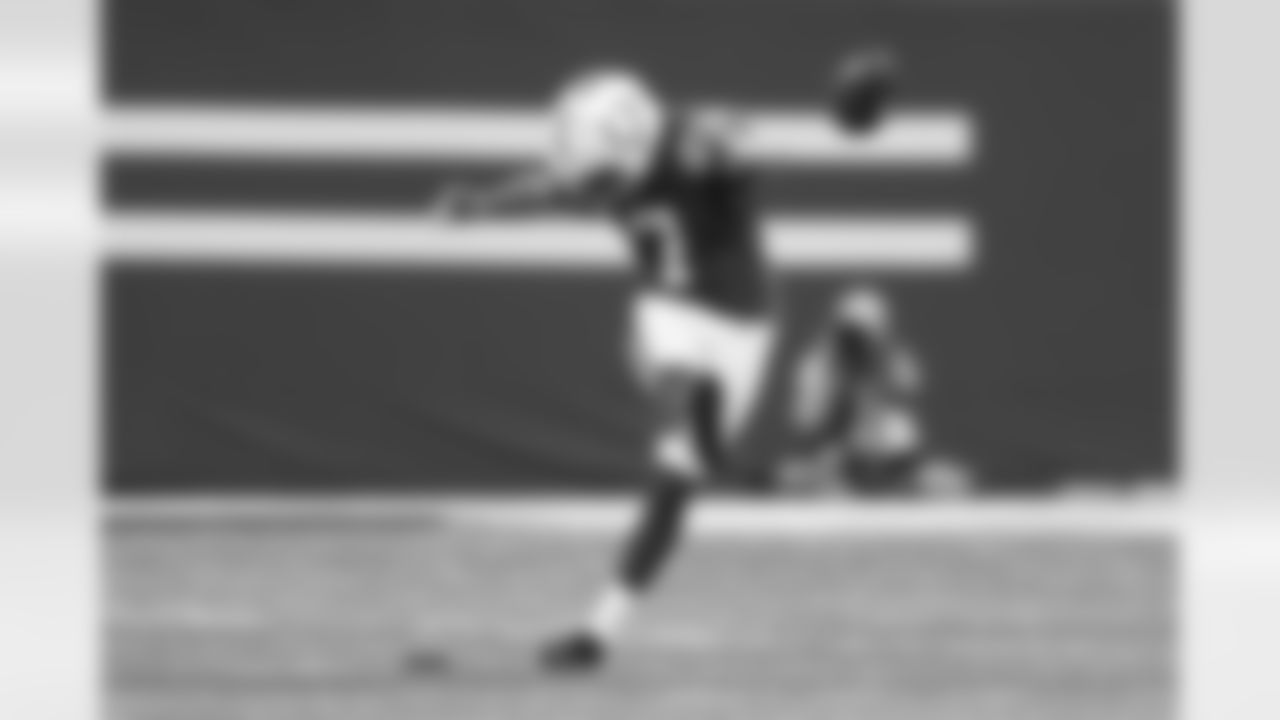
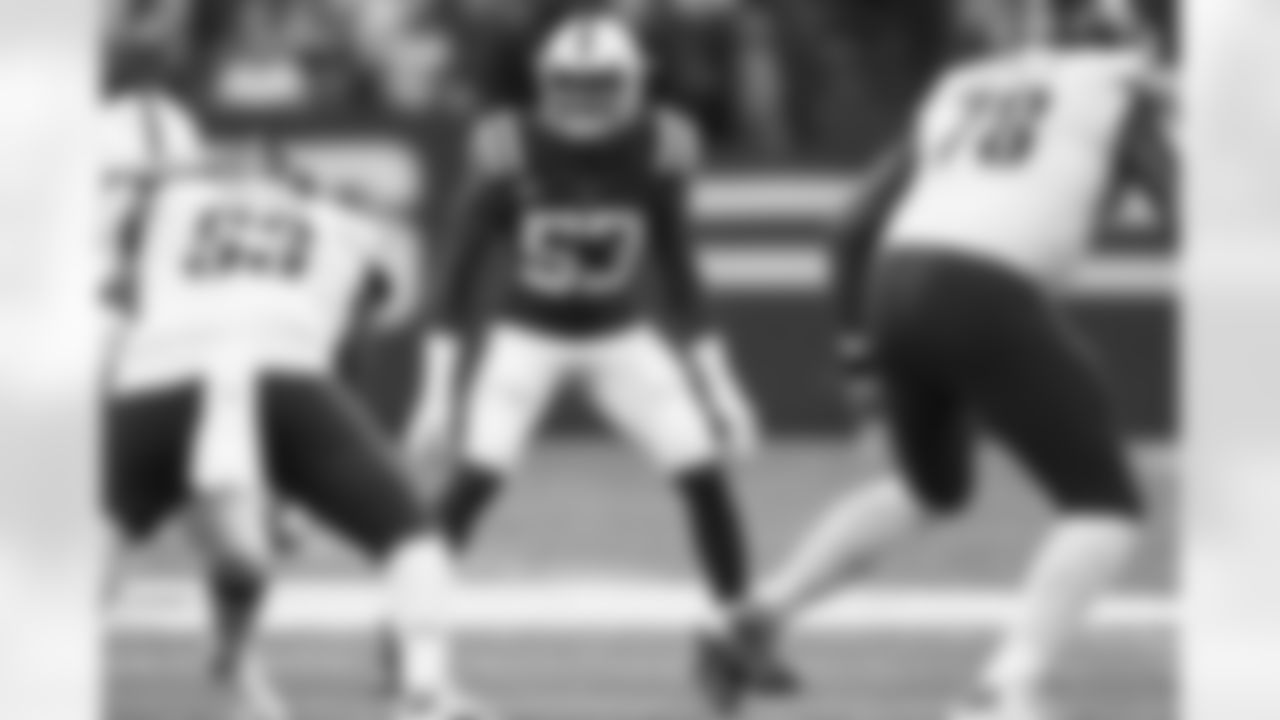
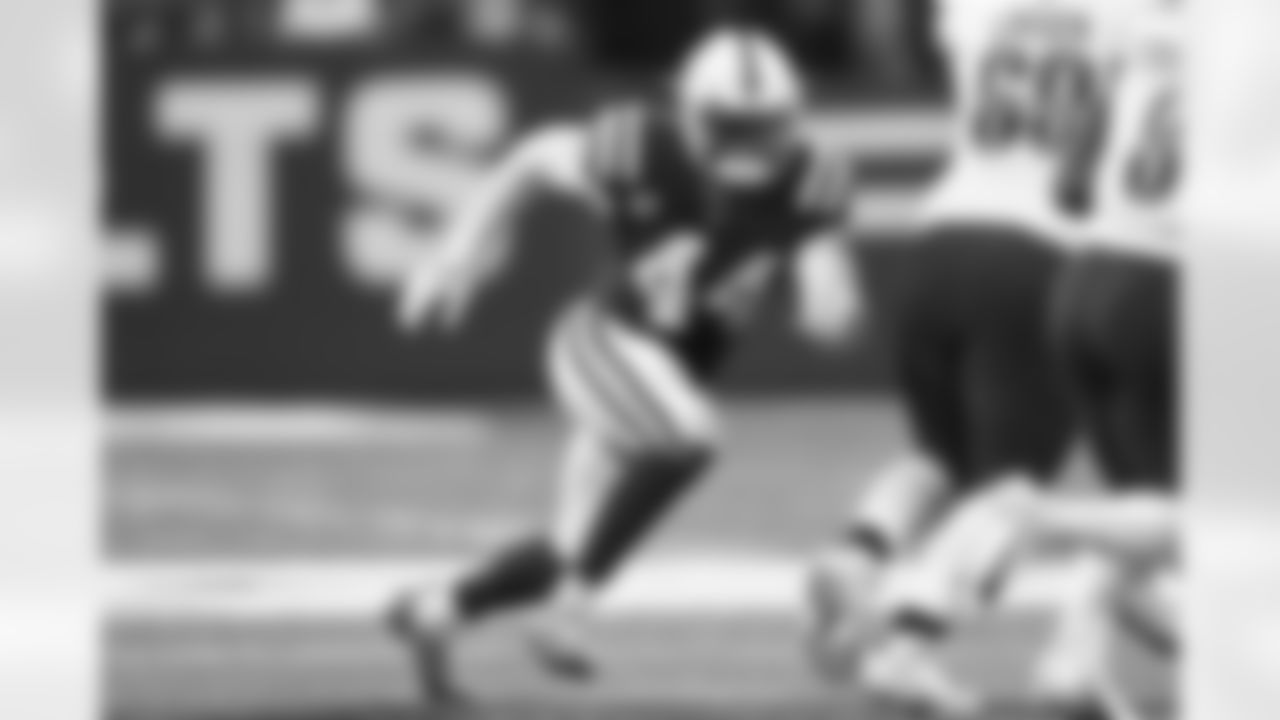

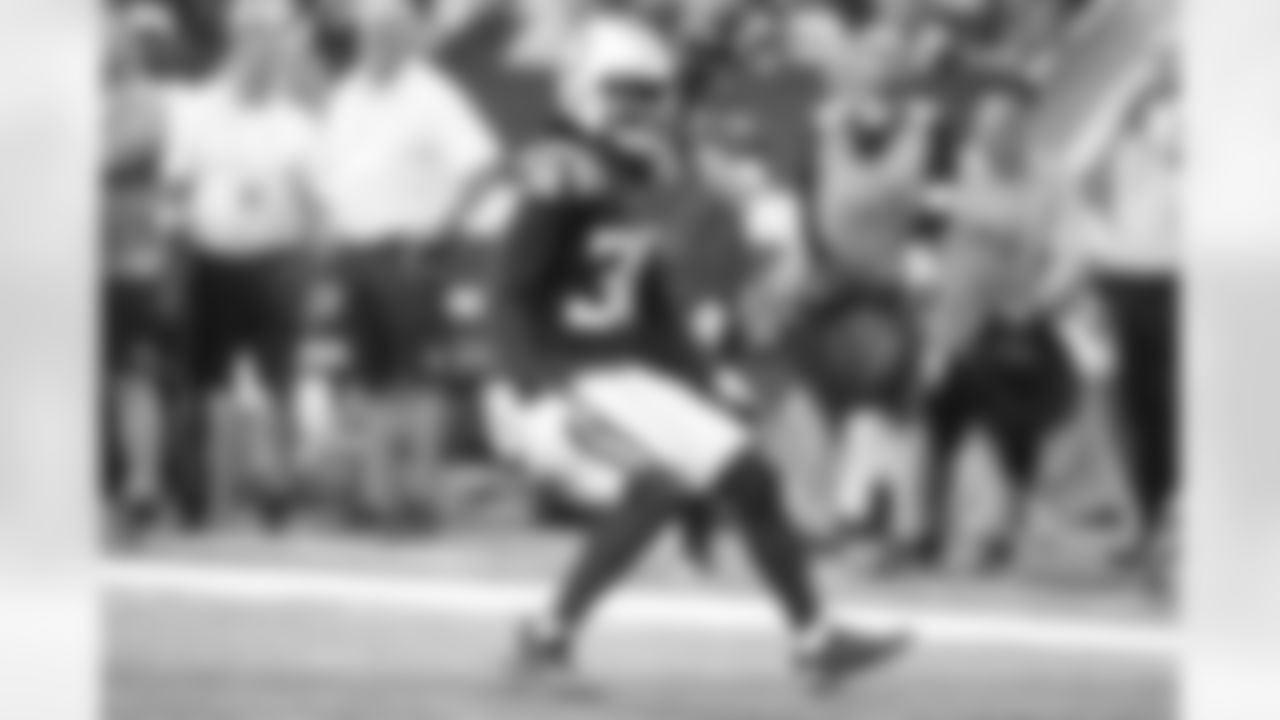


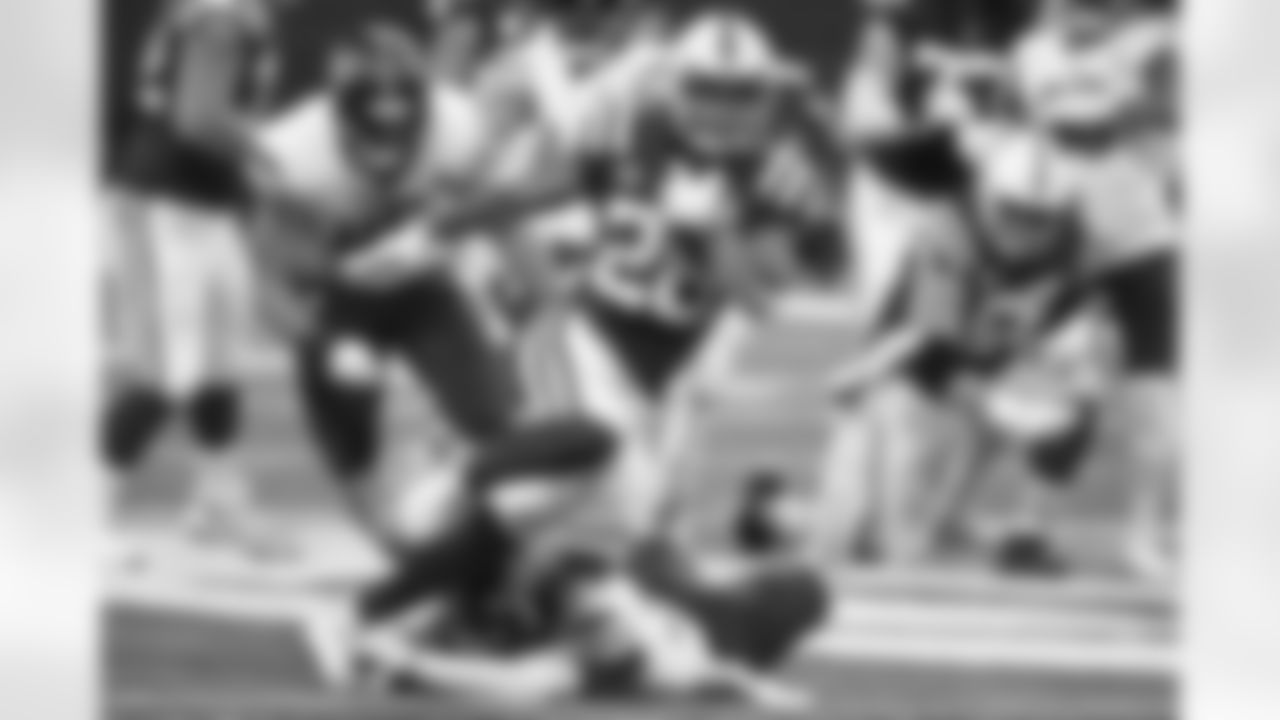
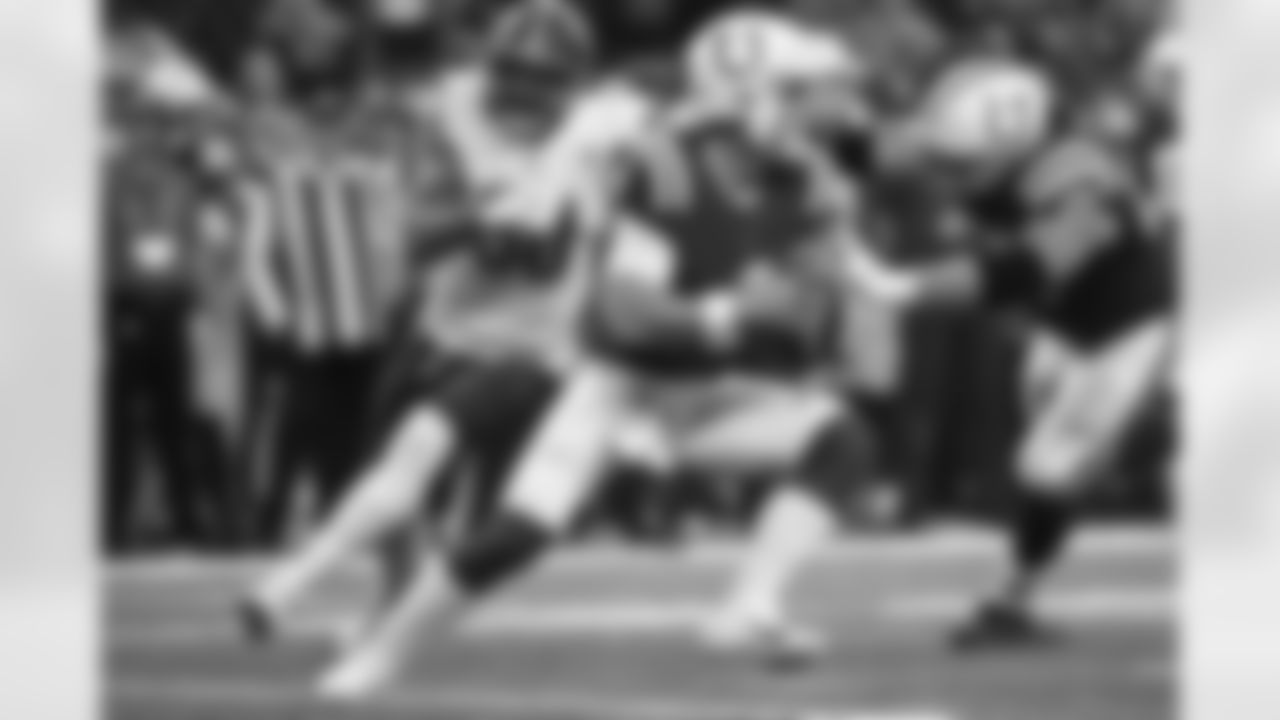


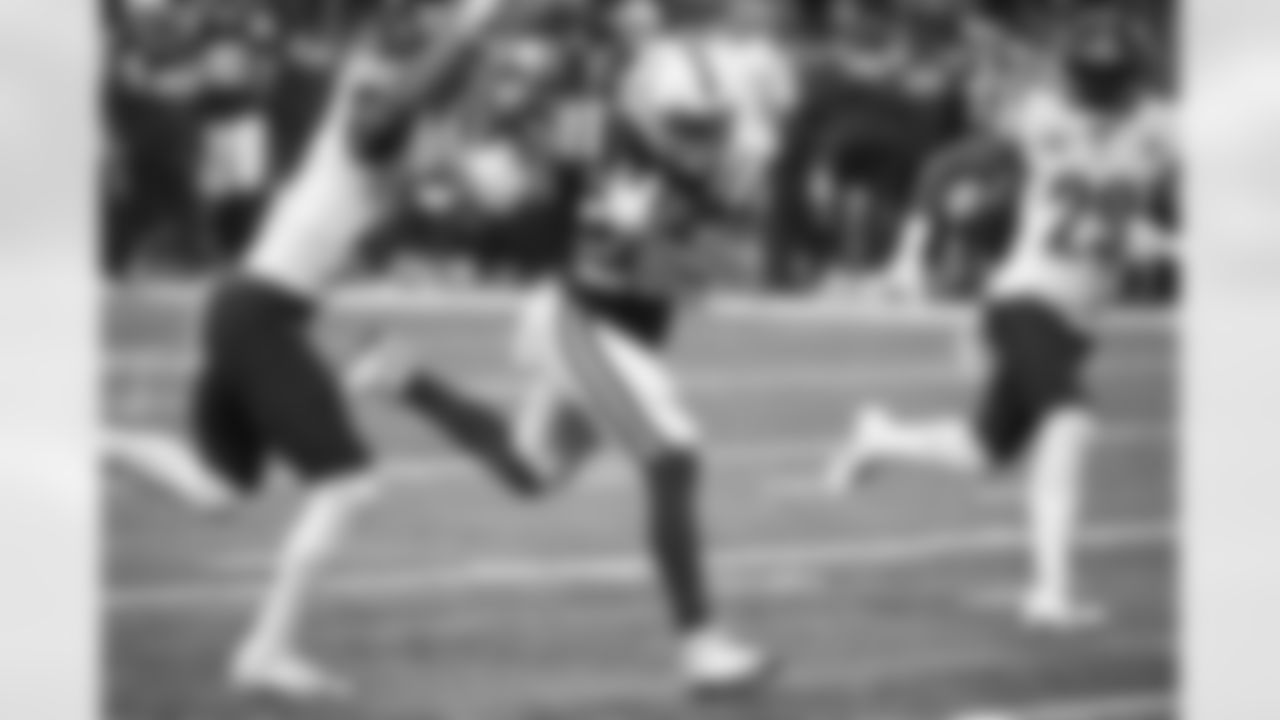
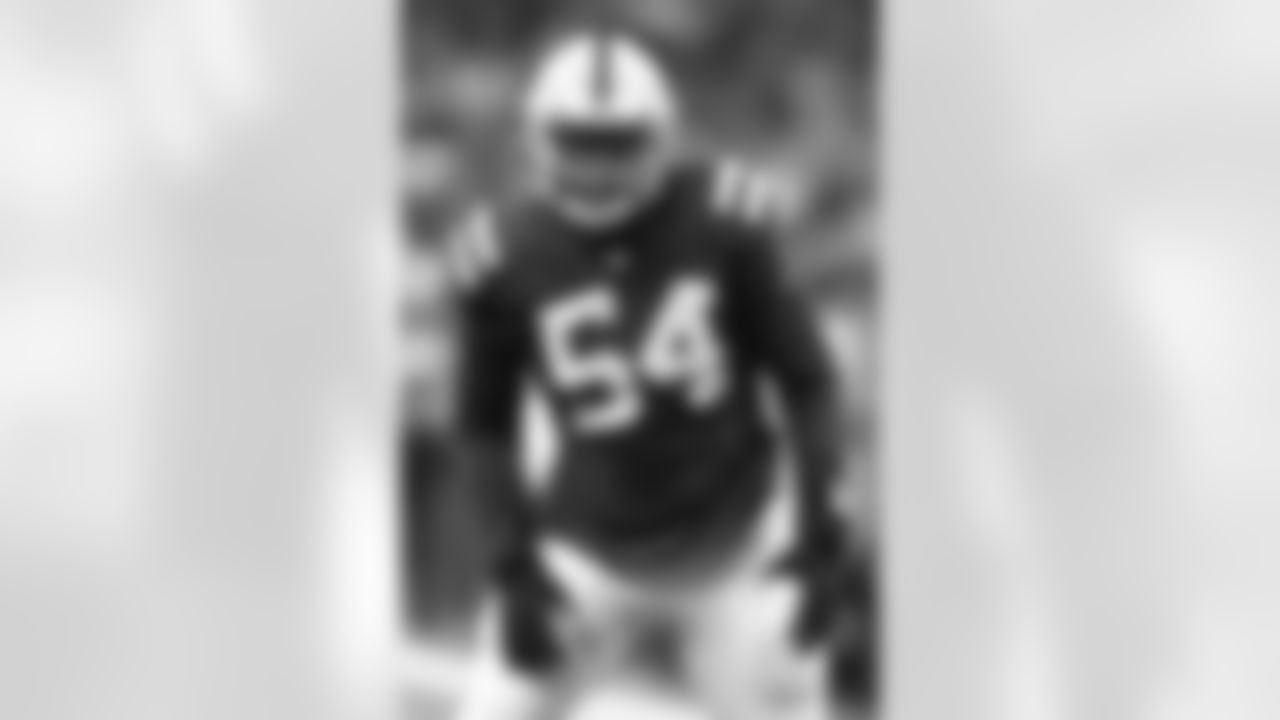
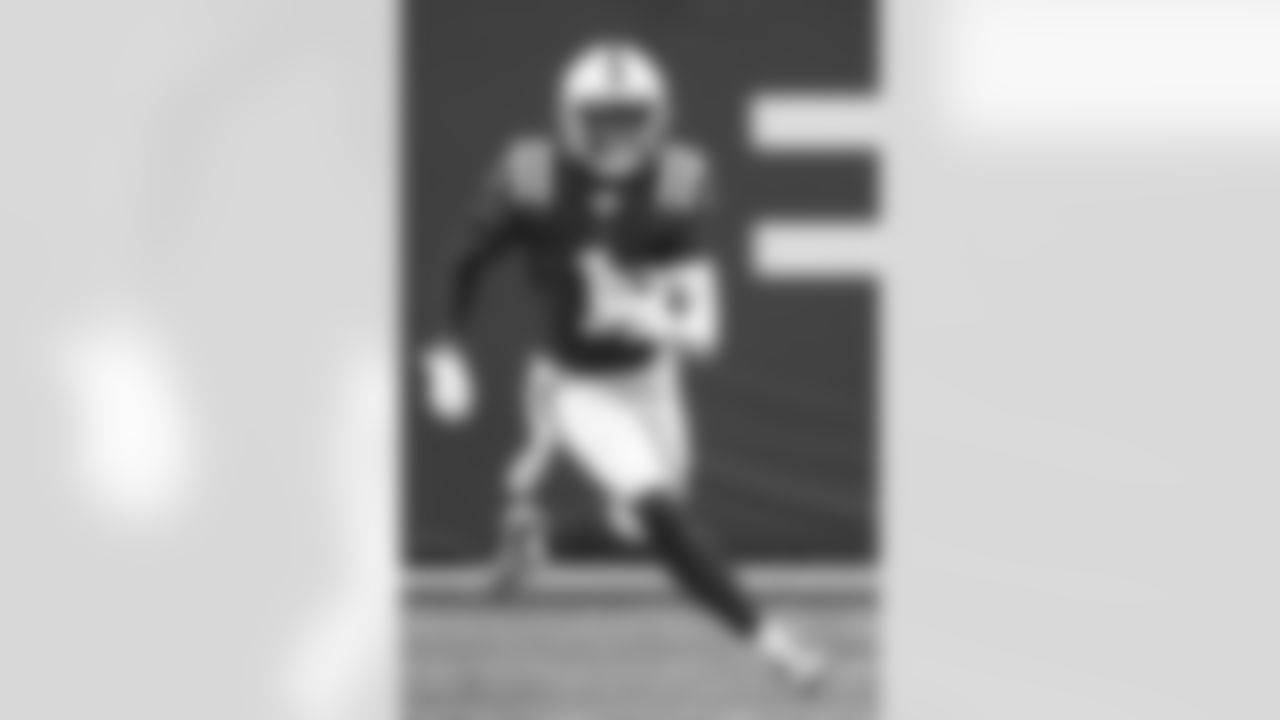
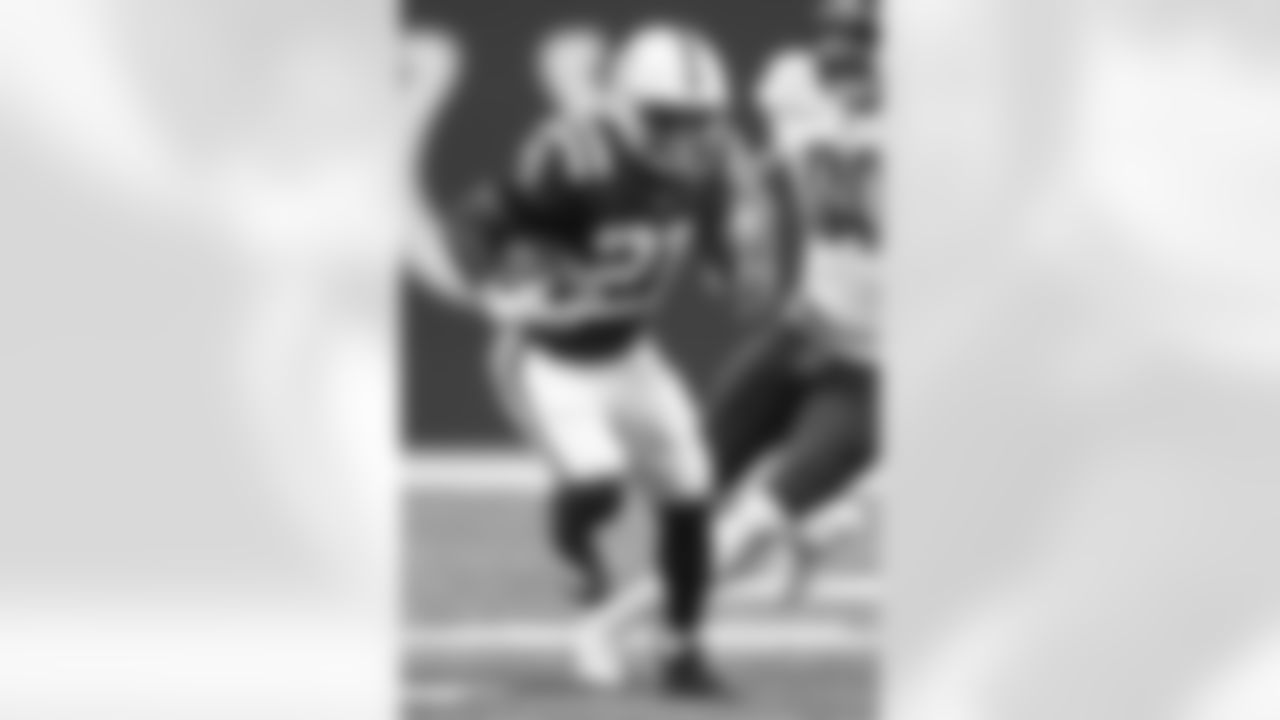
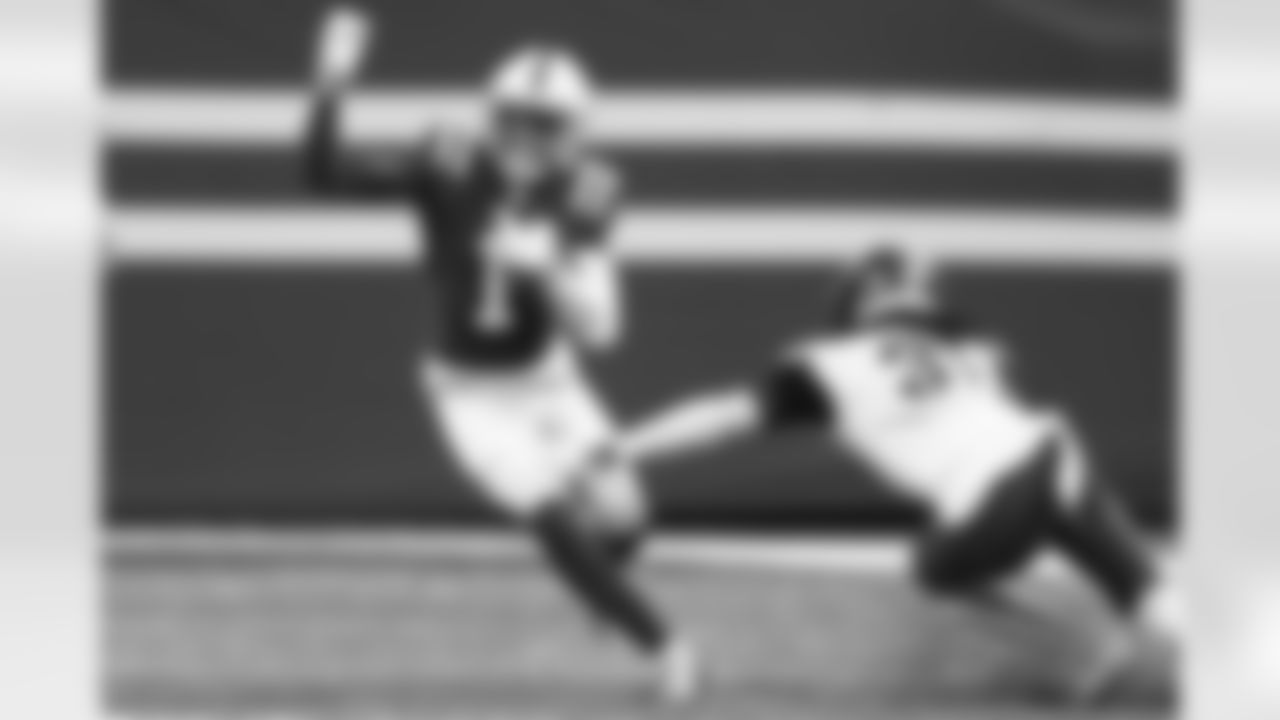
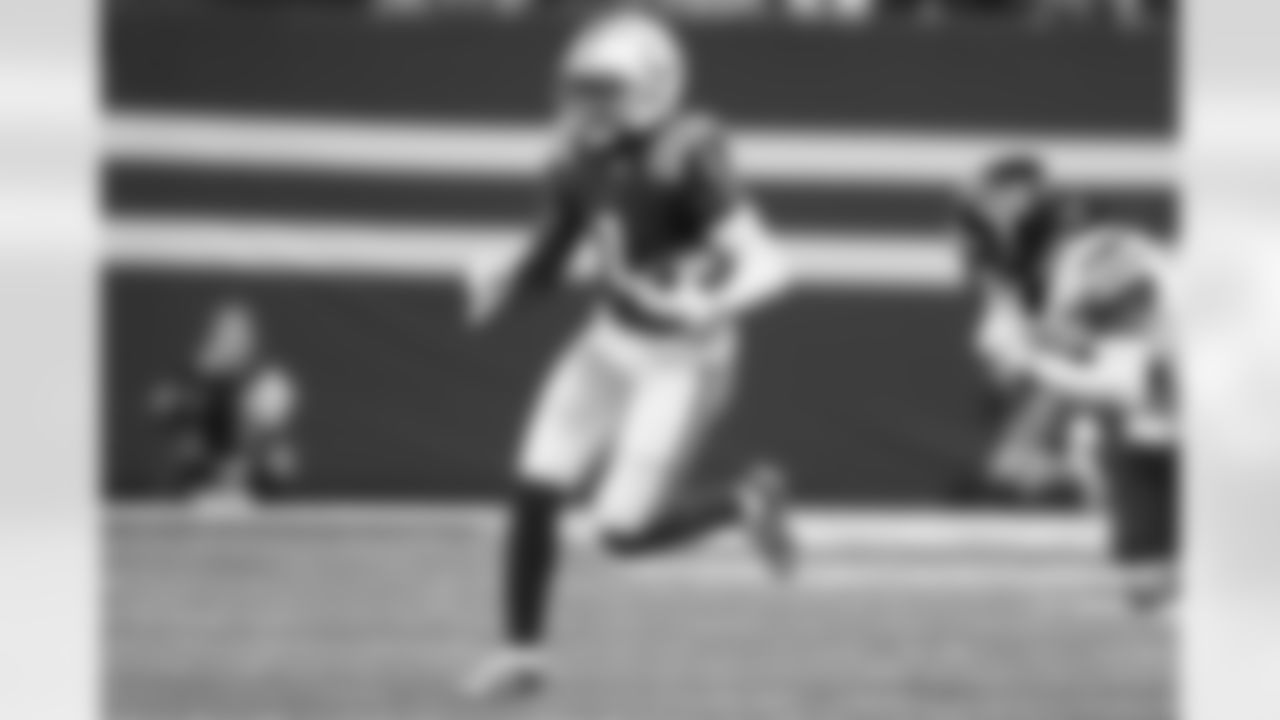
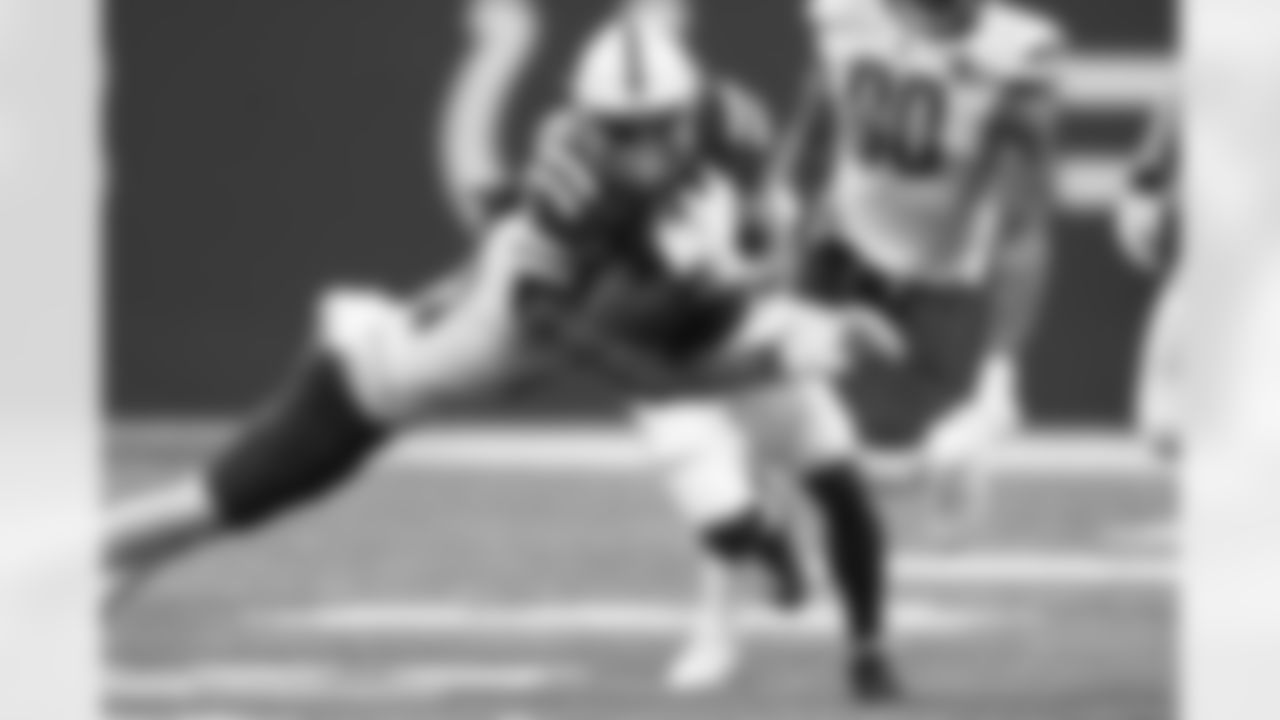
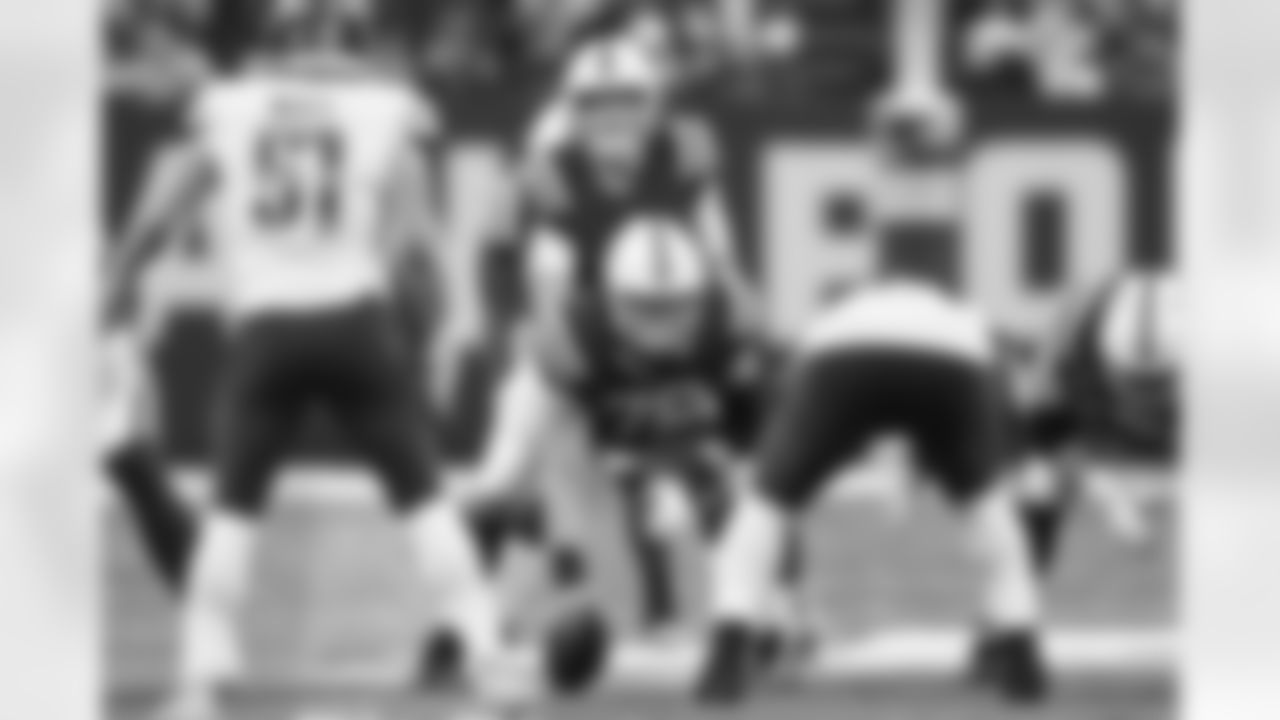
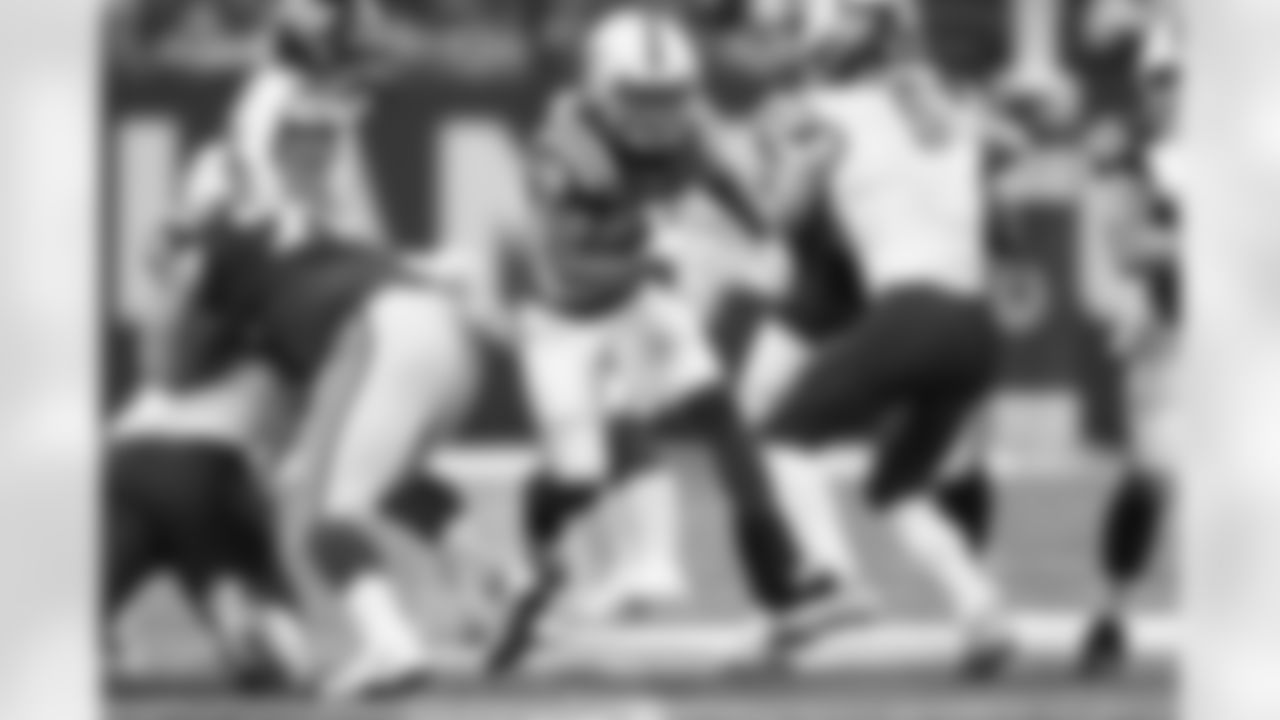
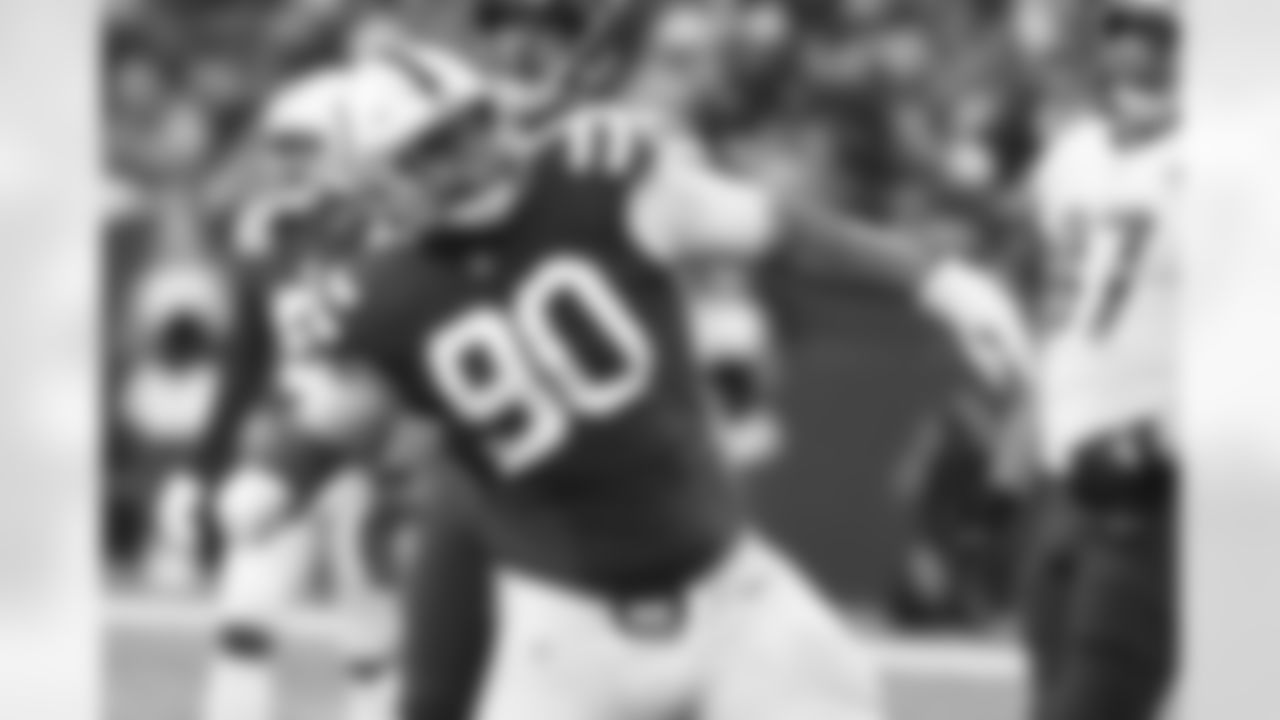
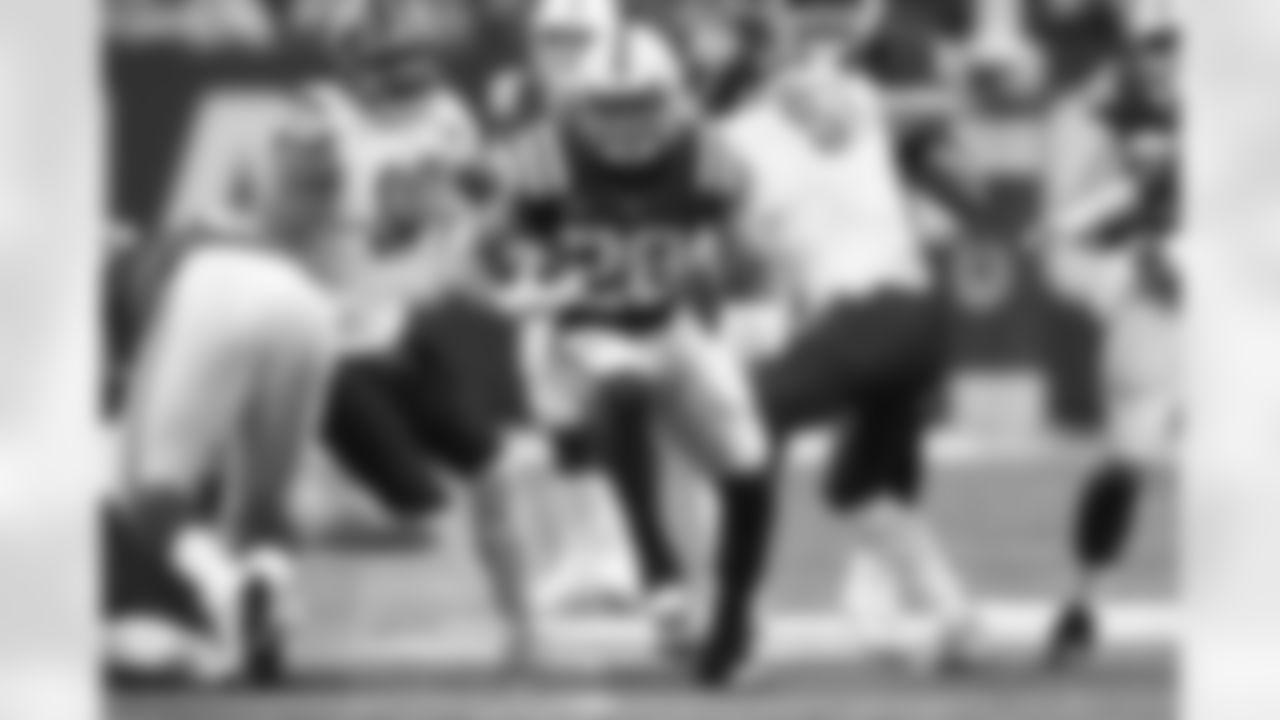
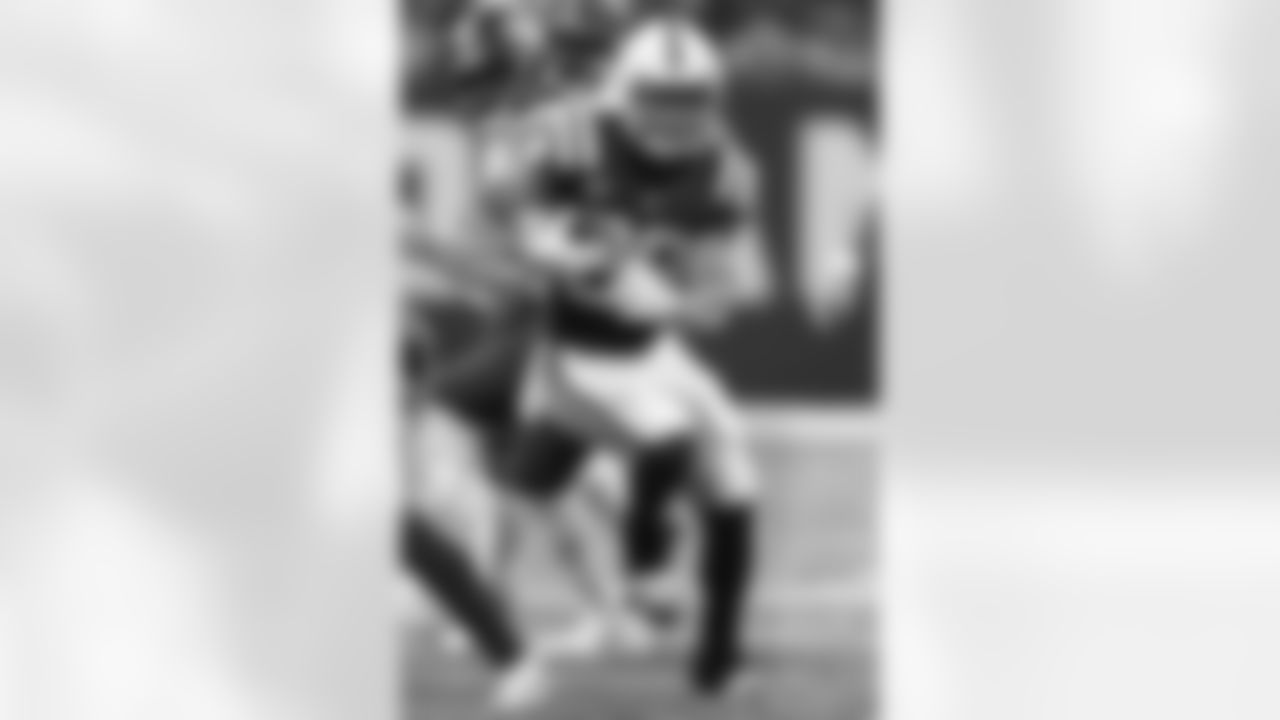
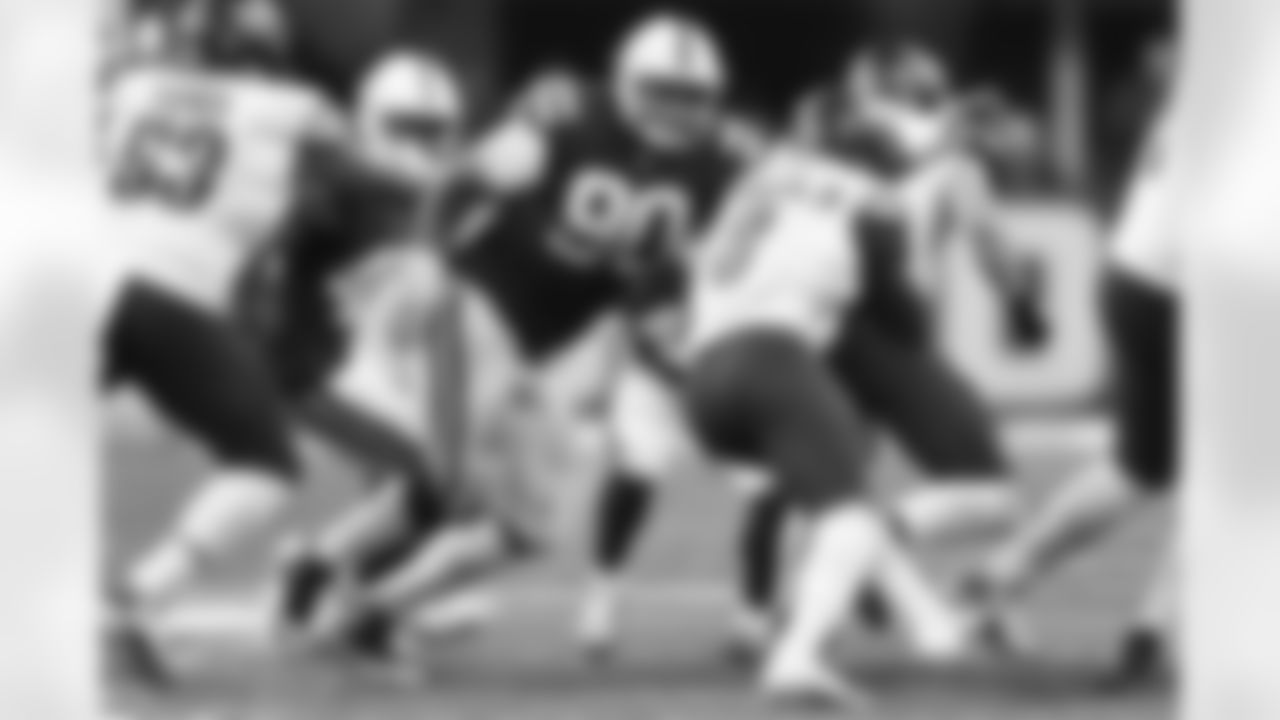
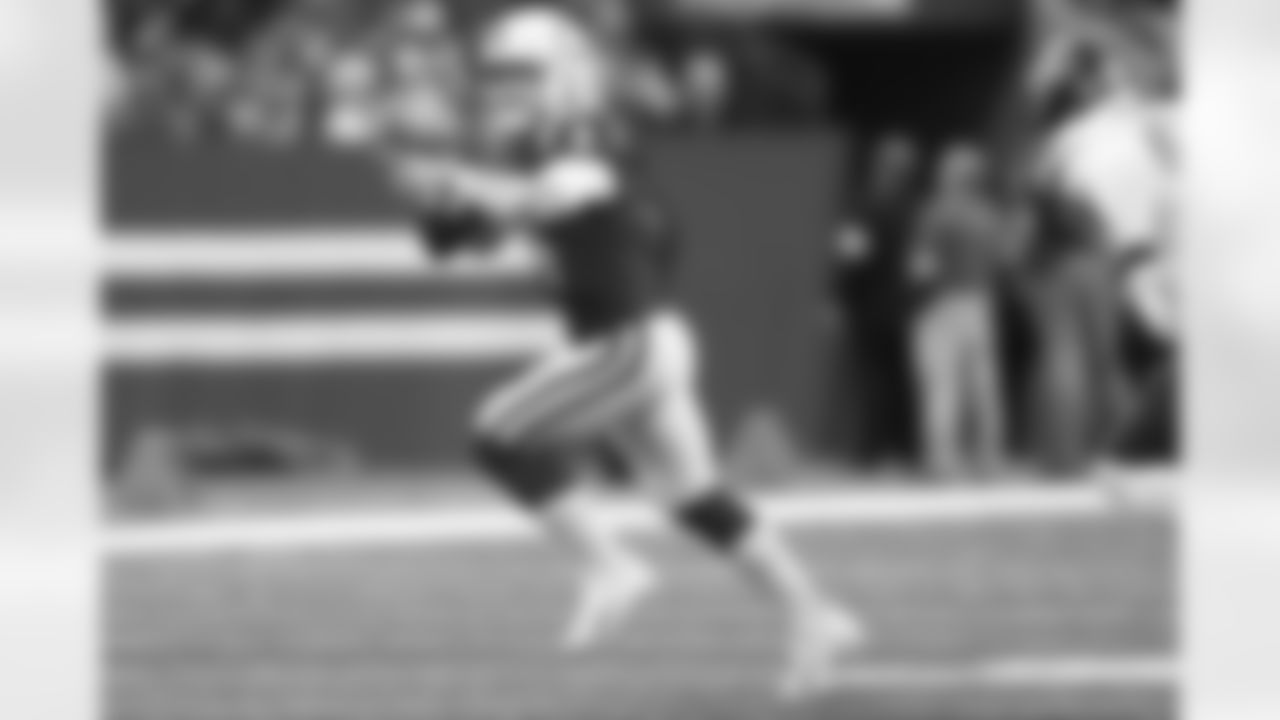
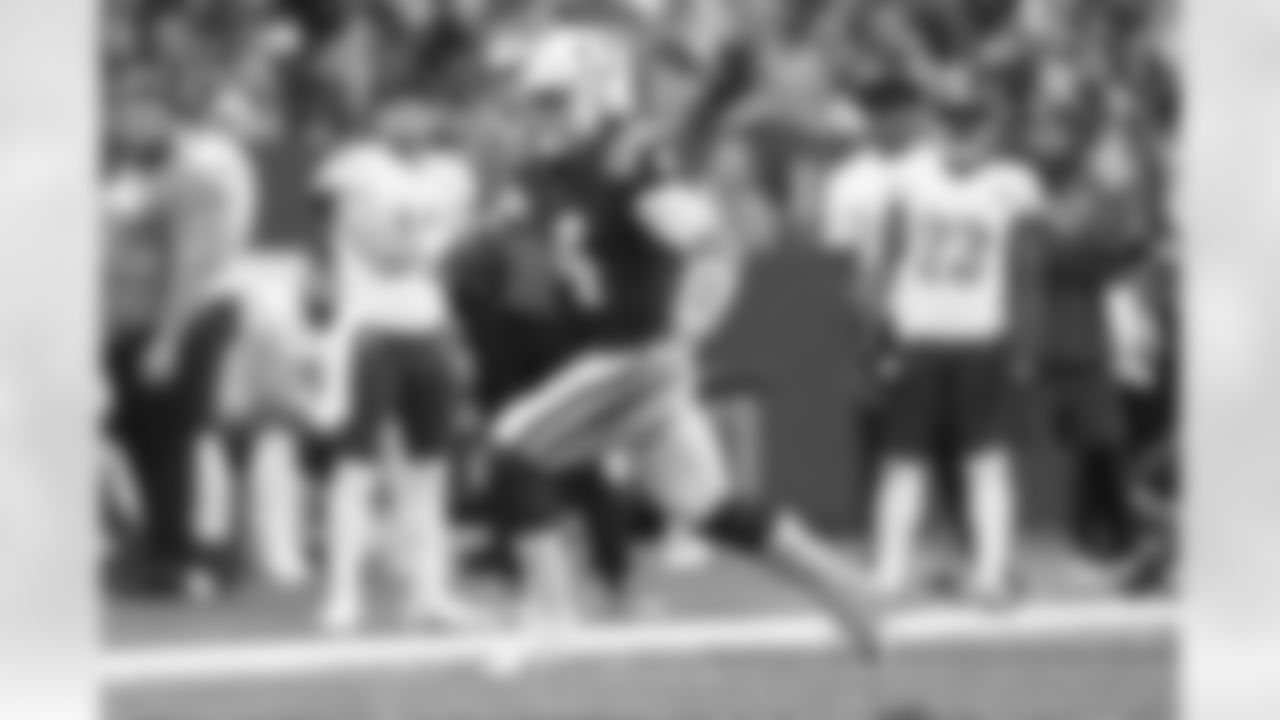
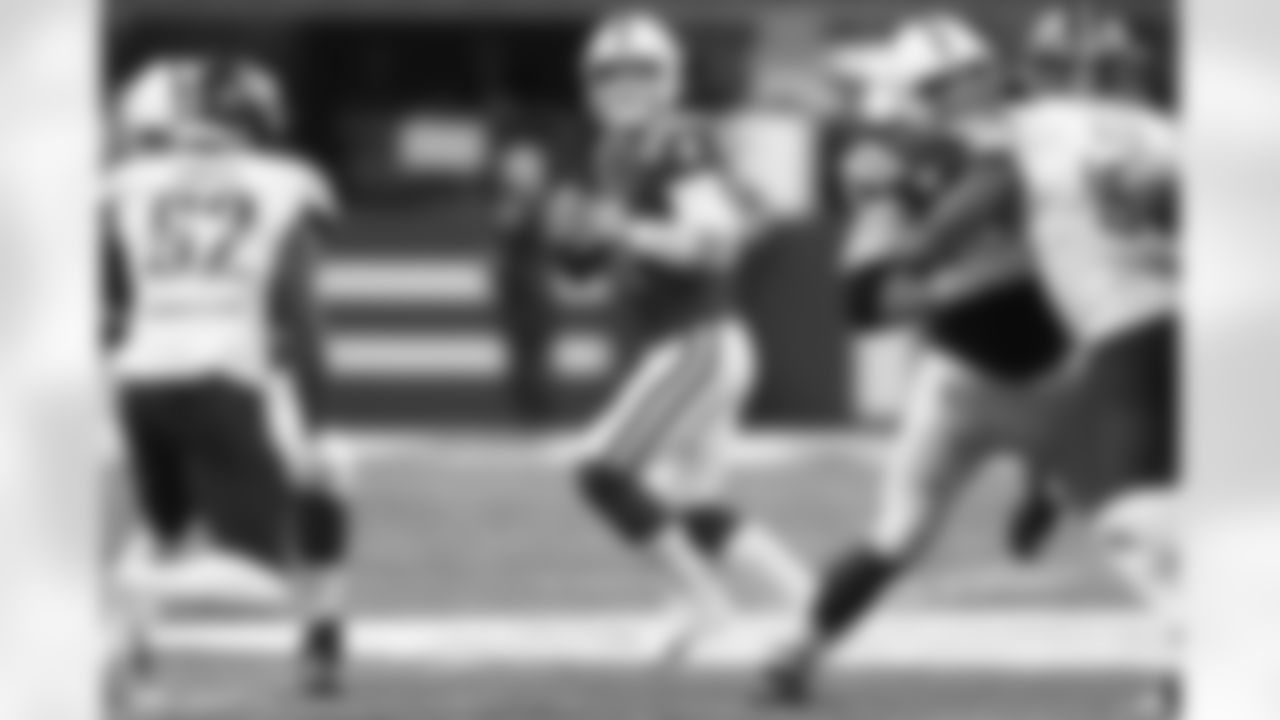
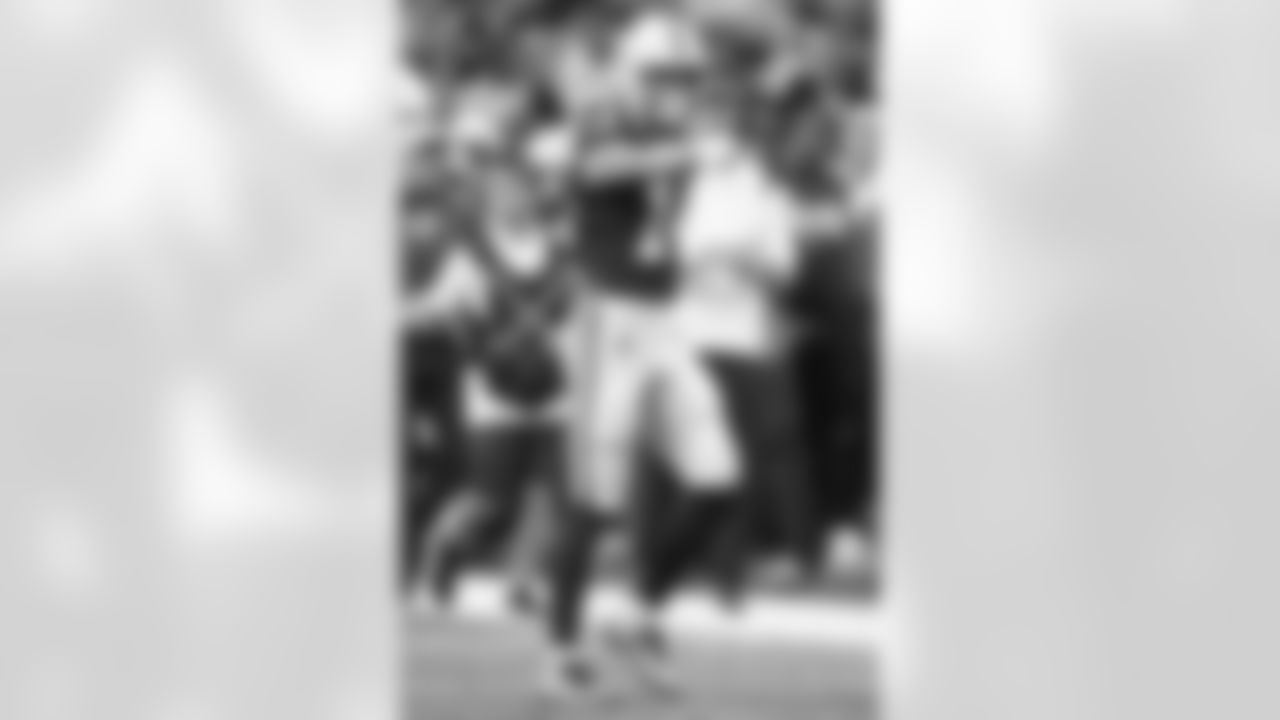
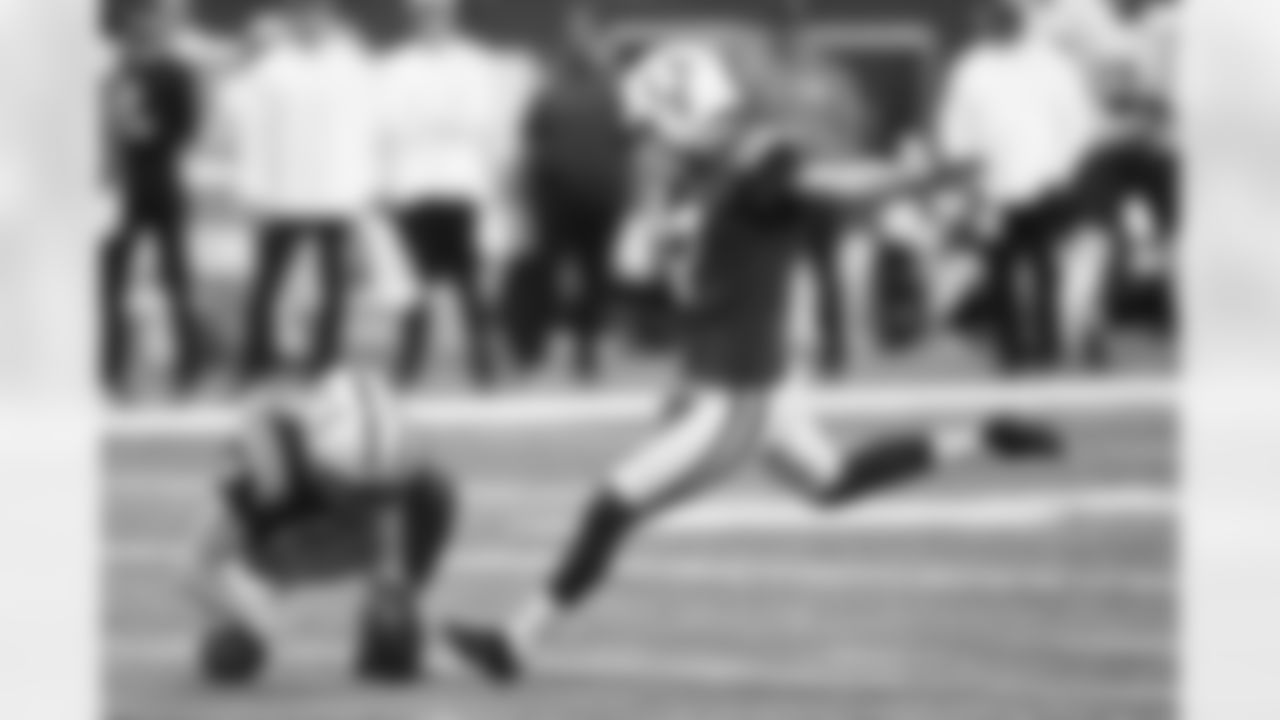
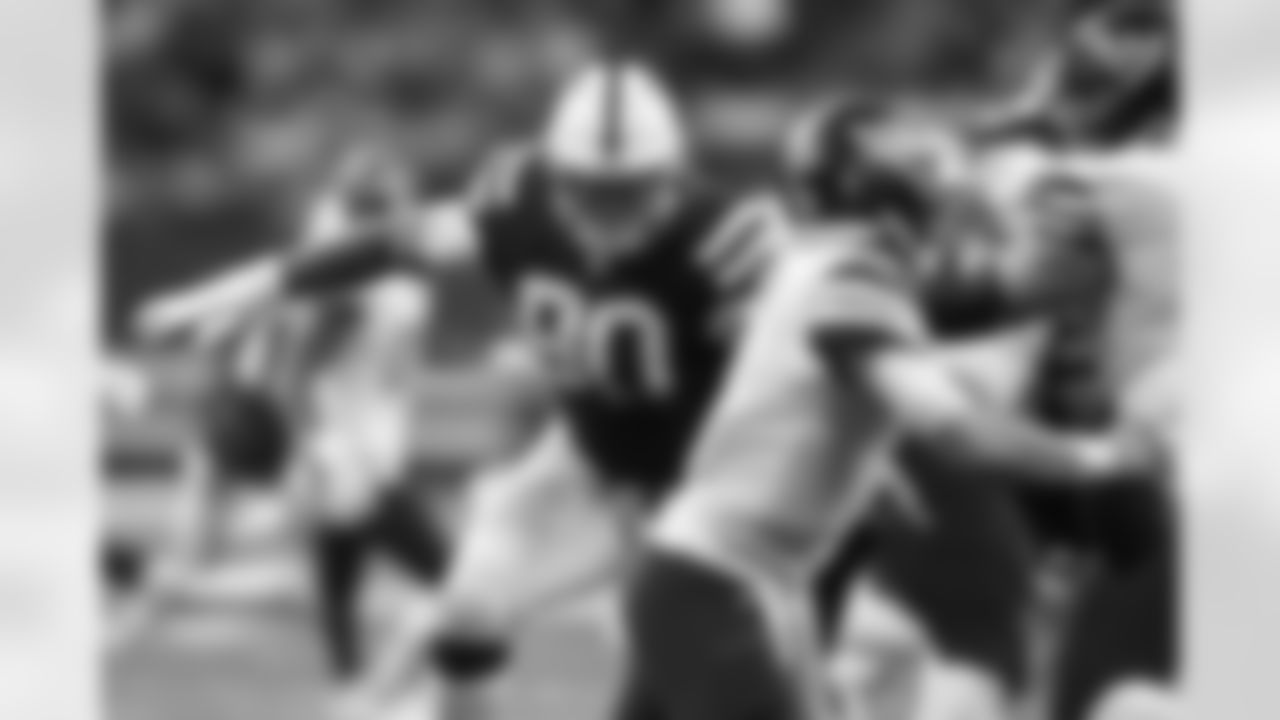
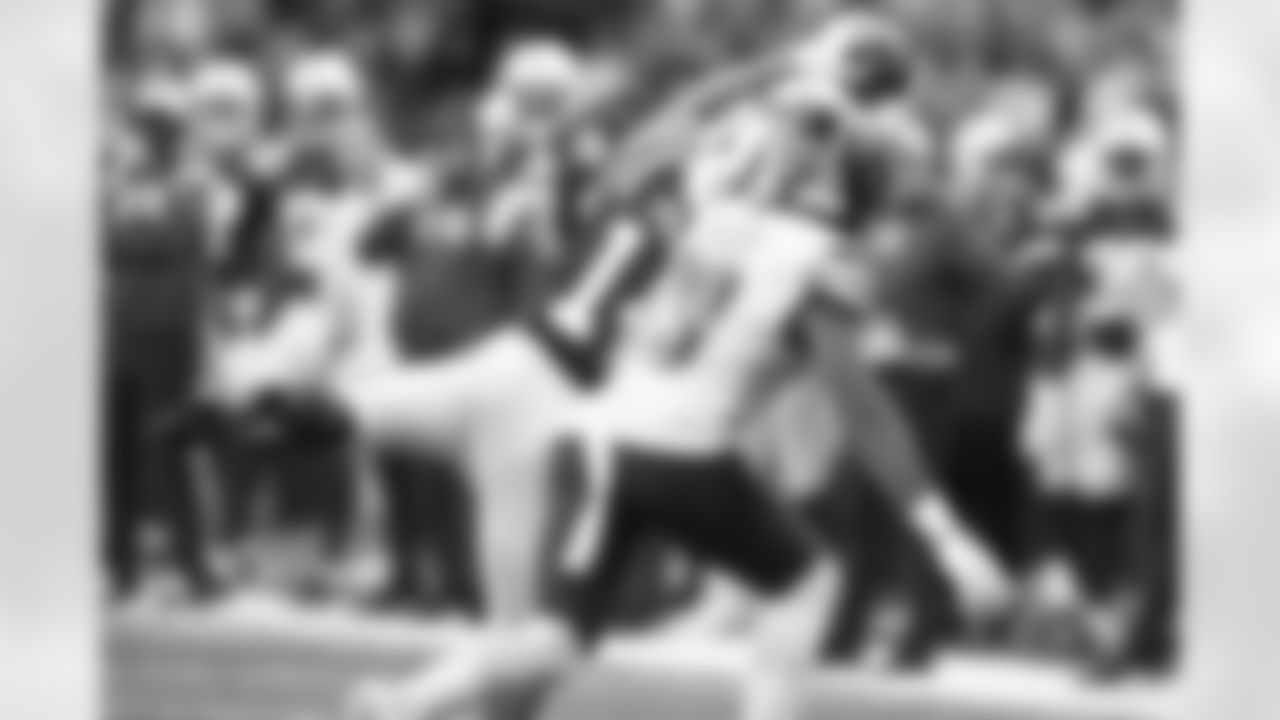

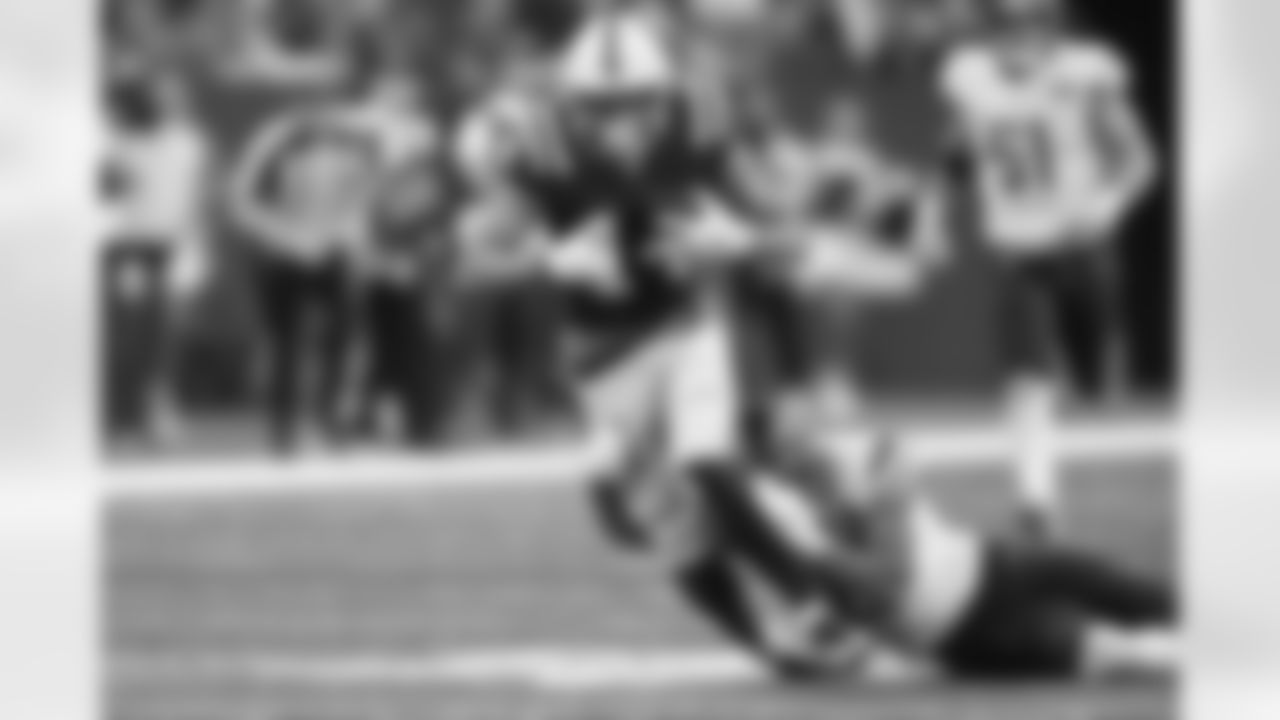
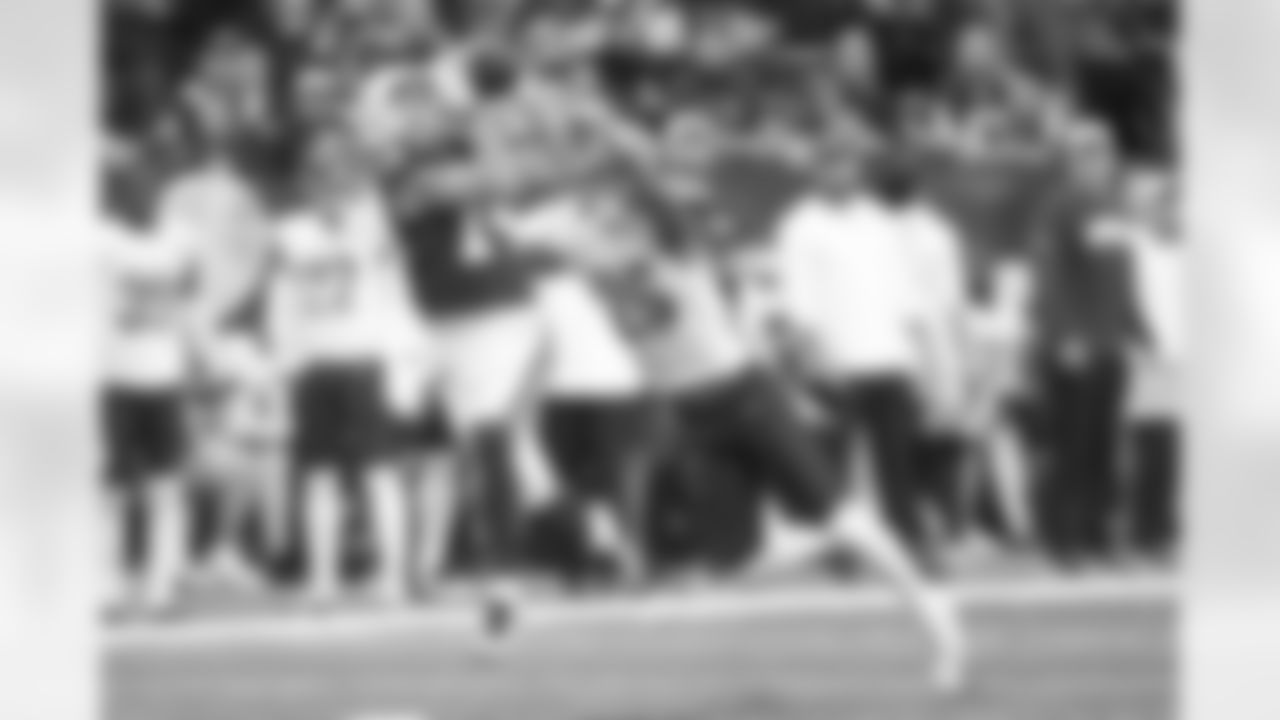
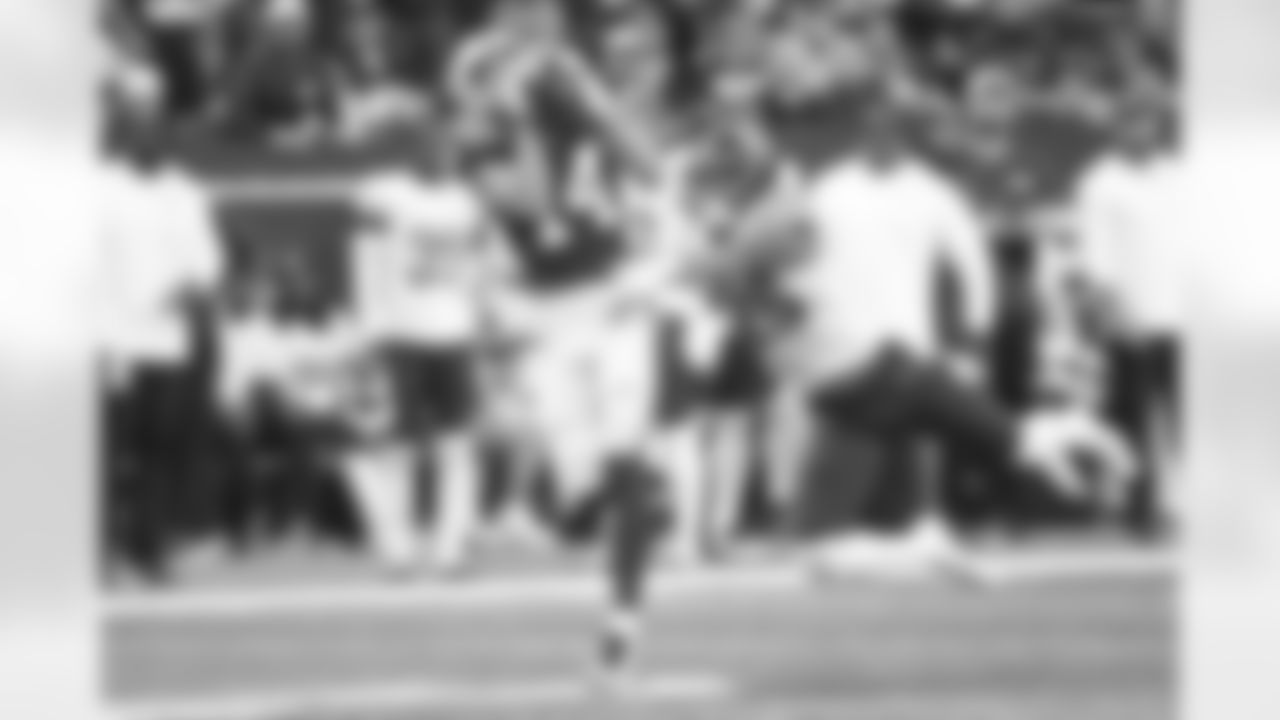
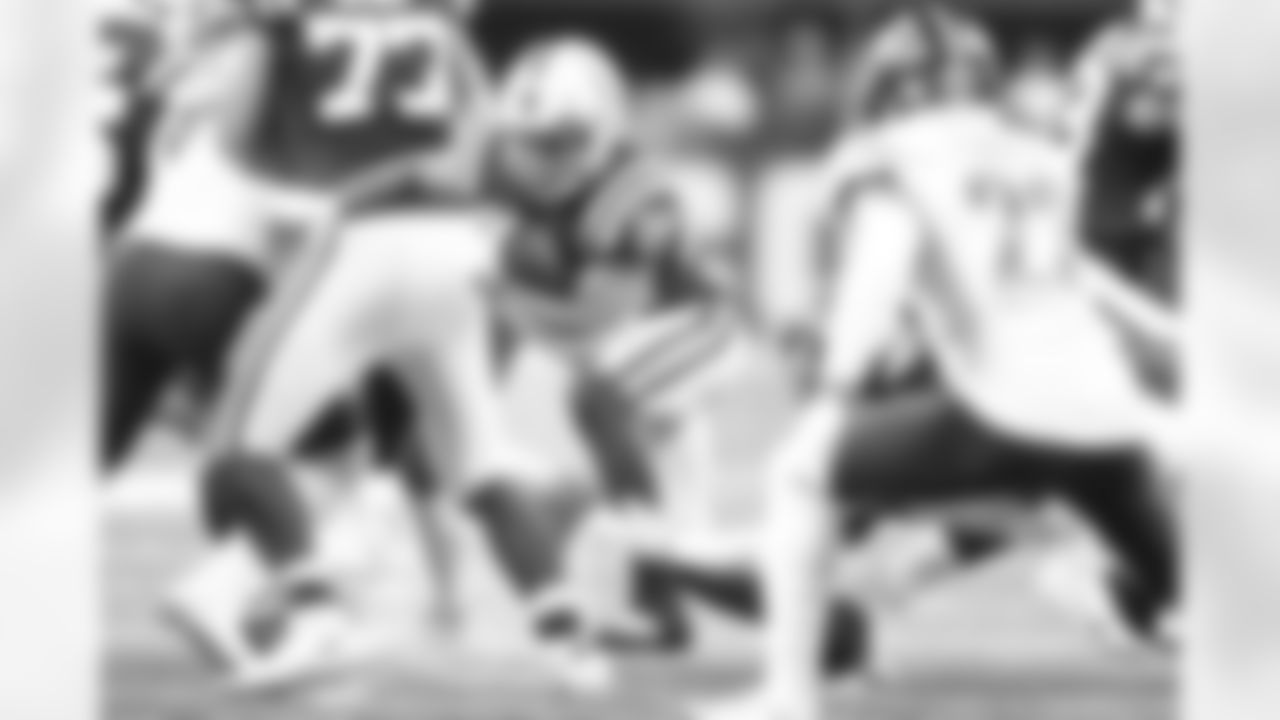

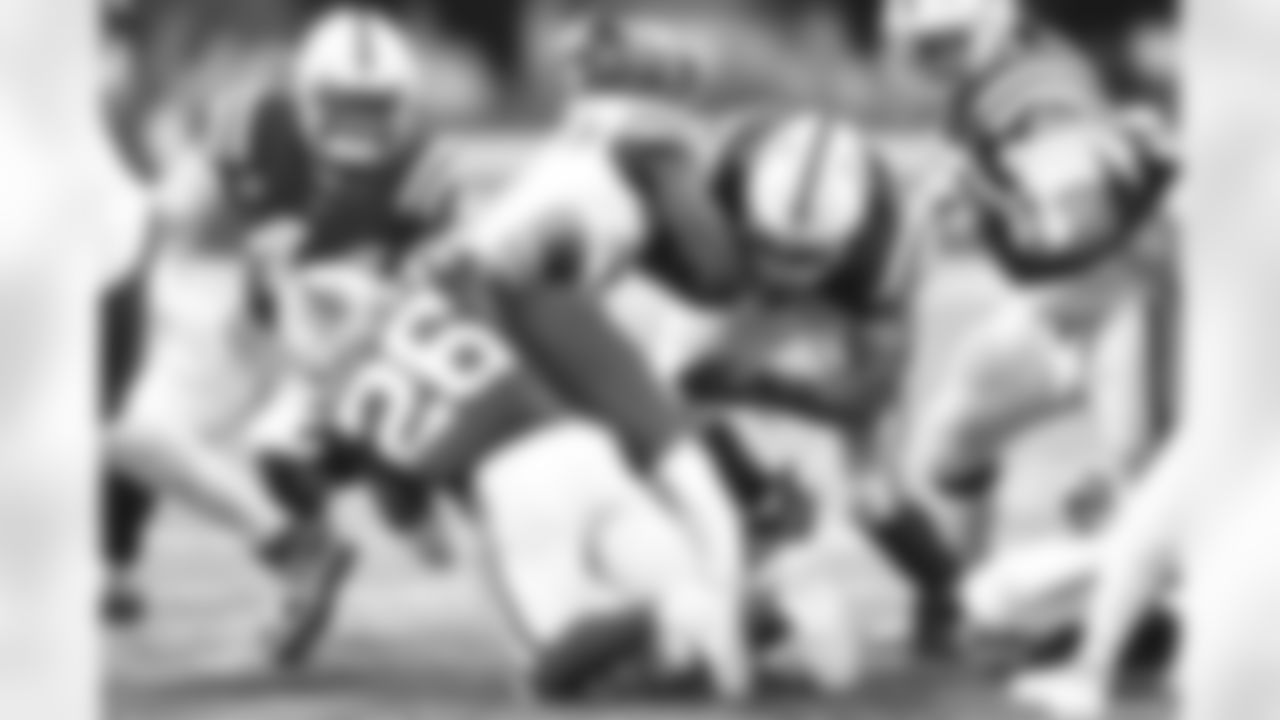
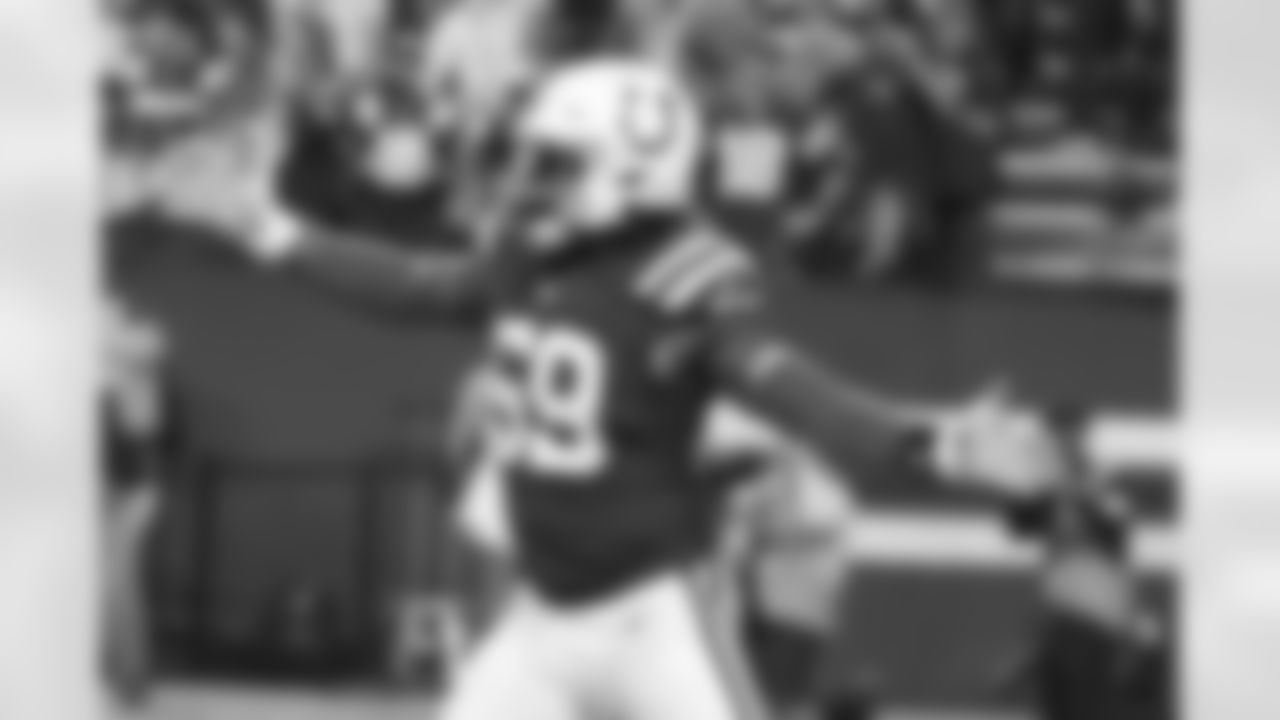
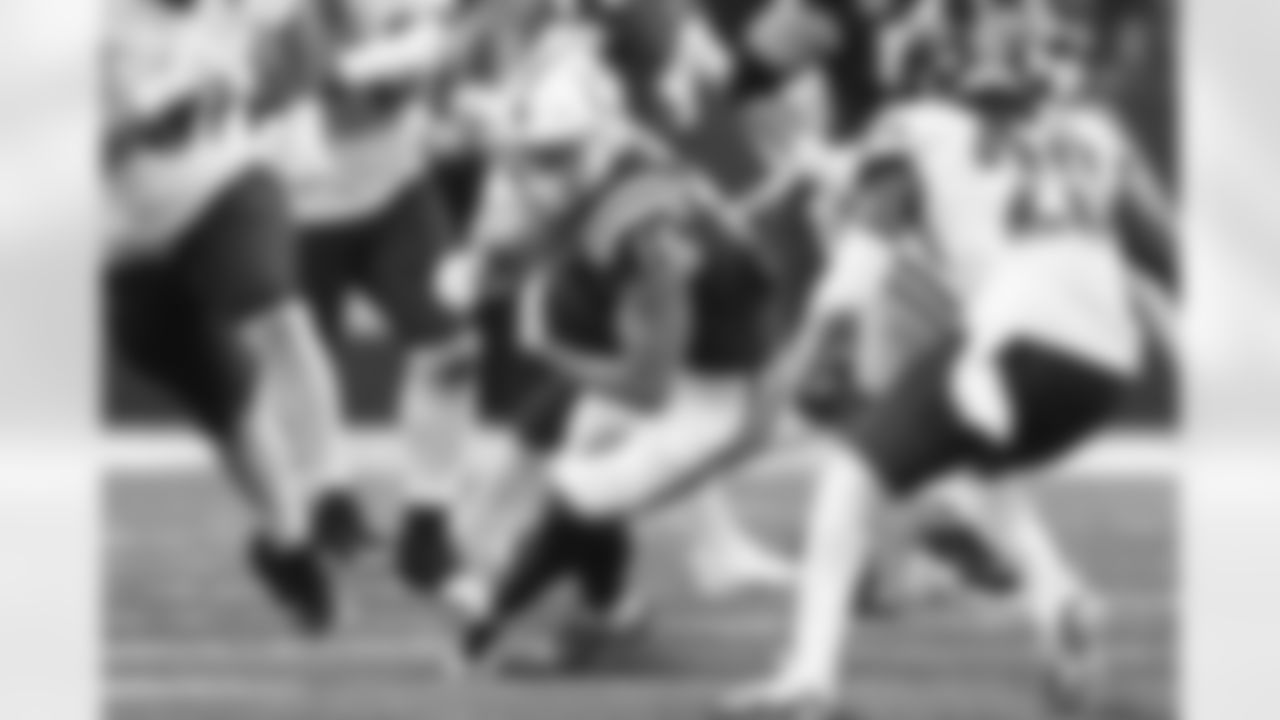
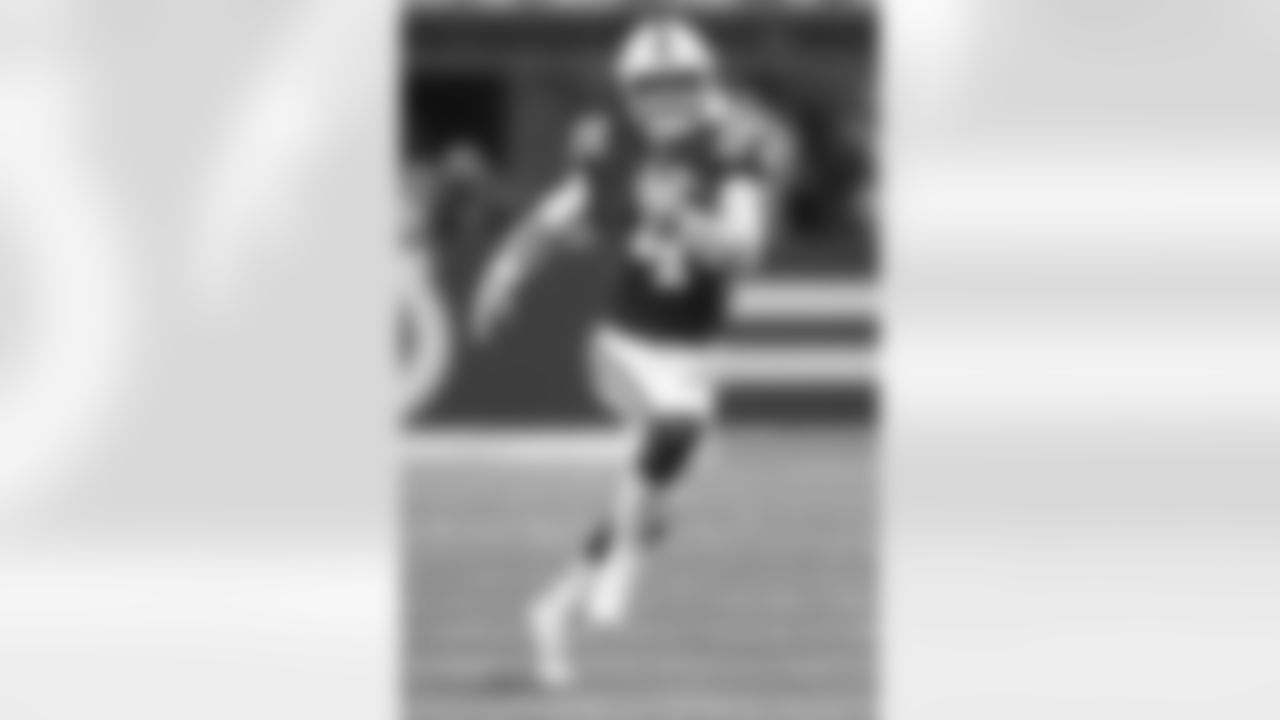
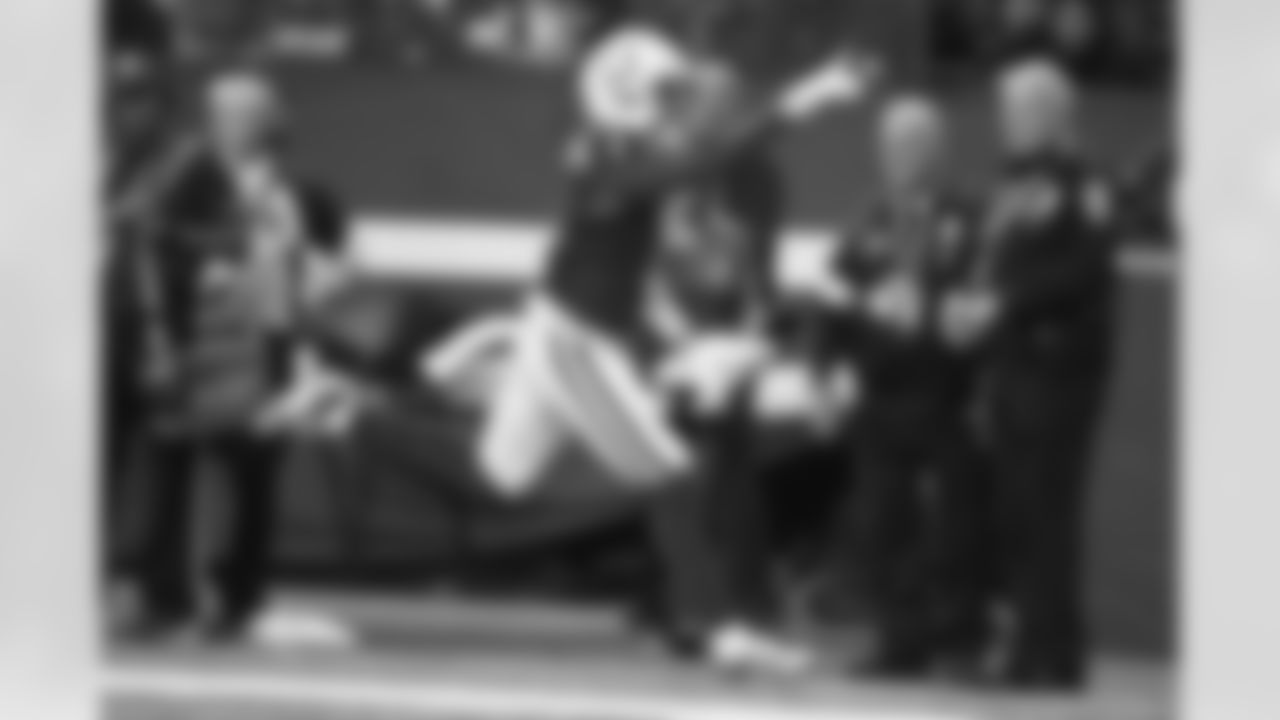
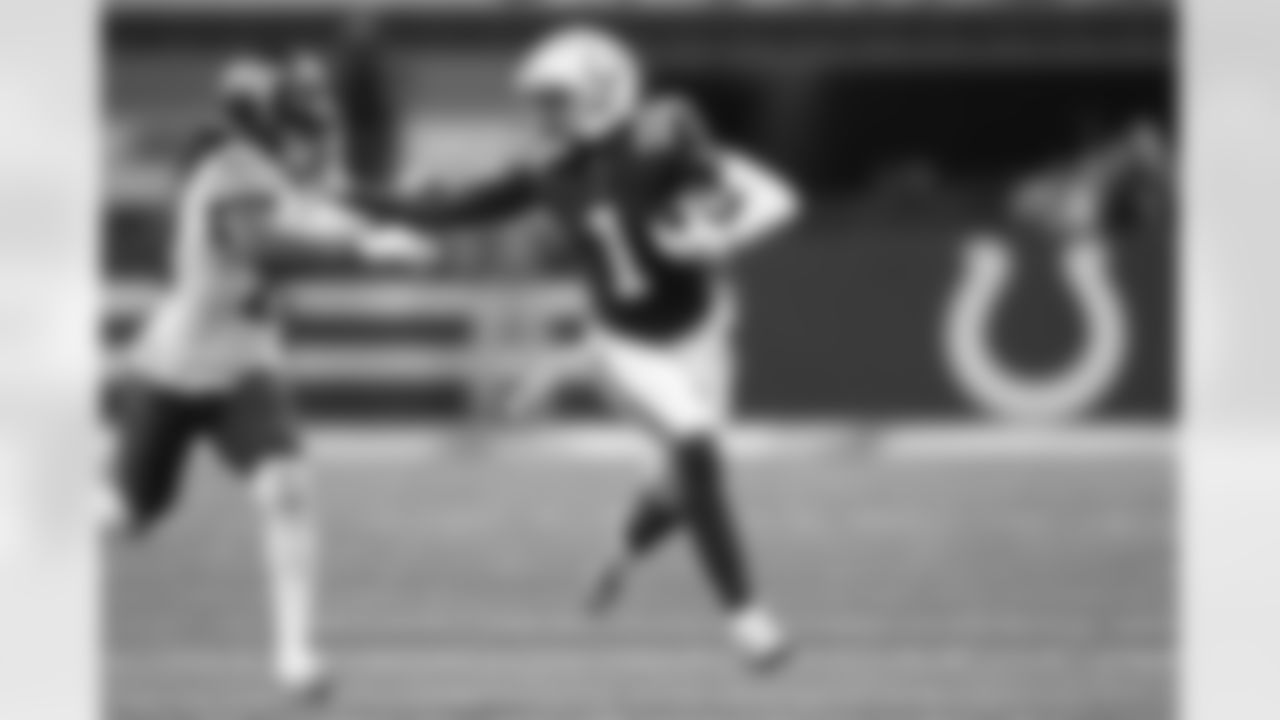
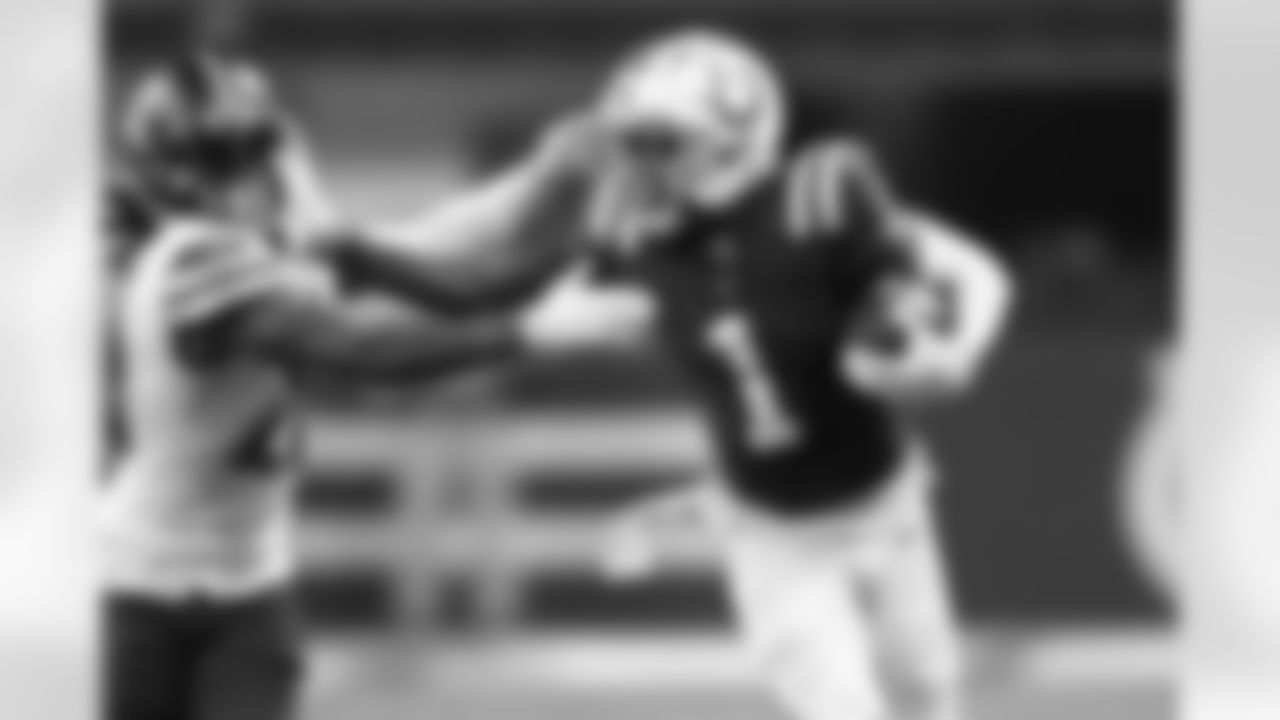
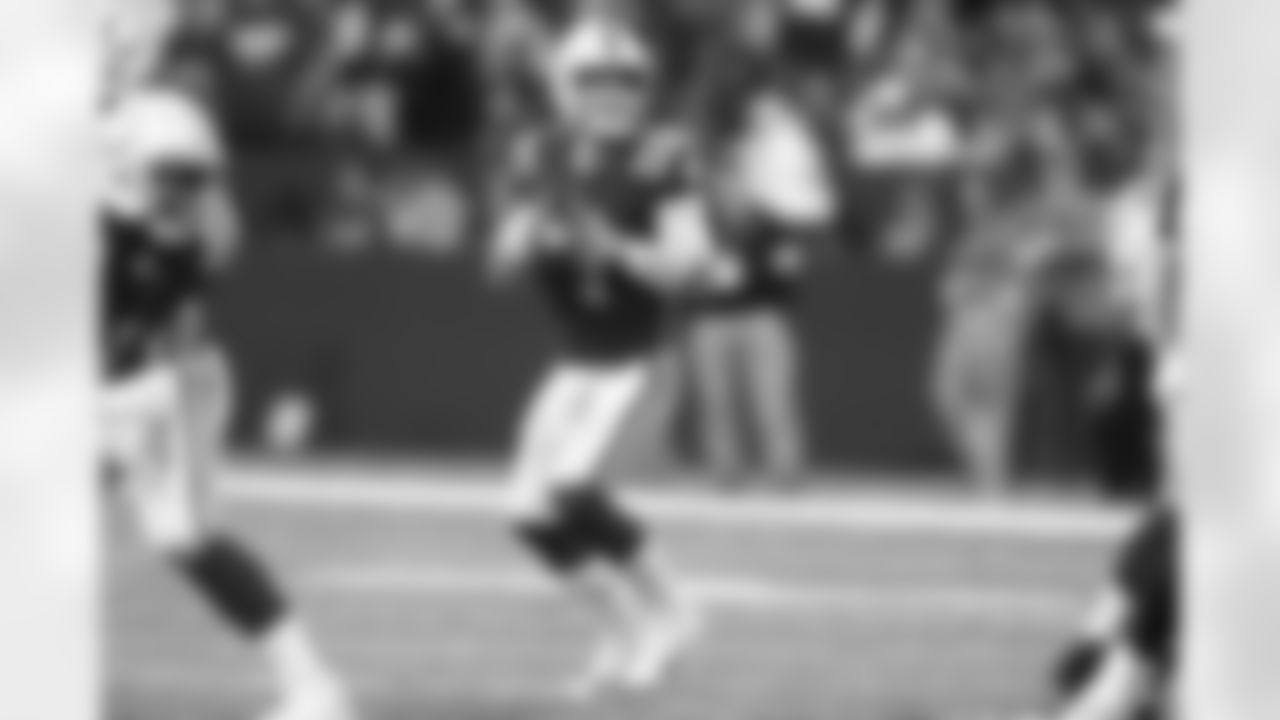
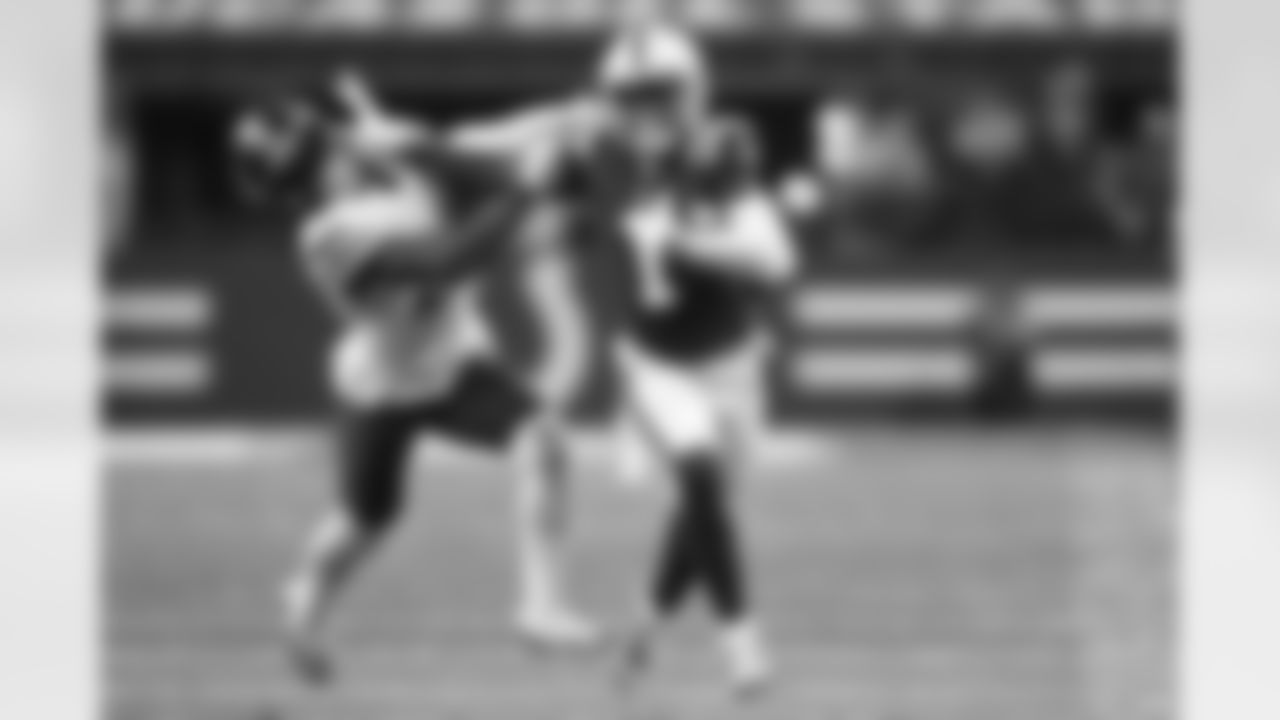

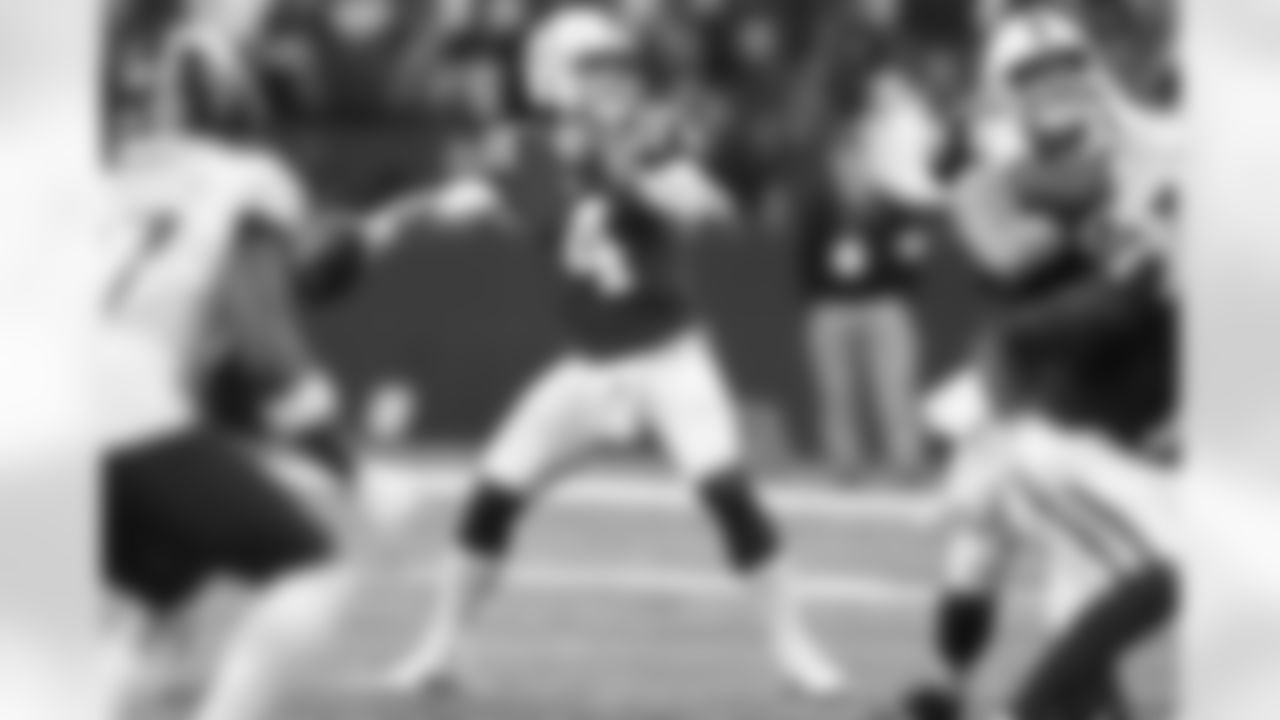


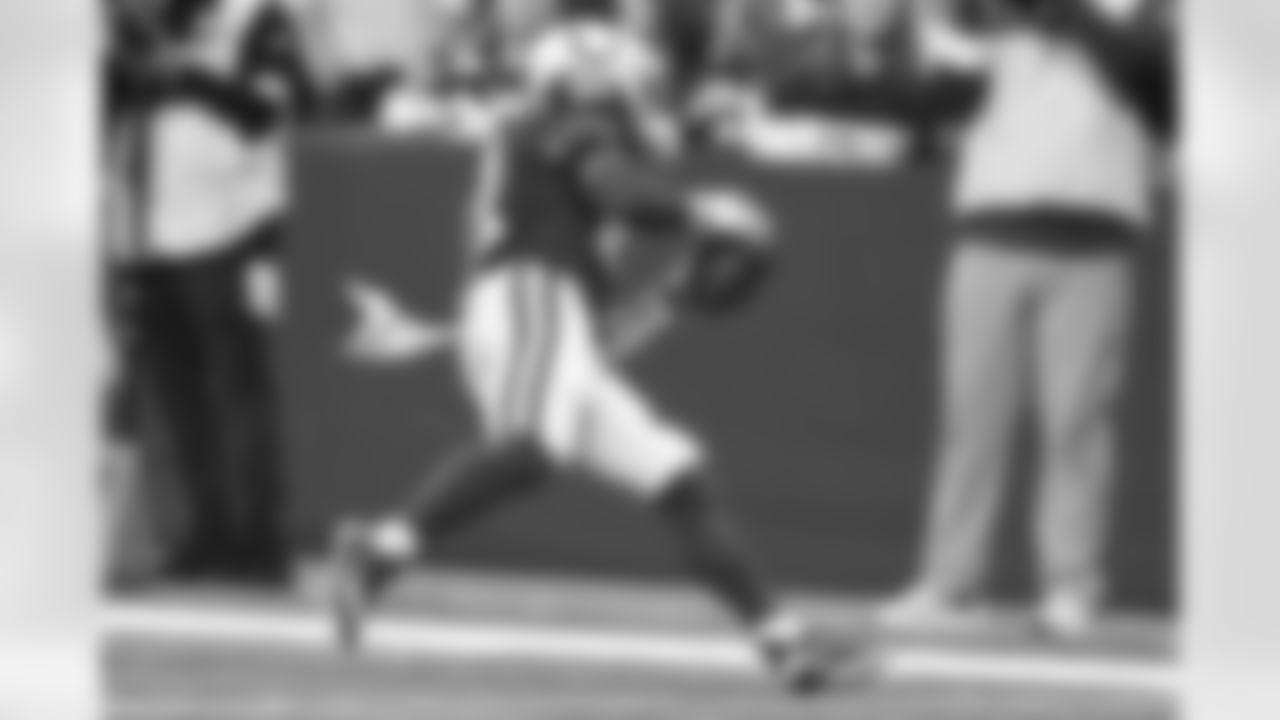
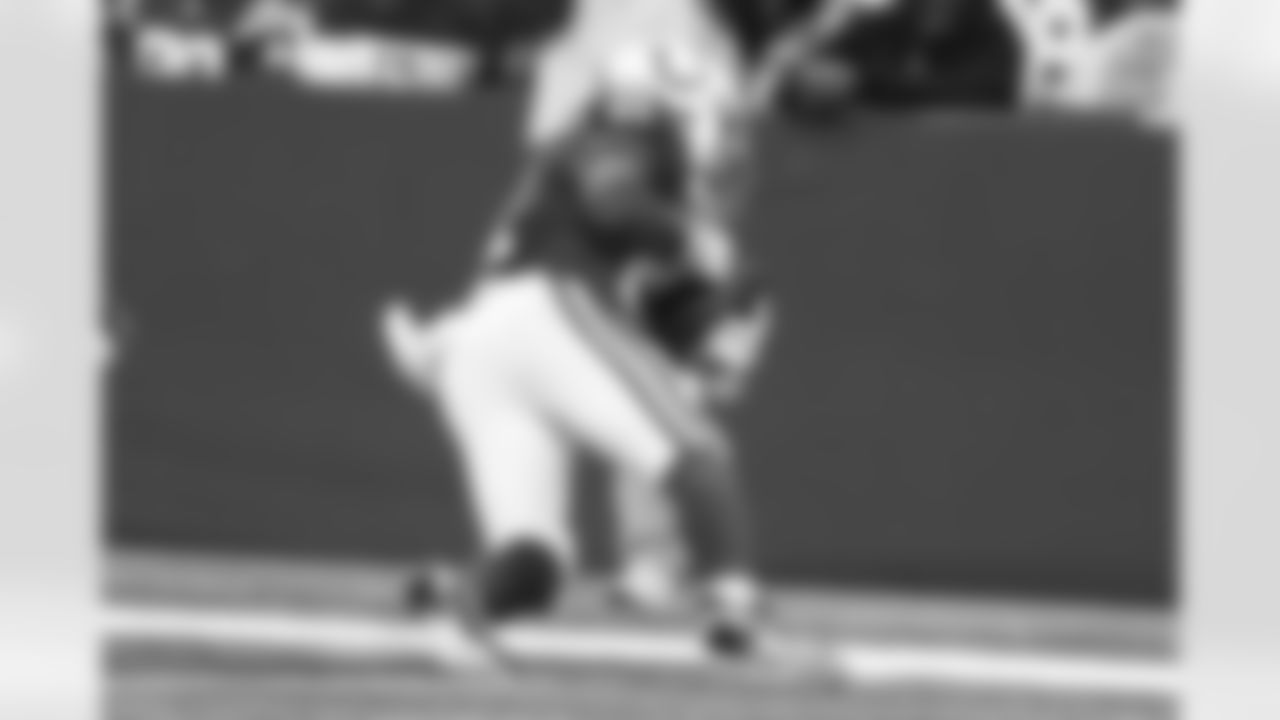


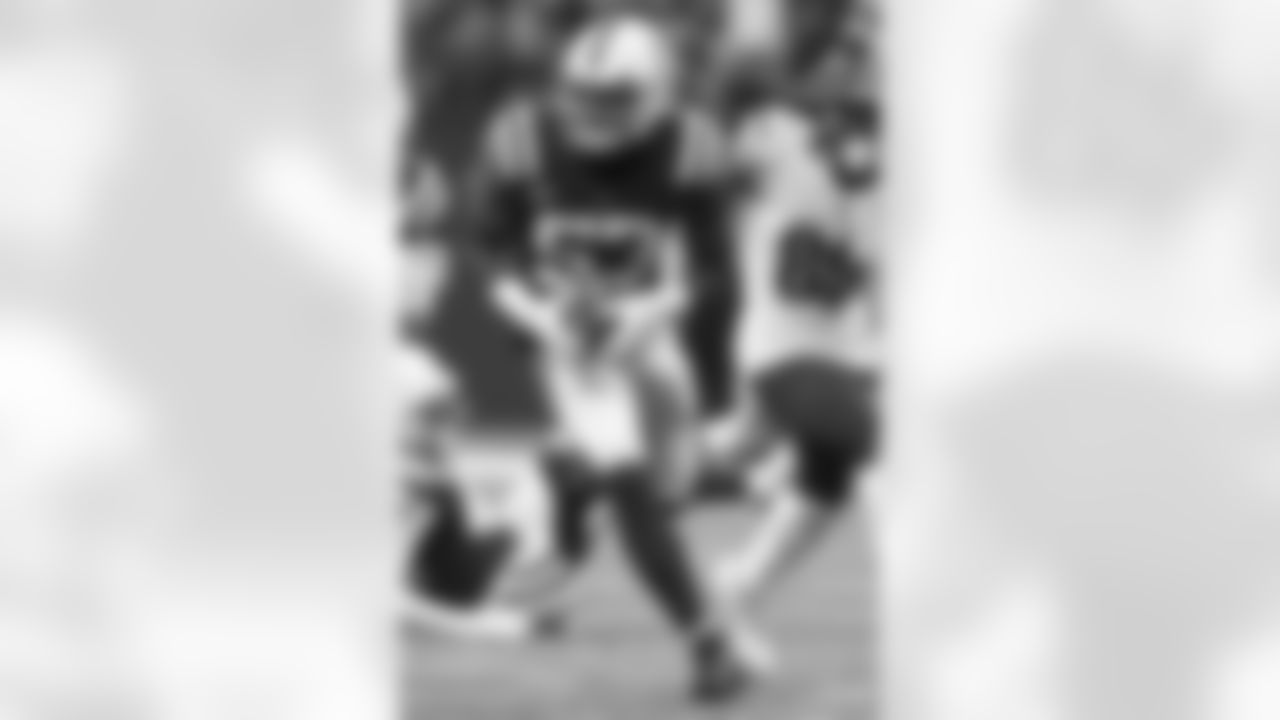
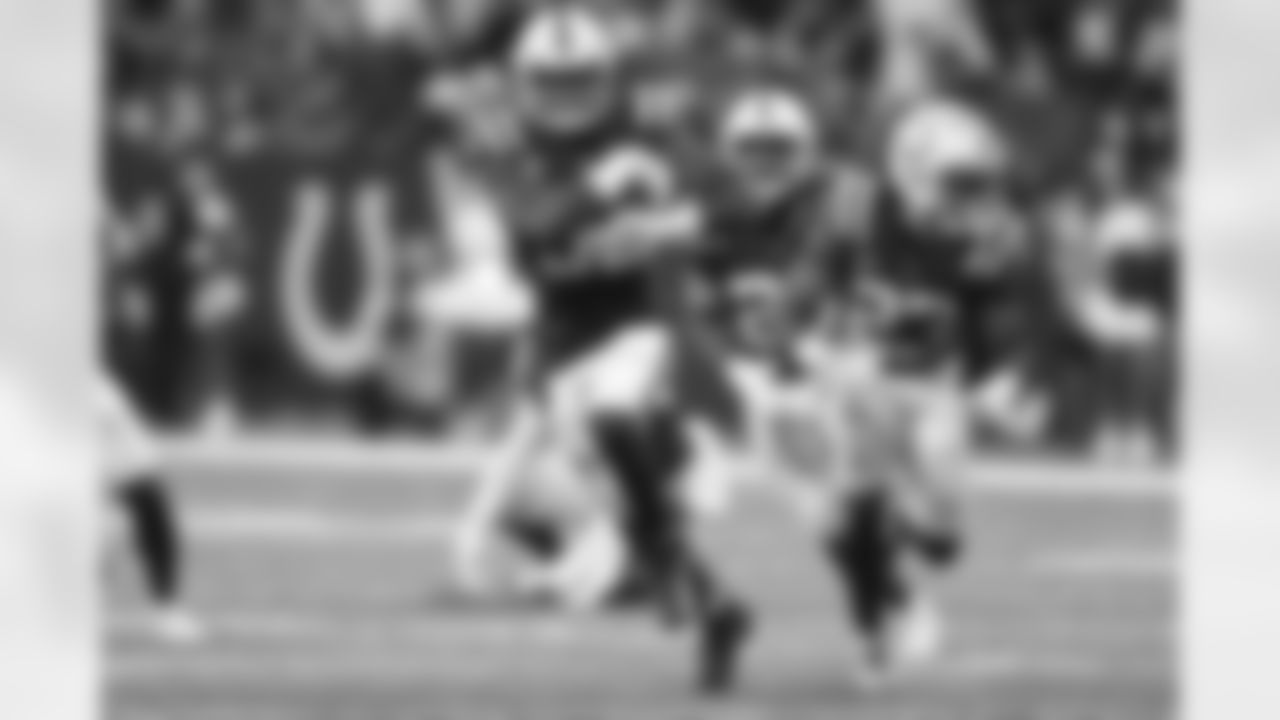
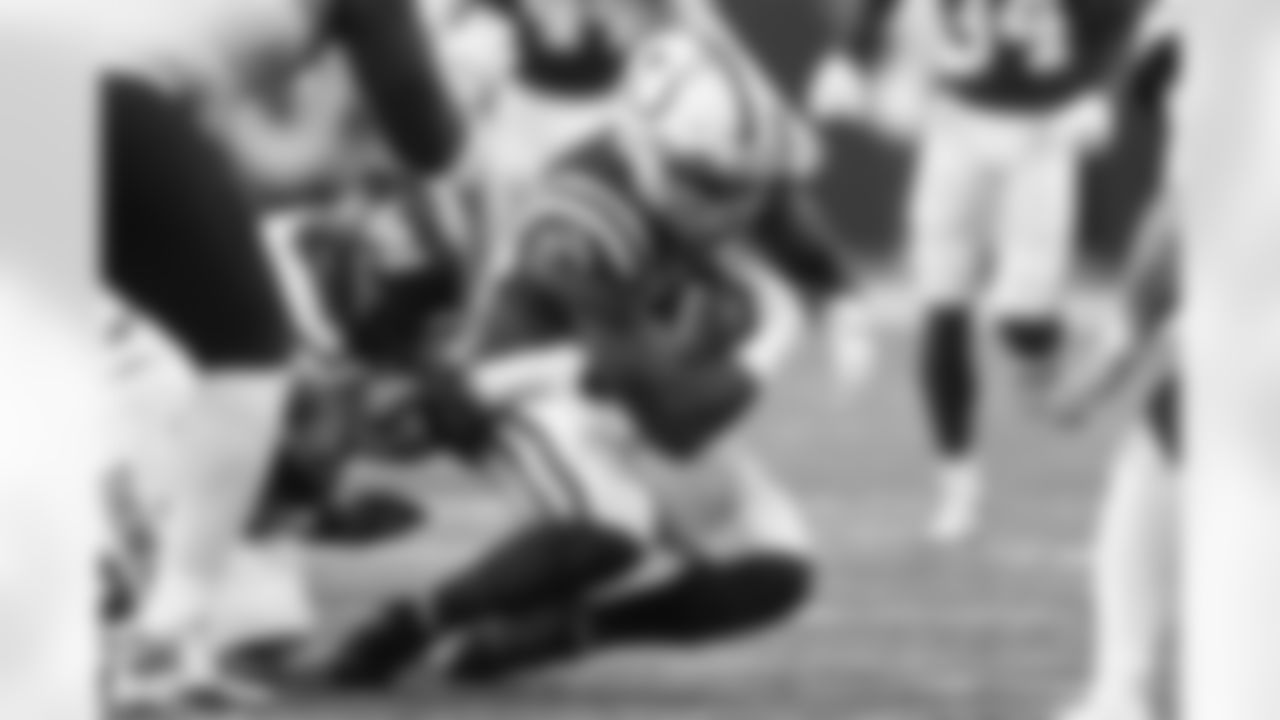
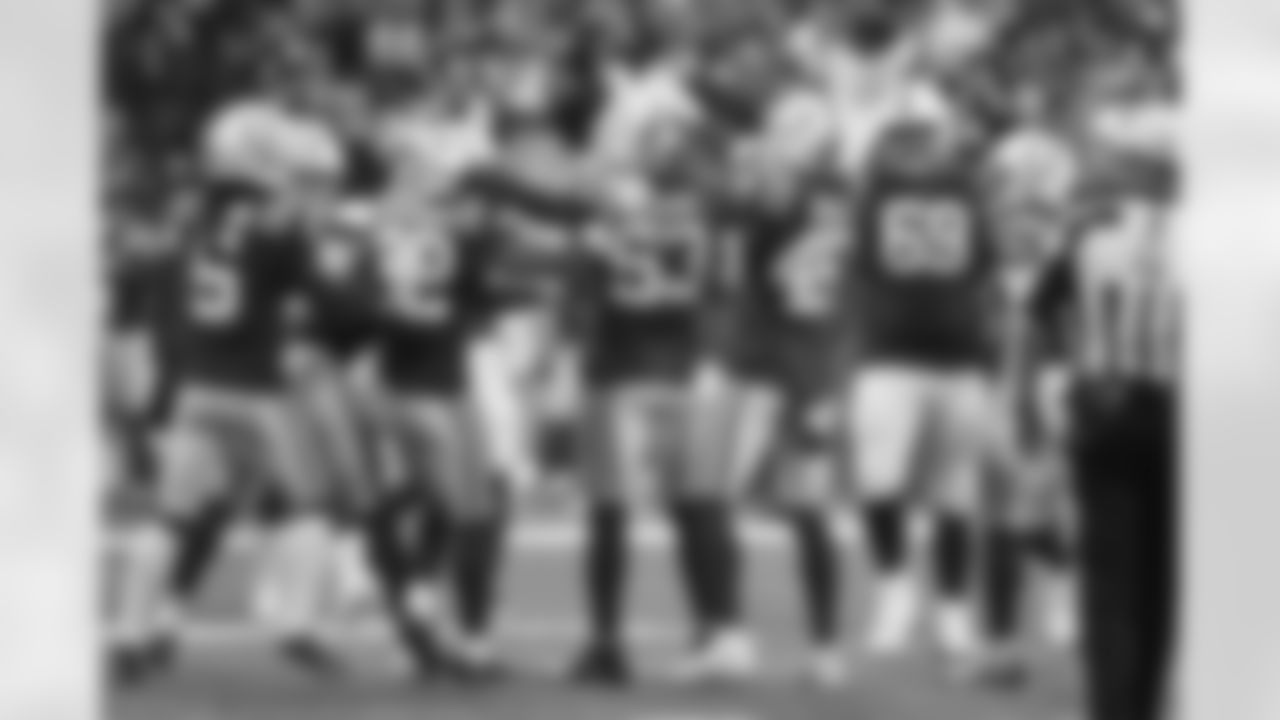
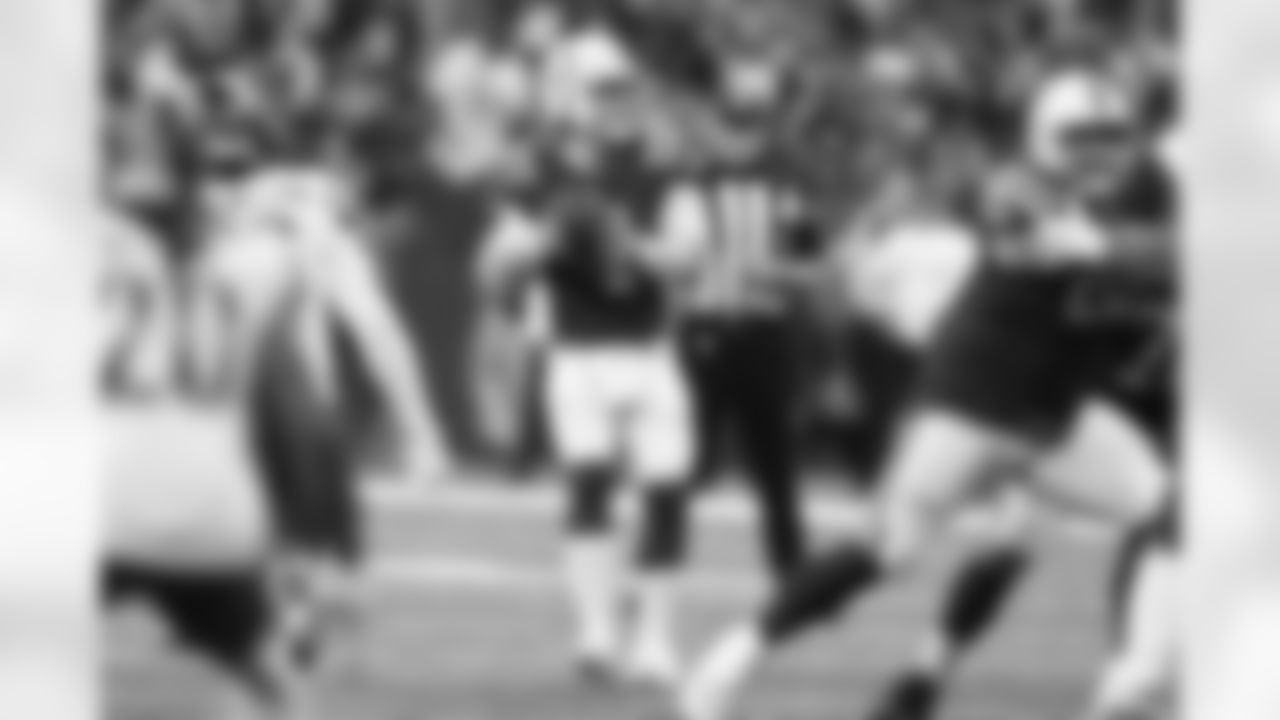
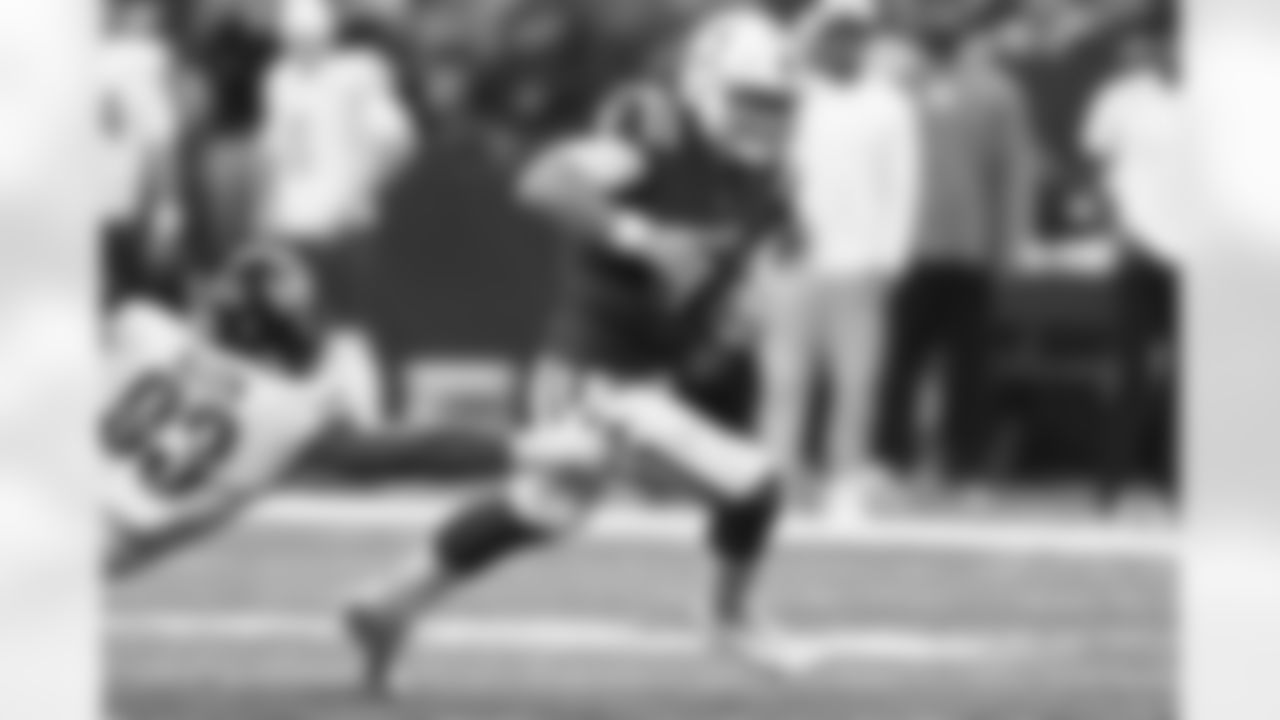
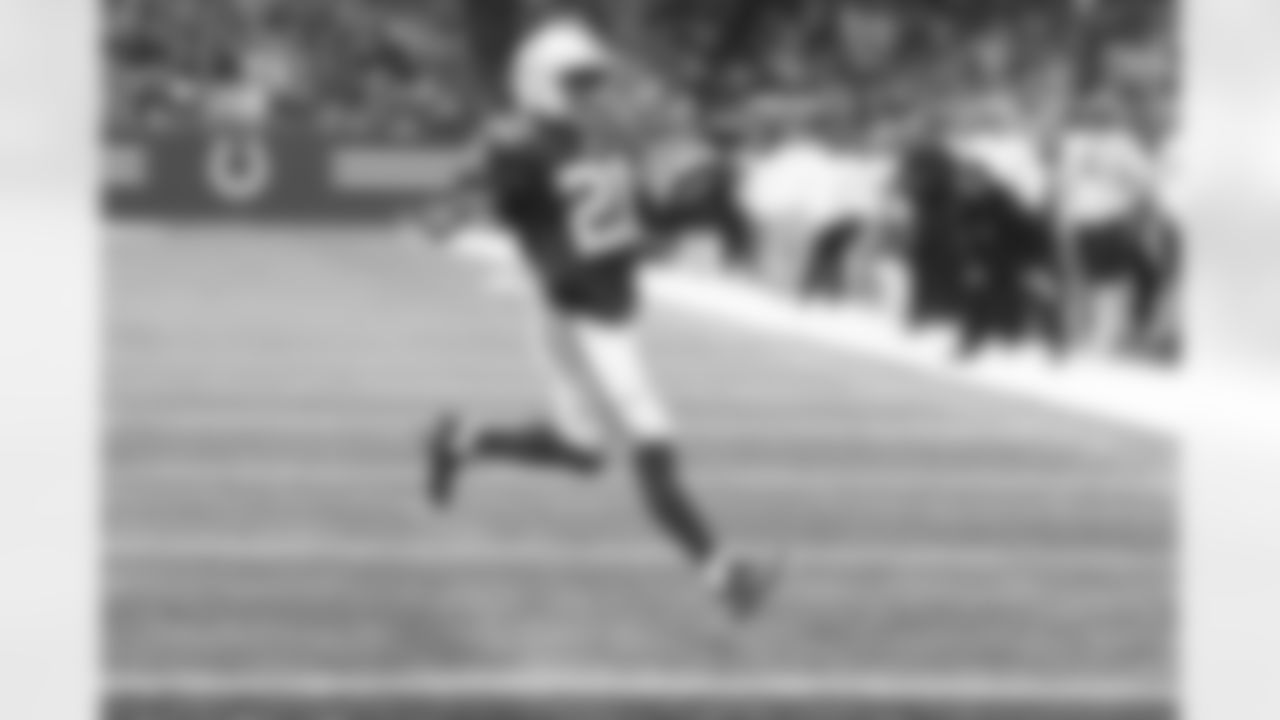
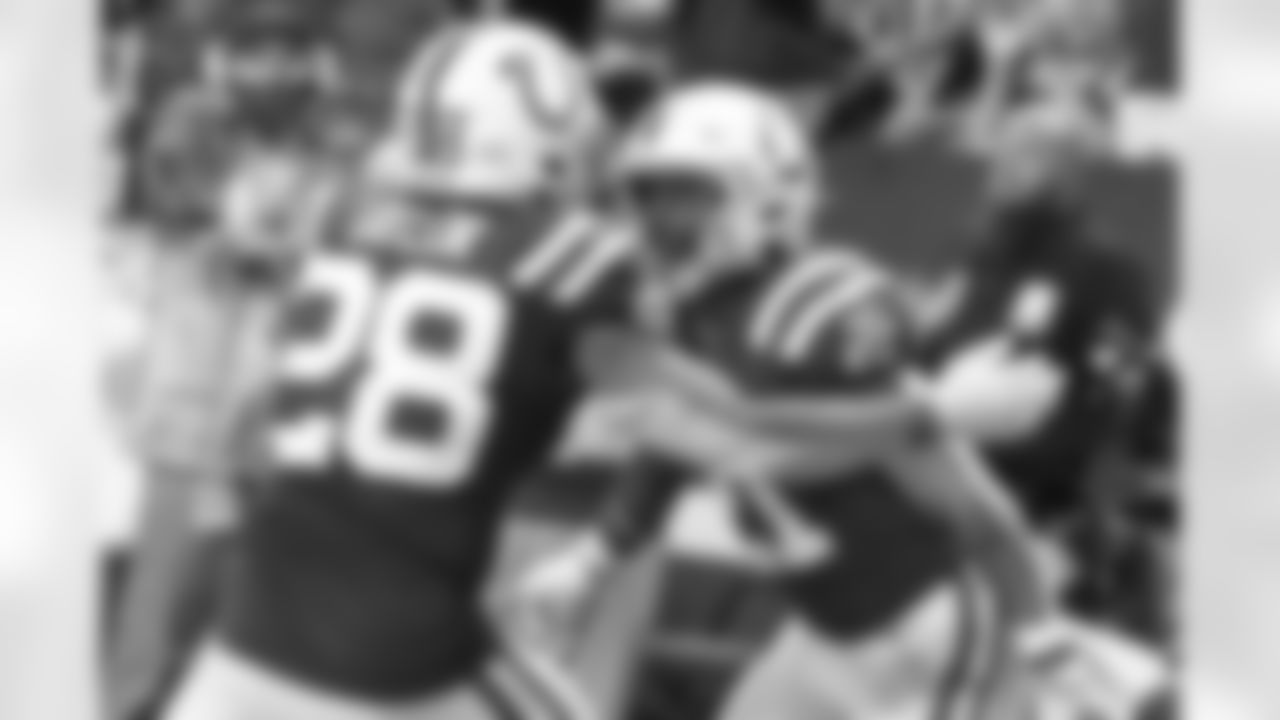

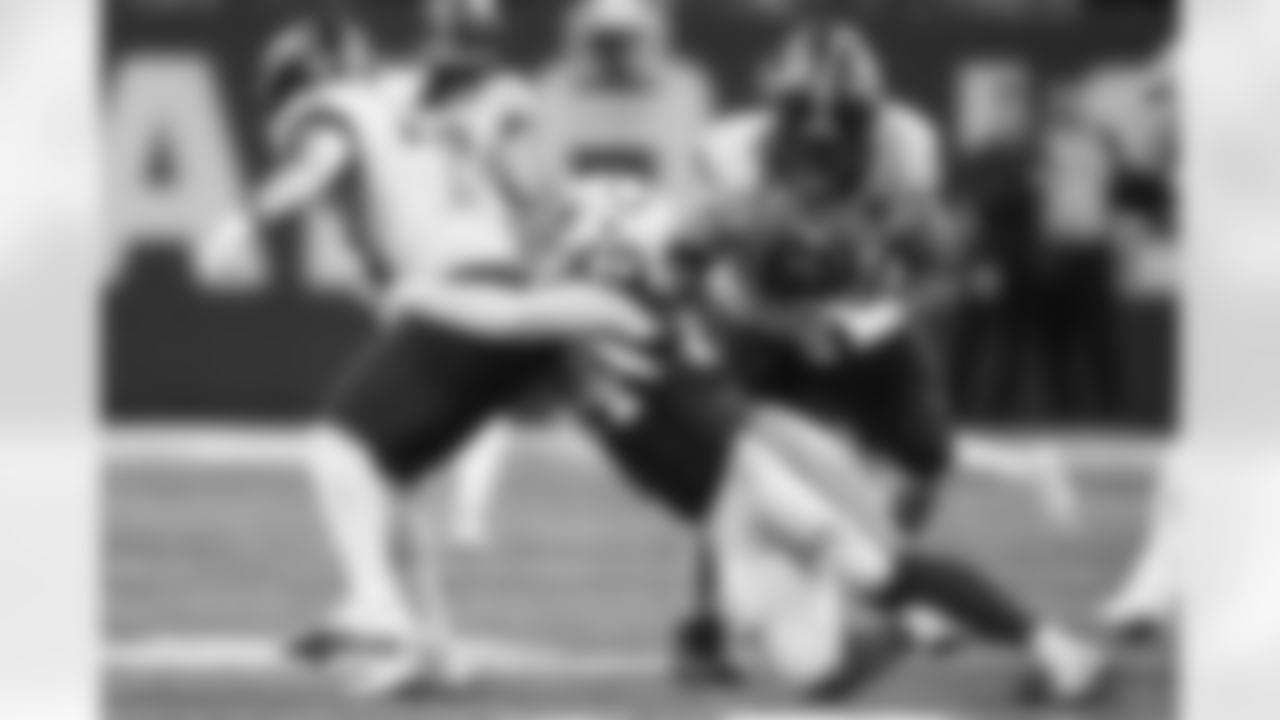

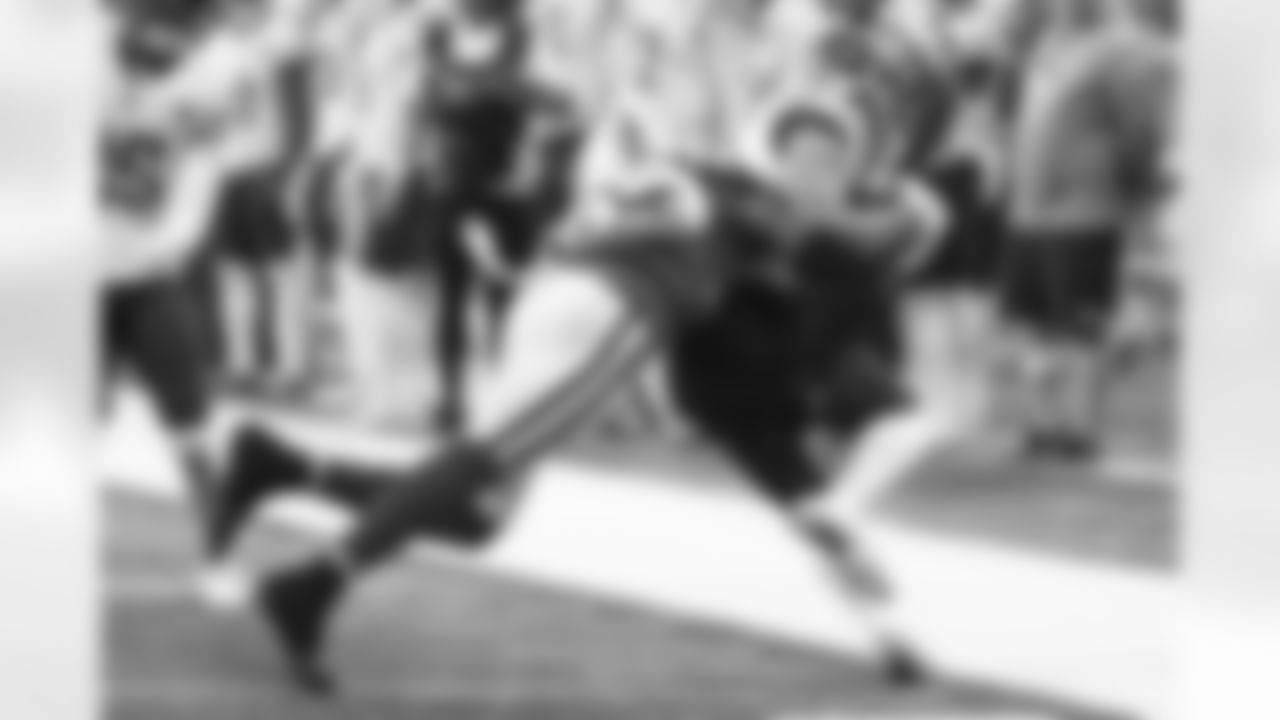
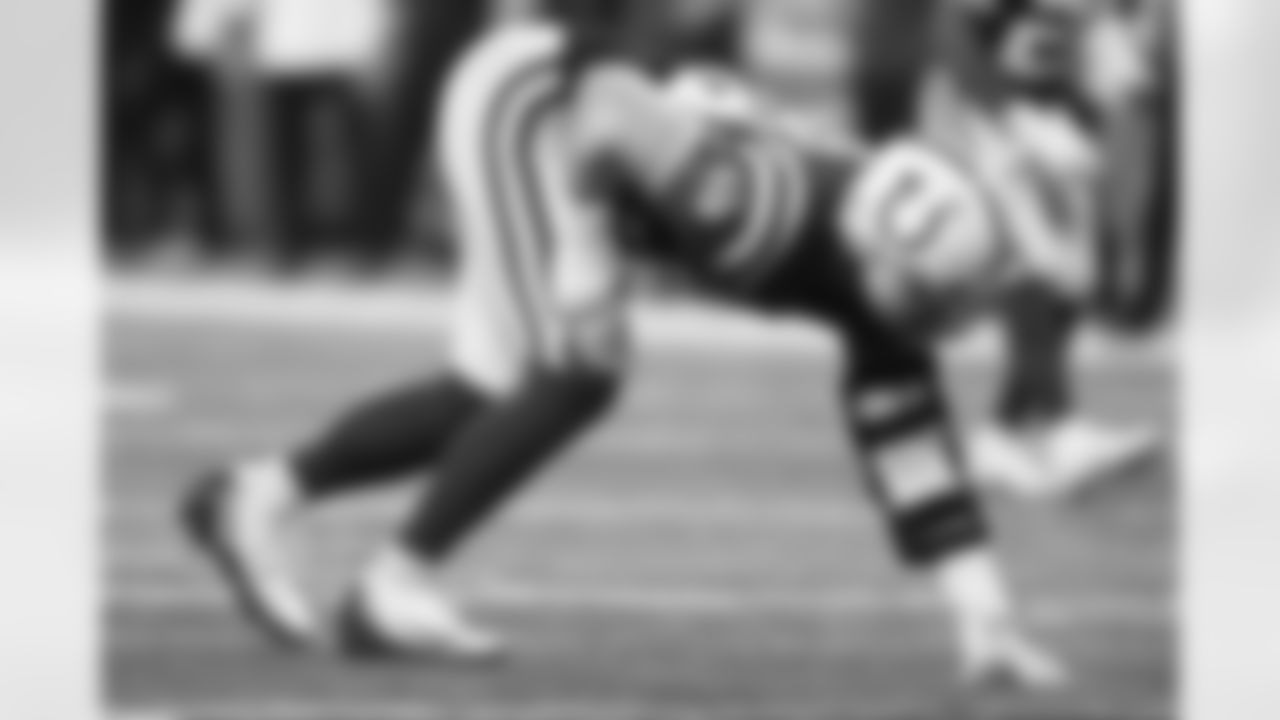
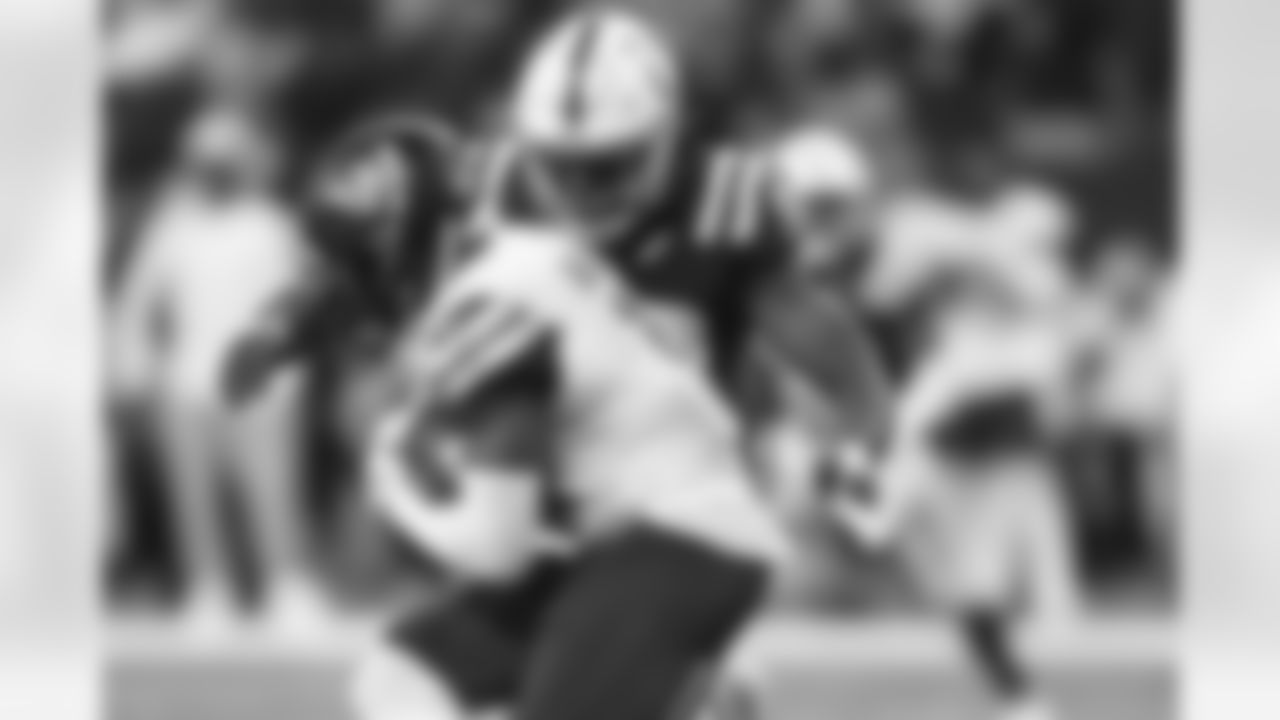
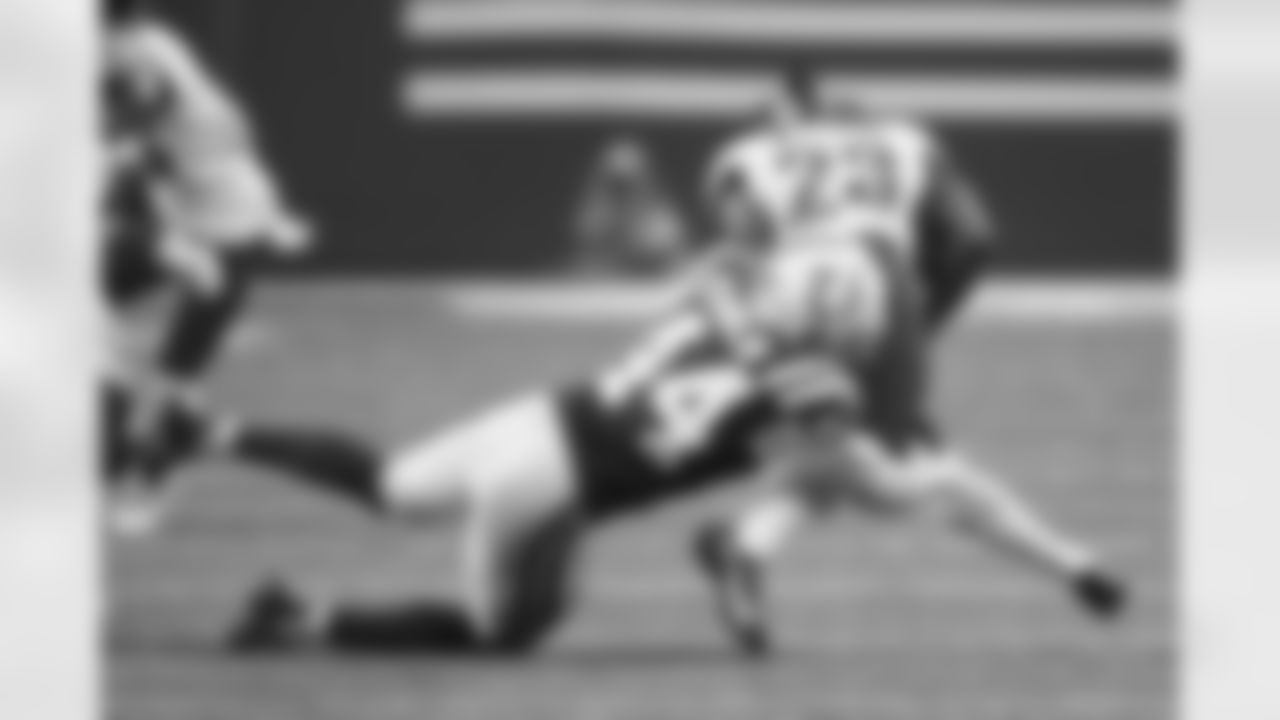
3. Parris Campbell and Alec Pierce flashed their explosive ability.
Campbell took a wide receiver screen 38 yards and accelerated for a 28-yard gain on a jet sweep, while Pierce hauled in a 47-yard deep ball from Ehlinger. A few notes on those plays:
- Campbell's 38 yards were the most gained by a Colts player on a screen since Jonathan Taylor rumbled 76 yards for a touchdown in Week 5 of the 2021 season against the Baltimore Ravens, per Pro Football Focus.
- Campbell's 28-yard rush was the longest run by a Colts wide receiver since Ashton Dulin dashed 37 yards against the New England Patriots in Week 15 of the 2021 season; it was the second-longest run by a Colts wide receiver in the last five seasons.
- Campbell also might've had a 36-yard touchdown if not for Commanders cornerback Rachad Wildgoose grabbing his left arm as Campbell got a step on him on an Ehlinger deep ball in the fourth quarter. Campbell, though, drew pass interference to set up Hines' six-yard touchdown run.
- Pierce's 47-yard catch was the longest completion by the Colts since Dulin hauled in a 62-yard touchdown in Week 12 of the 2021 season against the Tampa Bay Buccaneers.
- Pierce now has receptions on both of his targets that've traveled over 40 yards beyond the line of scrimmage (the other came in Week 4 against the Tennessee Titans). He's the only player on the Colts to be targeted at least 40 yards downfield in 2022.
"We showed that we can be an explosive offense," Ehlinger said. "We had explosive plays. And we just got to keep building from here."
4. Shaquille Leonard's return was felt by the defense.
Leonard played 24 of 61 snaps while on a planned pitch count in his second game of the season, and first game since Week 4.
But Leonard's interception of Taylor Heinicke in the fourth quarter looked like a major momentum-shifter; the Colts scored their only touchdown of the game after it to go up 16-7.
With defensive end Tyquan Lewis applying tremendous pressure, Heinicke fluttered a pass into the waiting arms of Leonard, who notched his 12th career interception.
"That's what he does," Reich said. "I know it just came right into his hands, but how does that happen to him? He just seems to be at the right place at the right time."
The Colts will continue to work Leonard back into their defense, but Reich said Friday the goal was to get Leonard back on the field even if it were in limited fashion. Because the kind of impact Leonard can make – like with the interception, and the energy and intensity he brings to the entire team – is significant.
Colts alumni return to Lucas Oil Stadium to celebrate Tarik Glenn's induction into the Colts Ring of Honor.







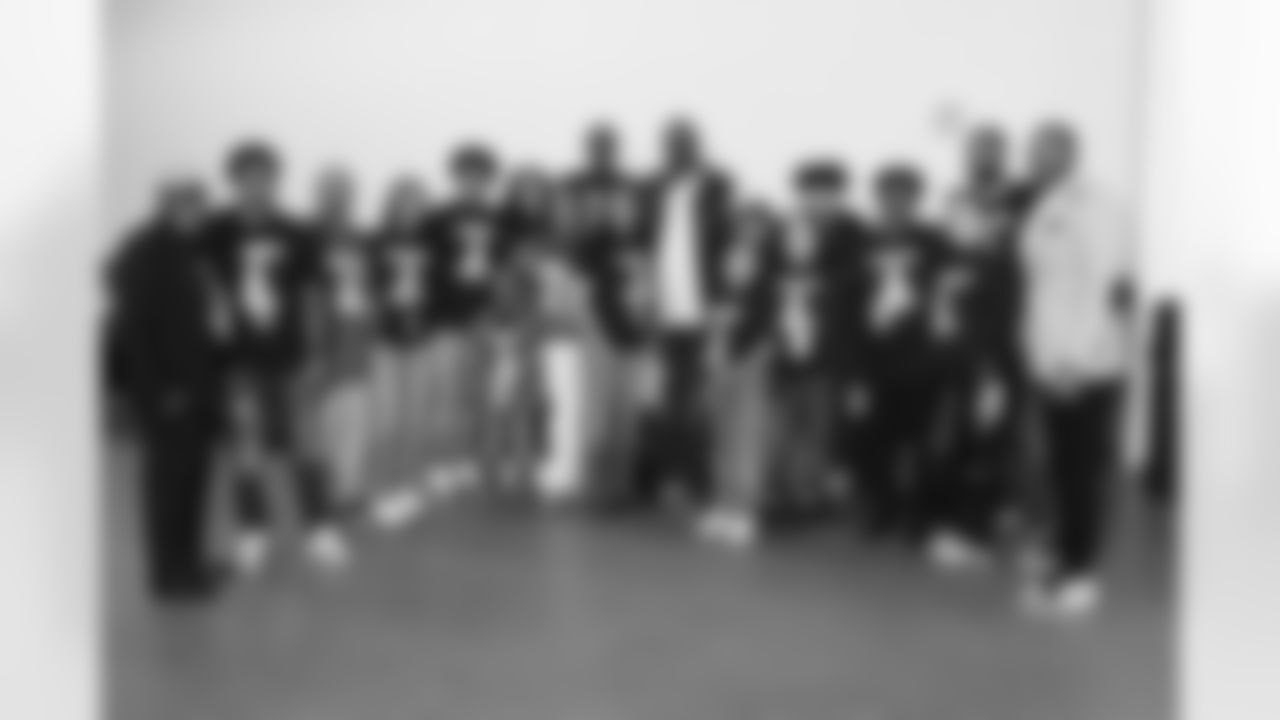


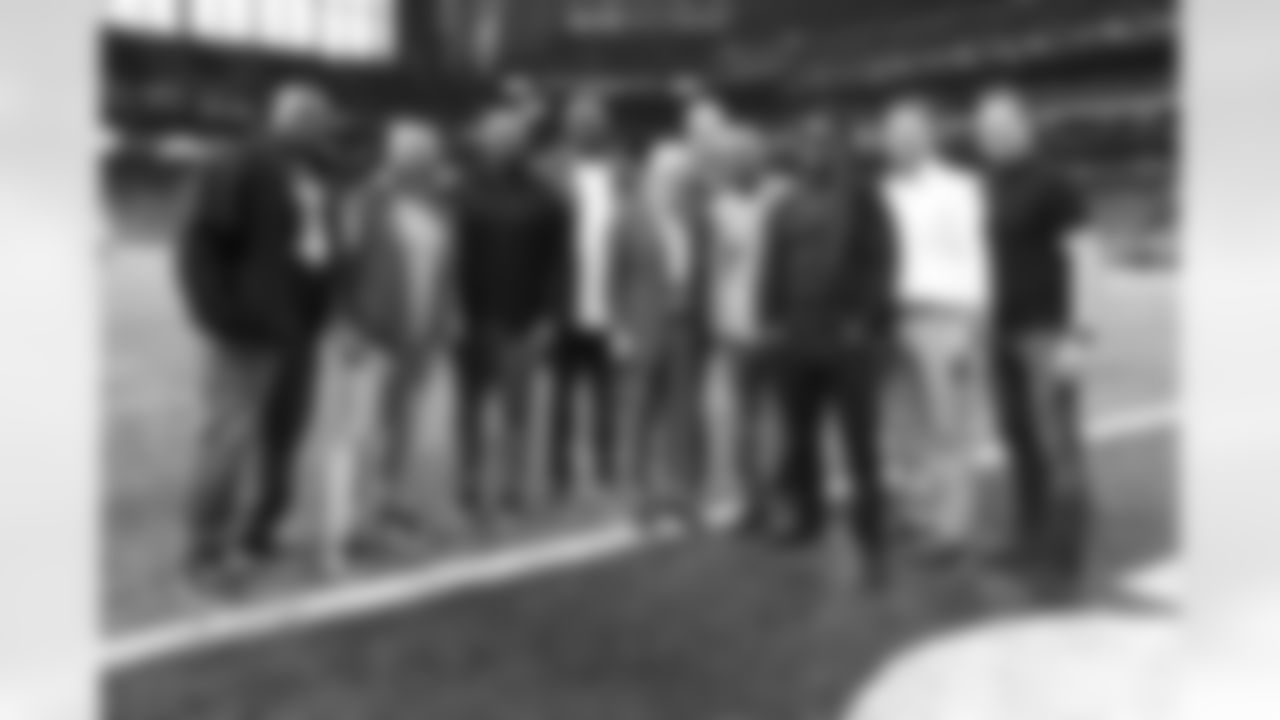










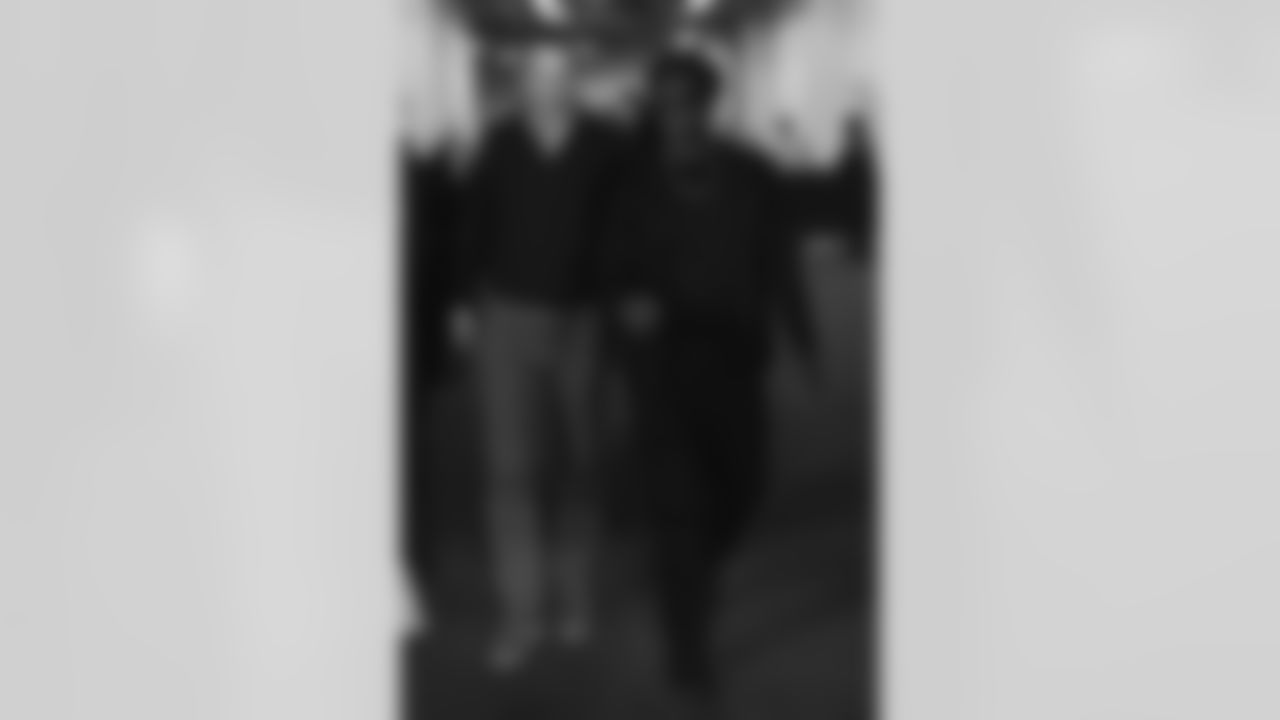












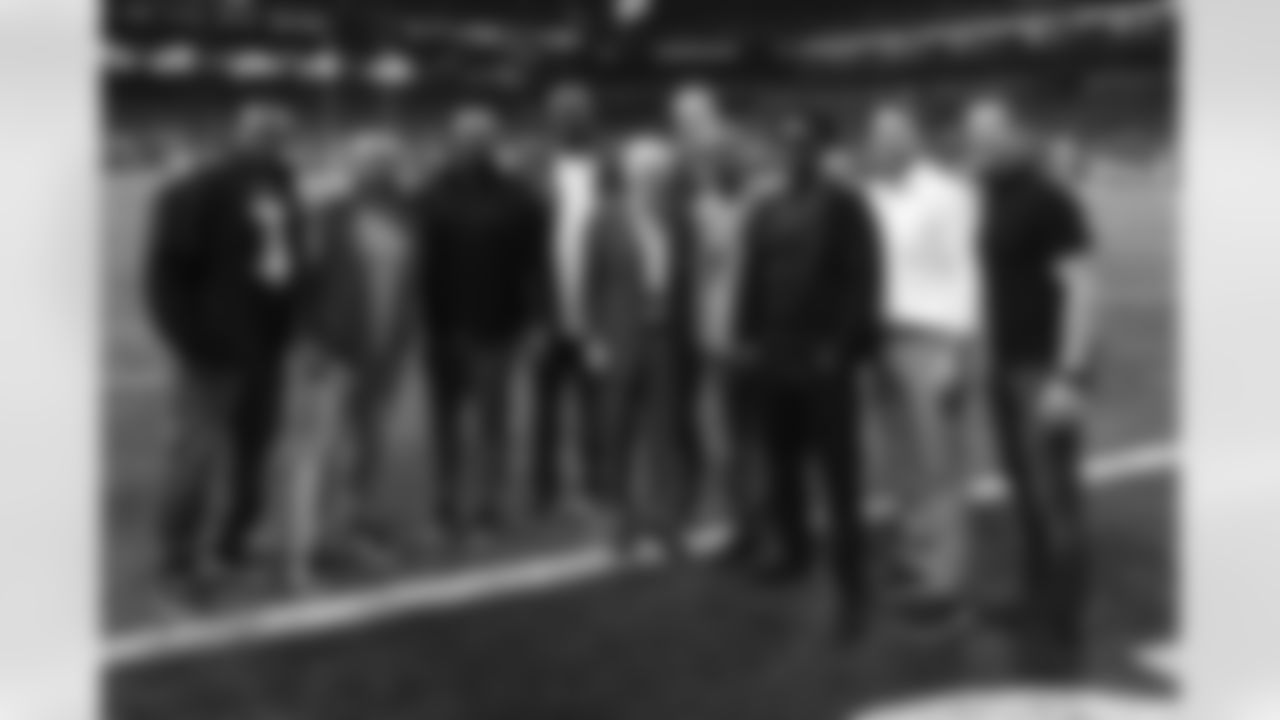

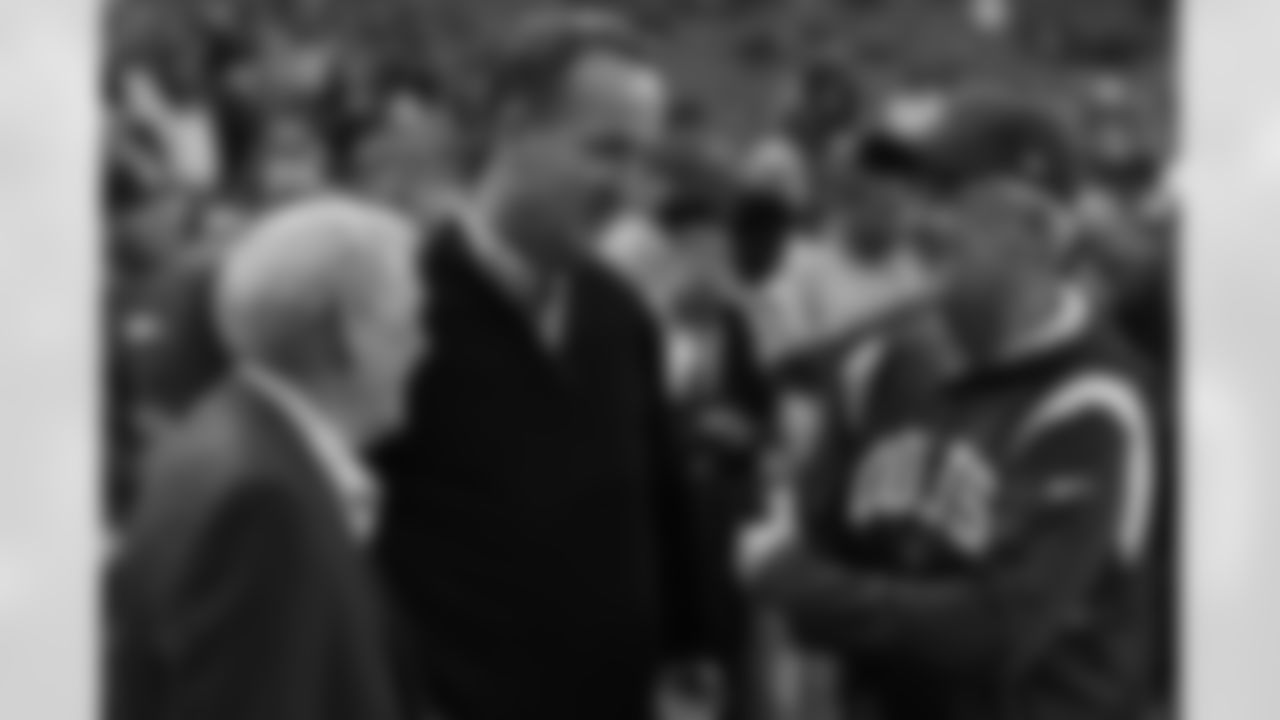




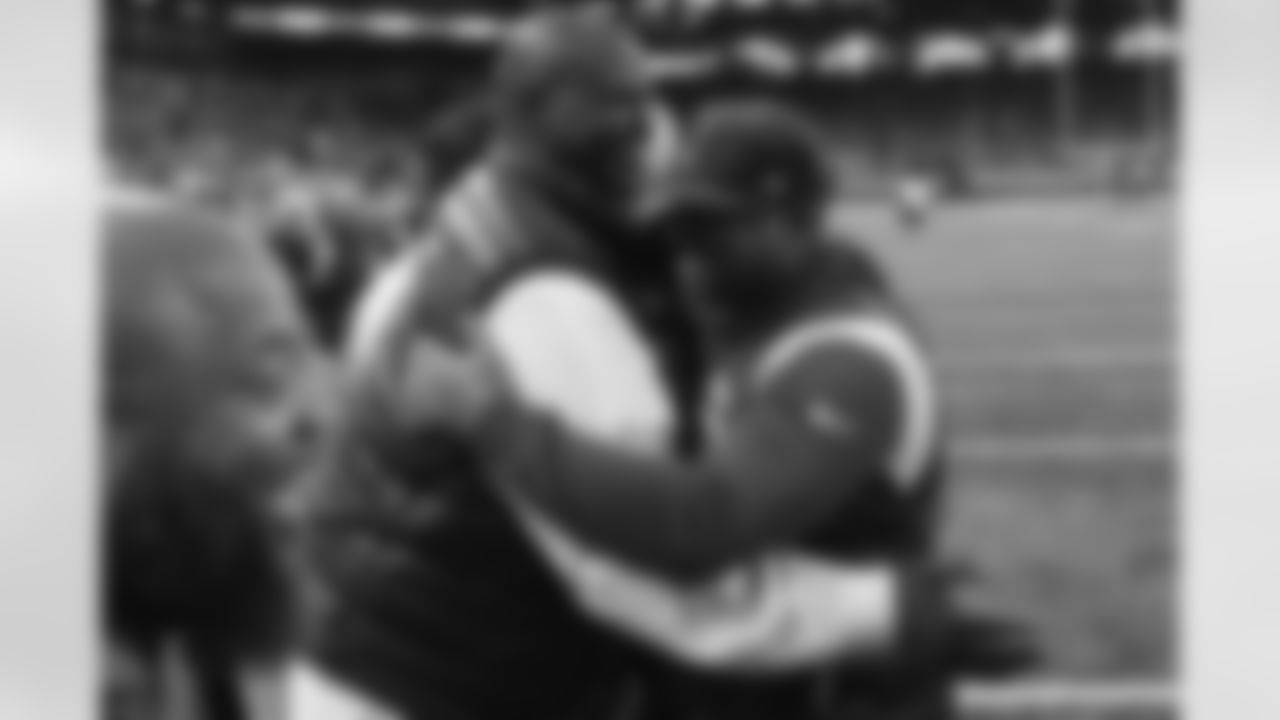

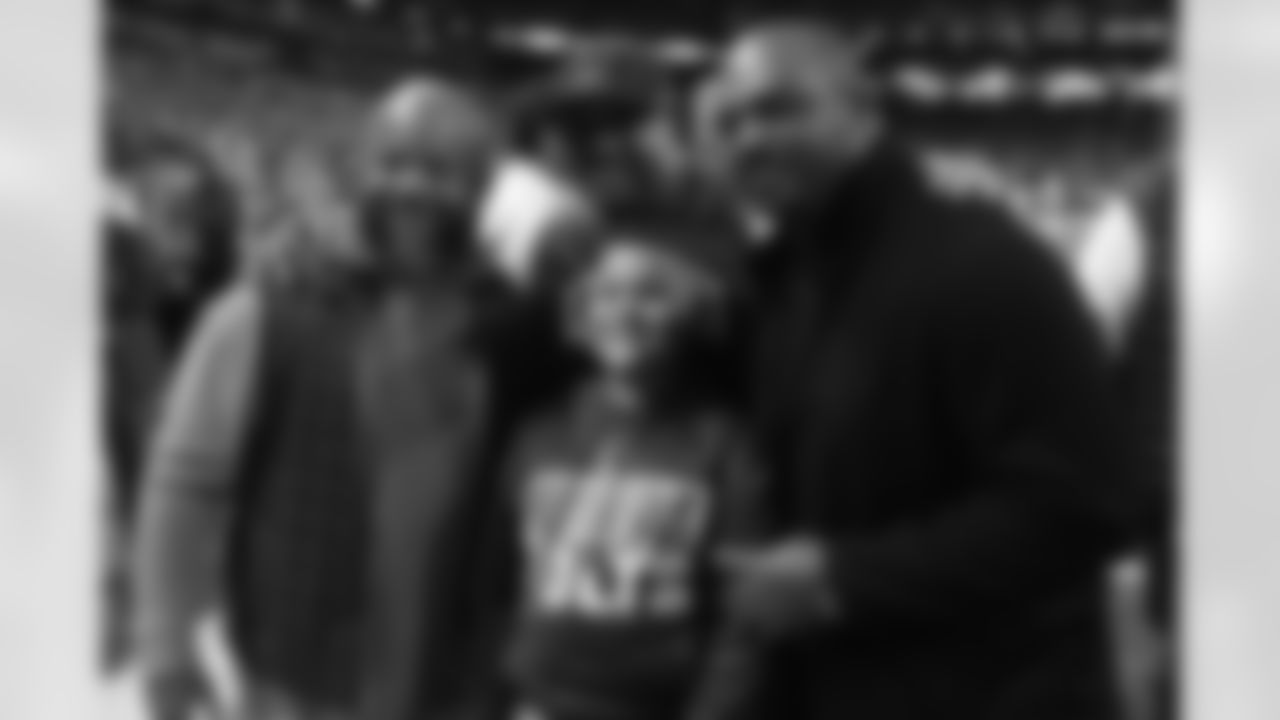




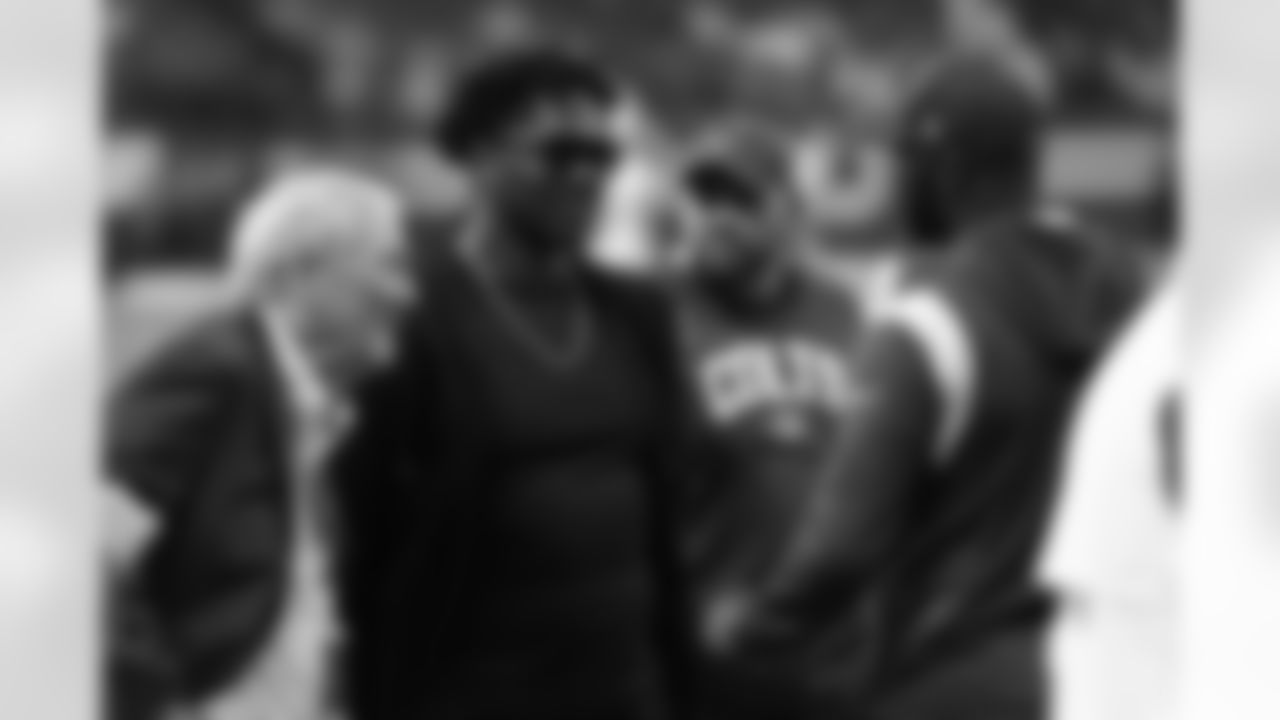









5. Two late explosive plays swung the game to Washington.
If the Colts' self-inflicted issues on offense opened the door for the Commanders to come back from a 16-7 fourth quarter deficit, two explosive plays on Washington's final drive kicked the door down.
First, with 66 seconds left and the ball on the Commanders' 45-yard line, Washington ran a well-schemed and well-executed dagger concept, with Heinicke finding wide receiver Cam Sims on a deep dig route for a 21-yard gain.
On the next play, Heinicke held on to the ball for about five seconds before wide receiver Terry McLaurin ad-libbed and broke toward the end zone. Heinicke threw a 50/50 ball McLaurin was somehow able to wrestle away from cornerback Stephon Gilmore for a 33-yard gain; he punched in a one-yard quarterback keeper on the next play for the game-winning touchdown.
"I kind of jumped late a little bit," Gilmore said. "You know, we just didn't play well in situational football. We had them on their side of the field and let them get two chunk plays. You can't do that. It's bad situational football. It's tough, because we have control over it, and we didn't make the plays. Like I said, we didn't step up in the situation when we needed to.
"They made two chunk plays at the end of the game when I felt like we could've stopped them, but we didn't. So that's what it came down to."



